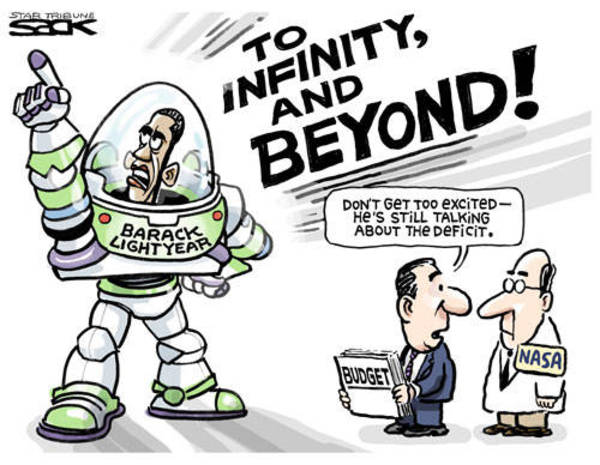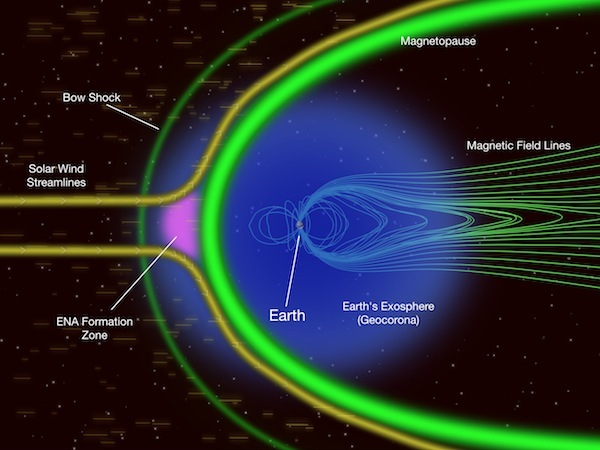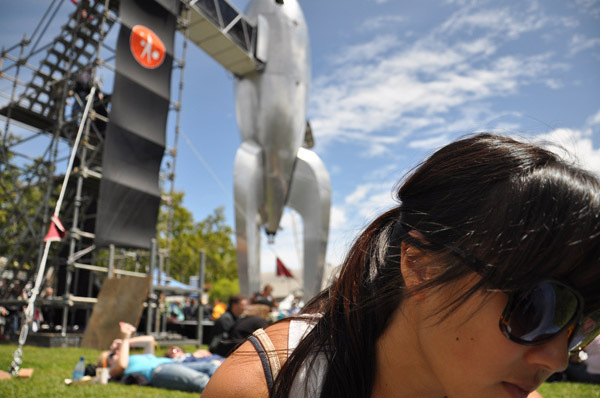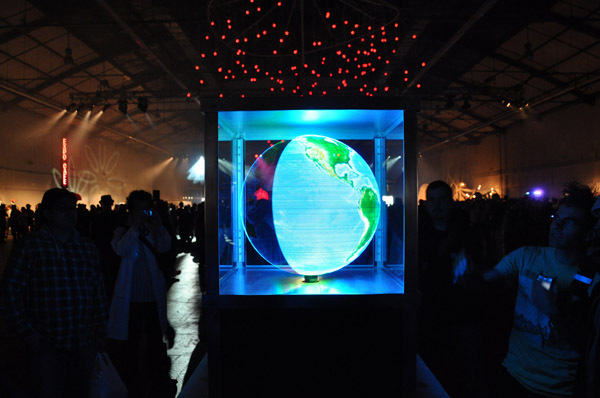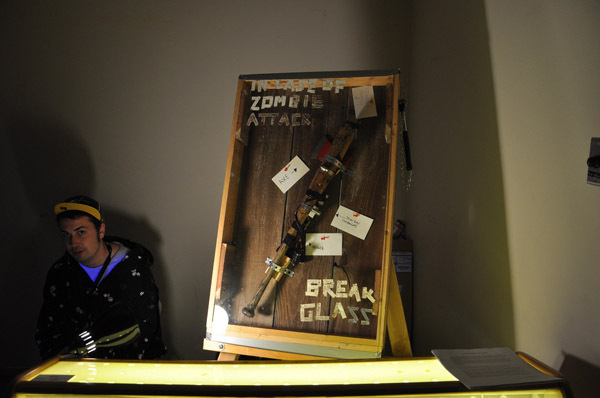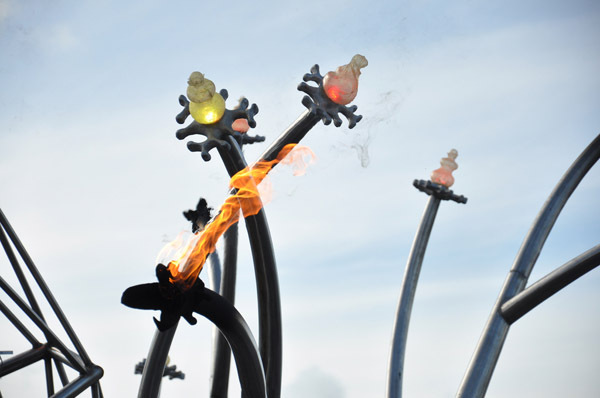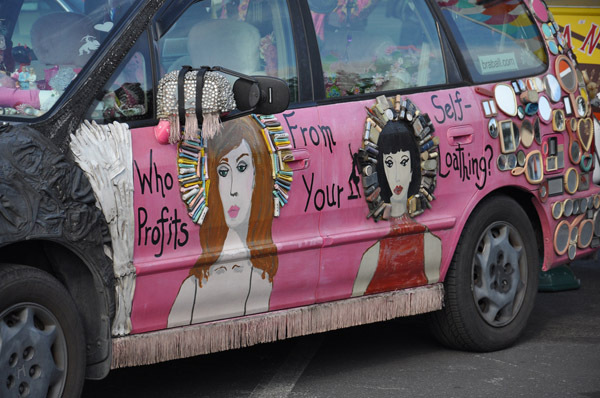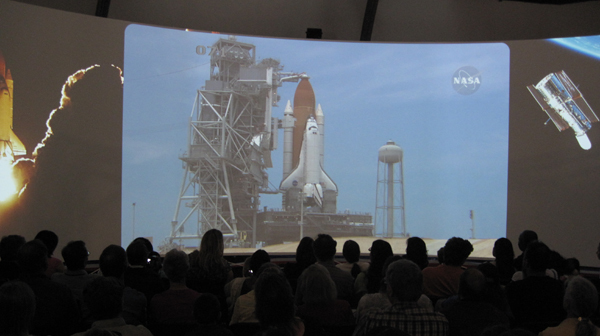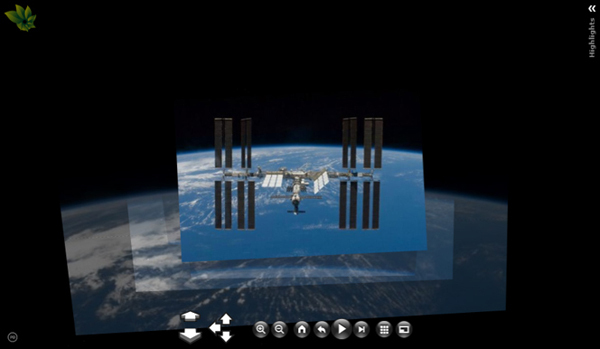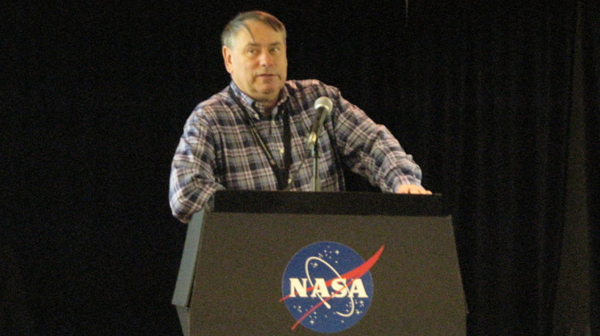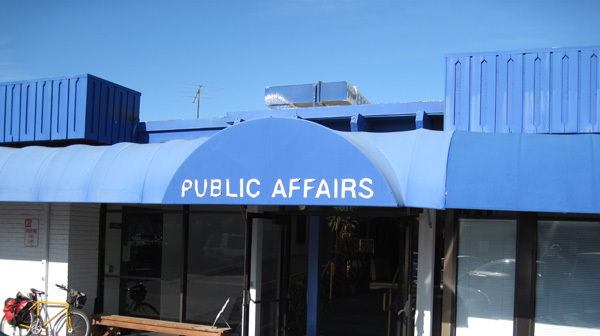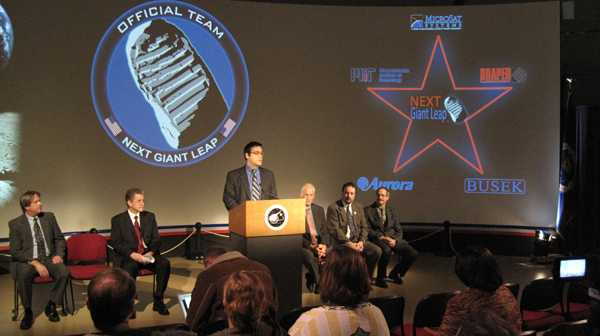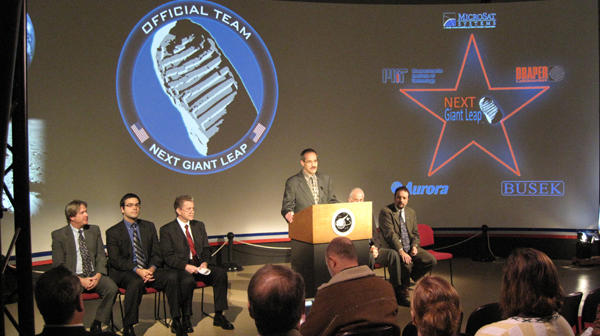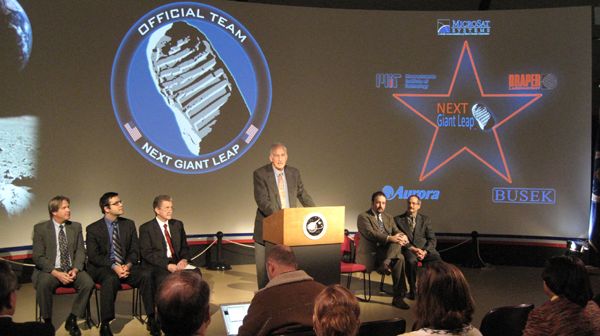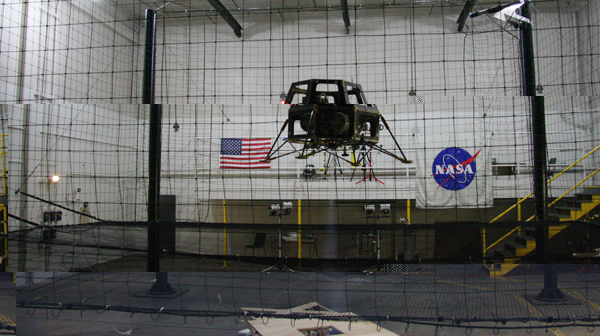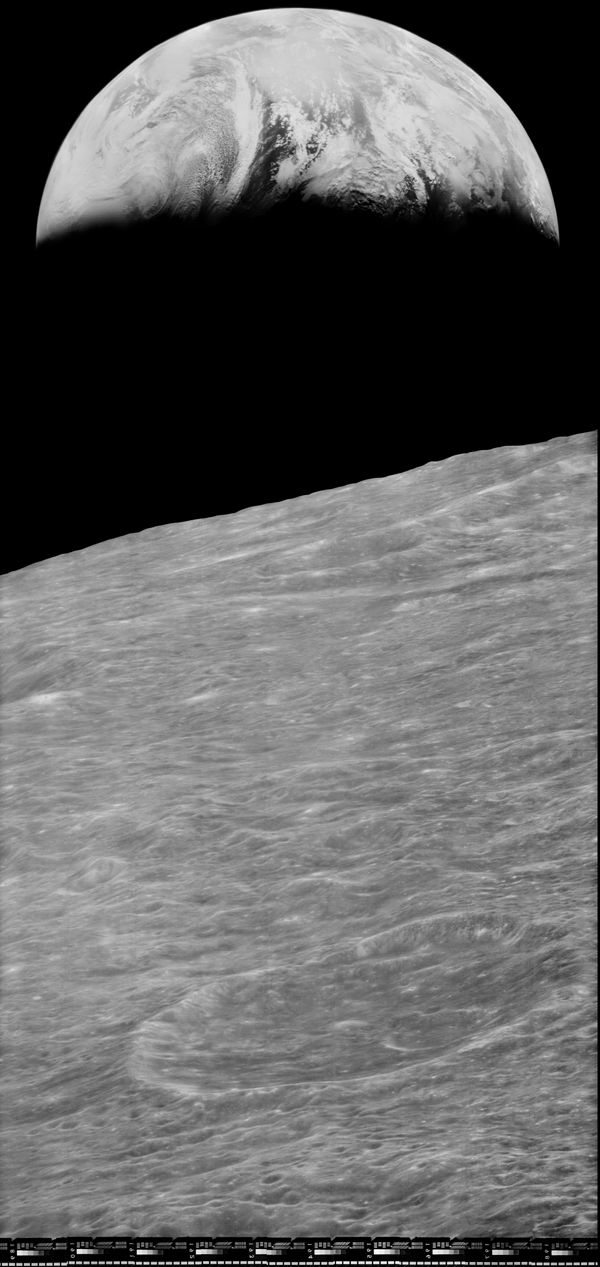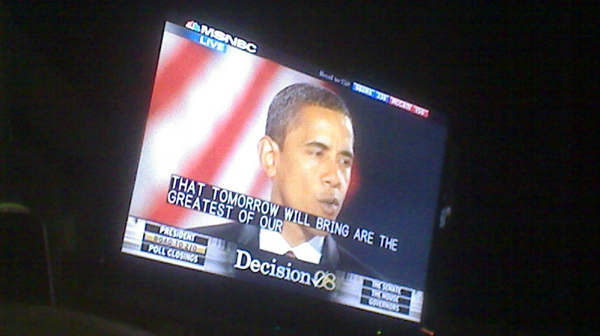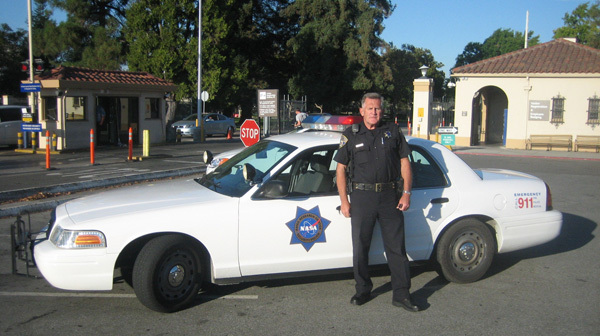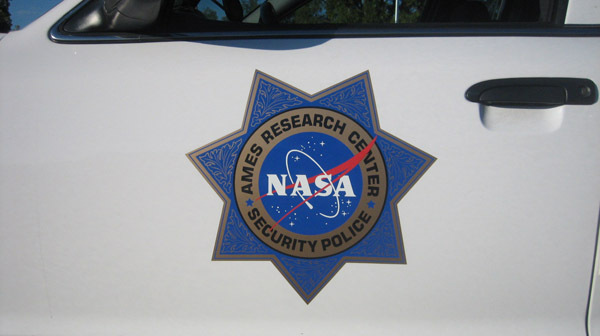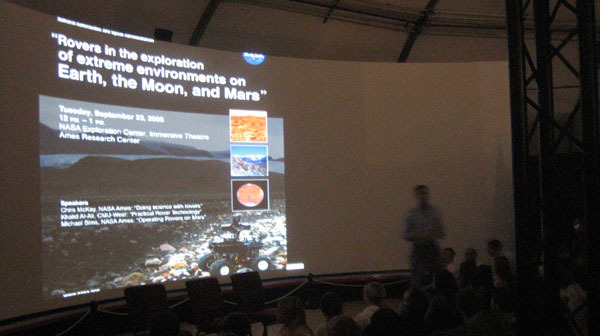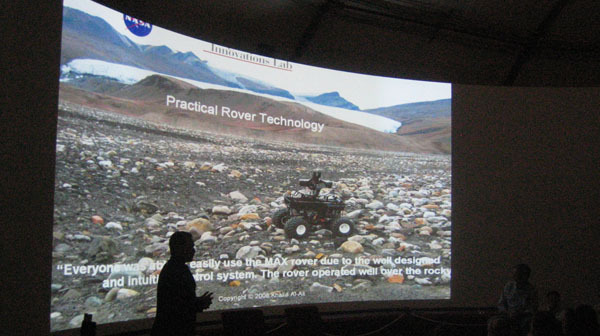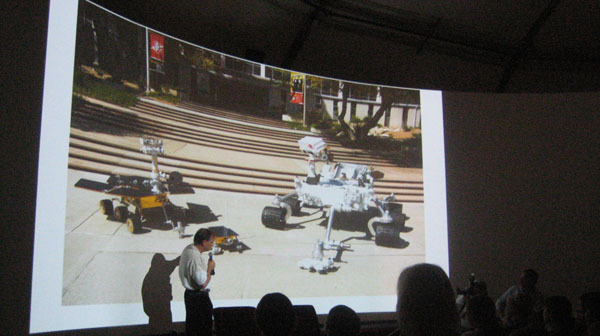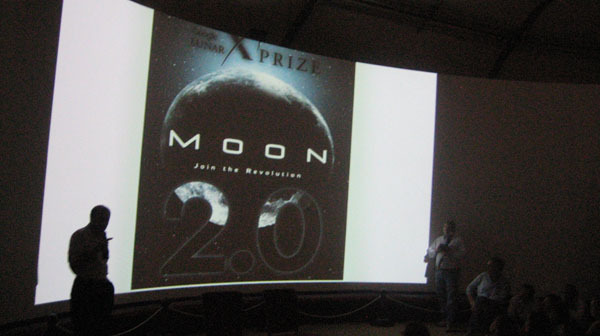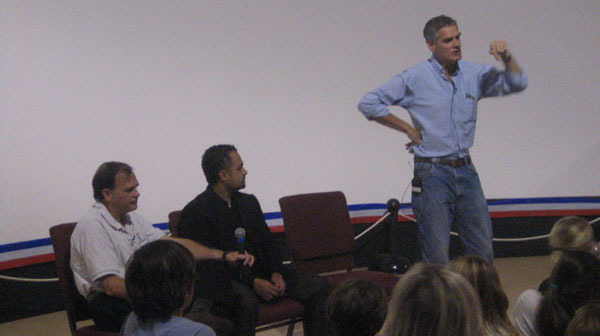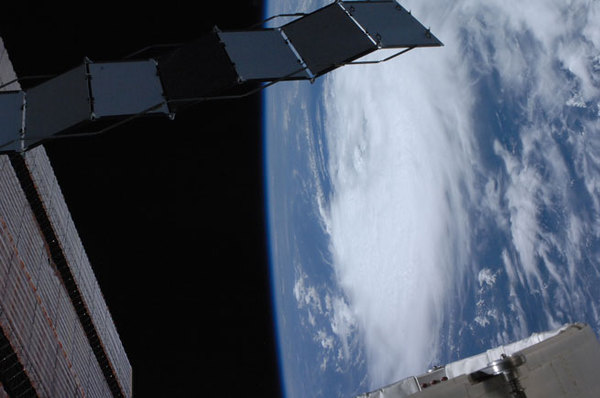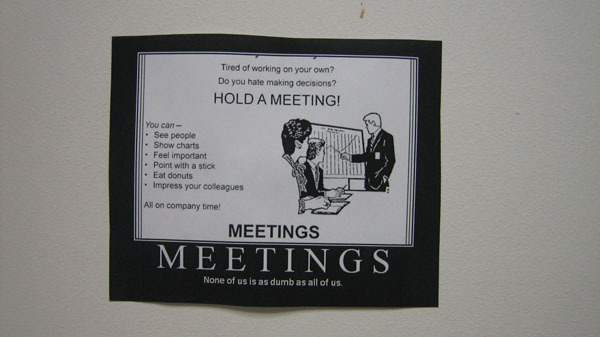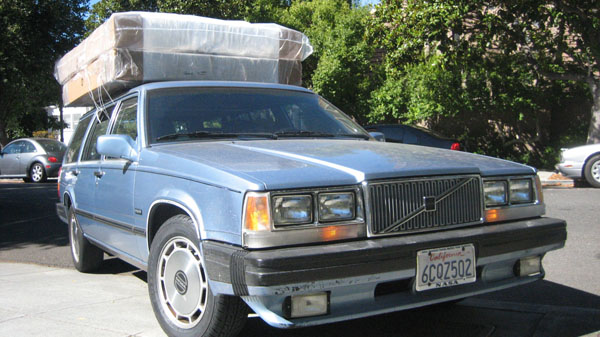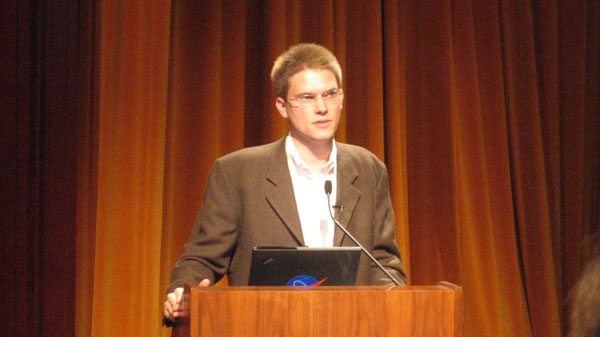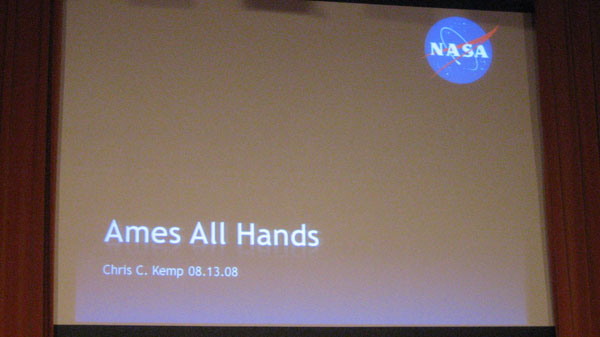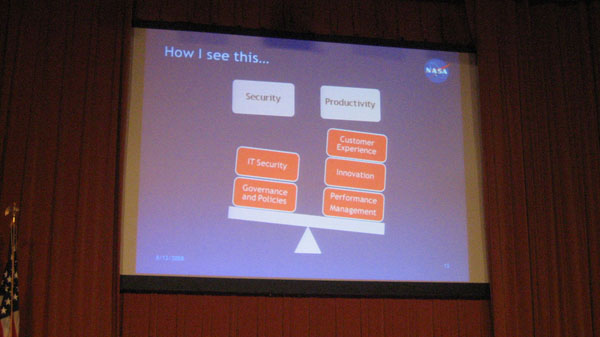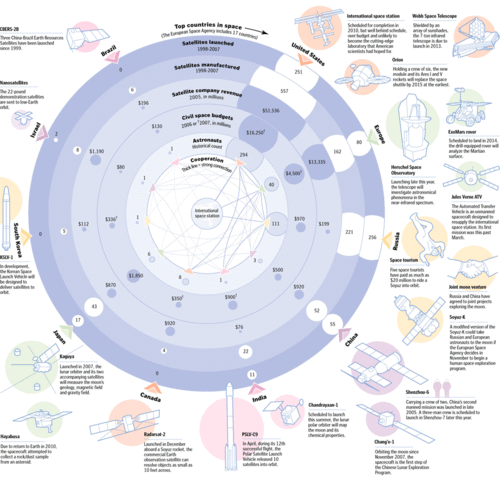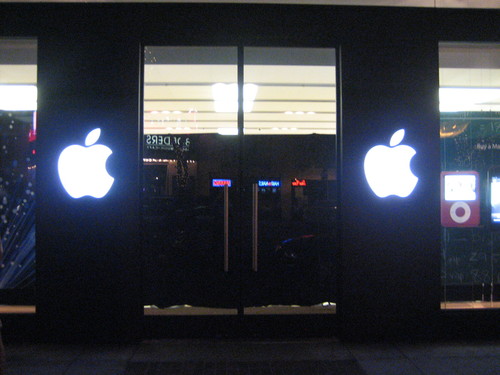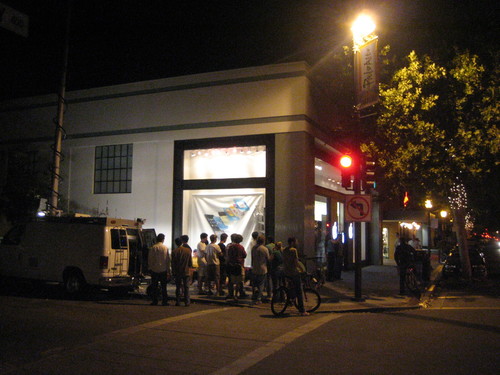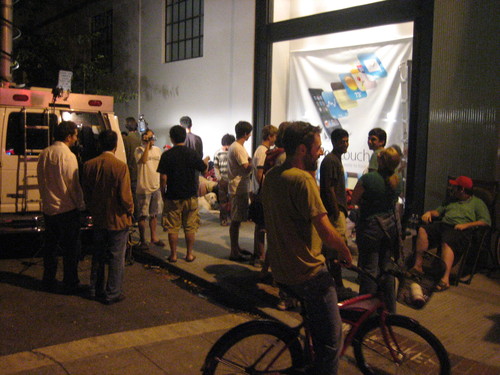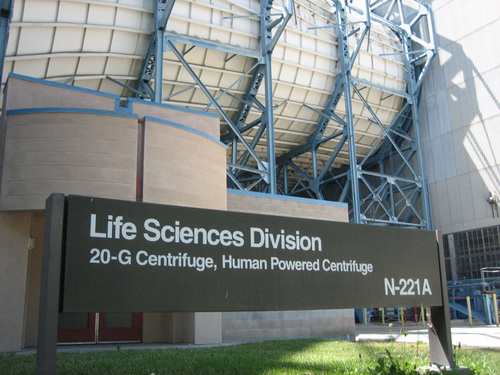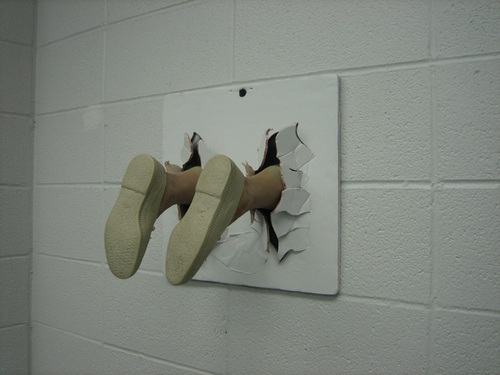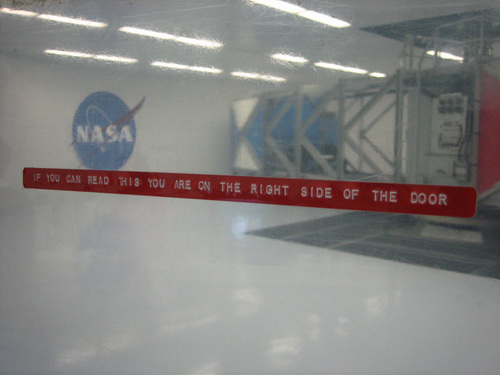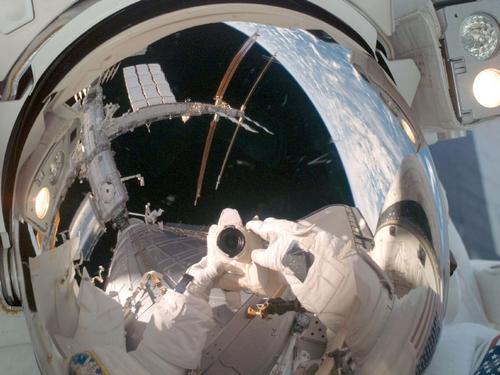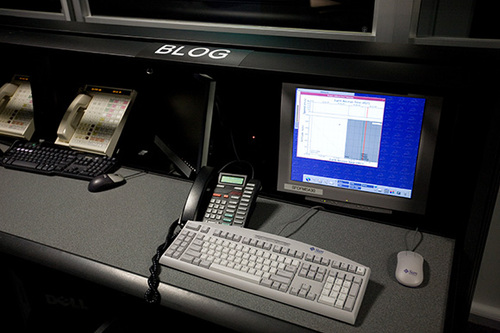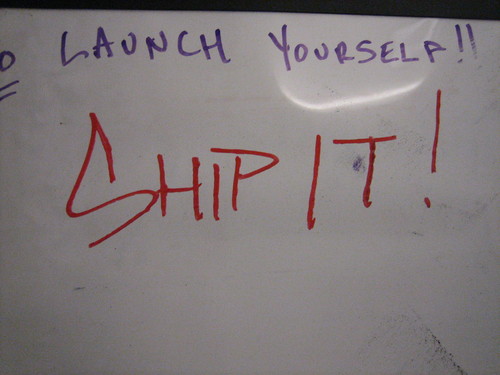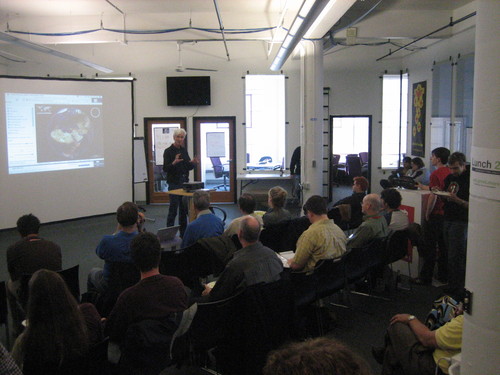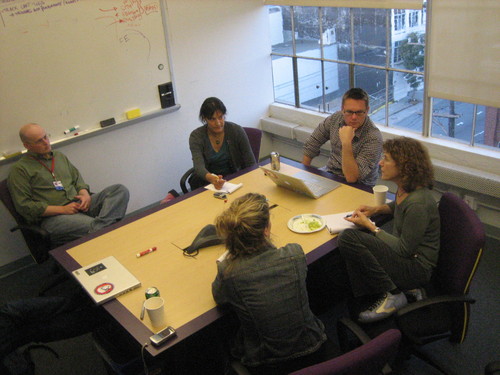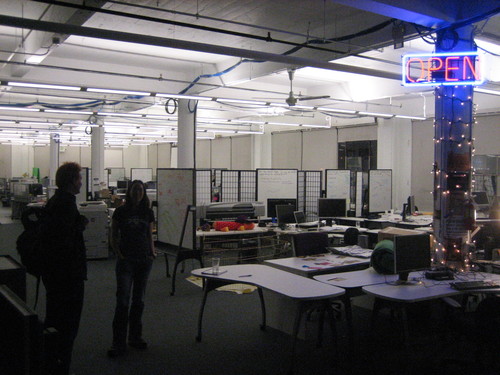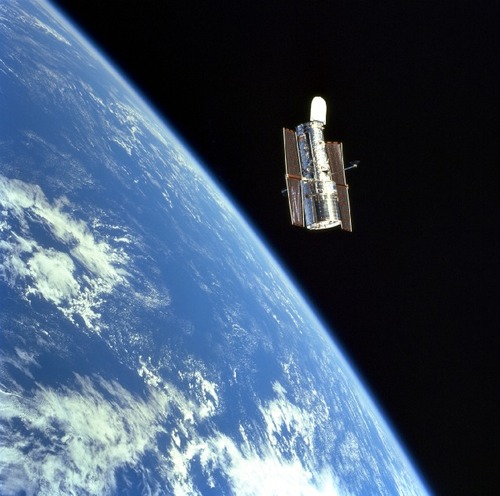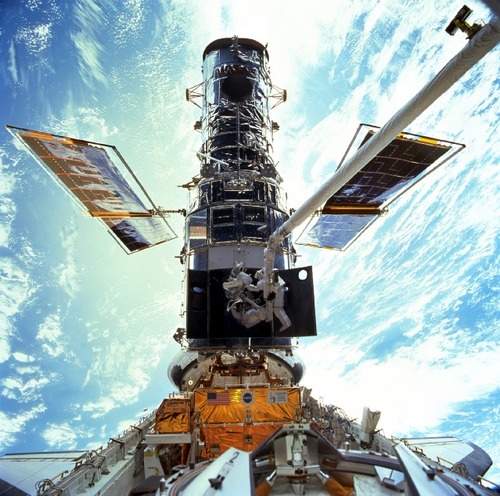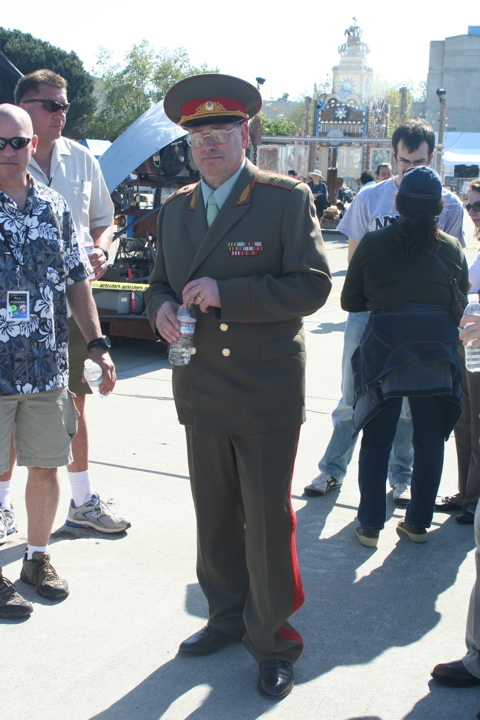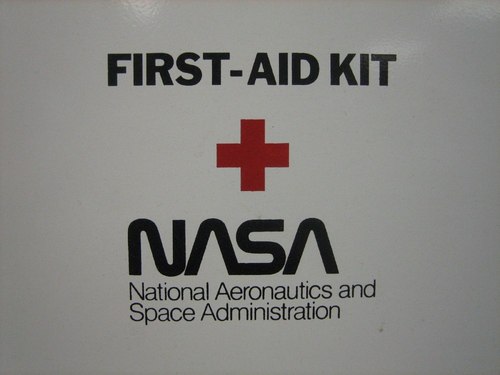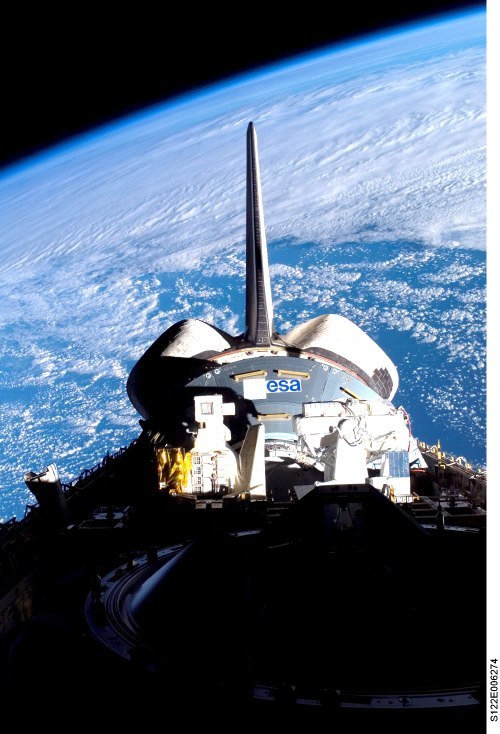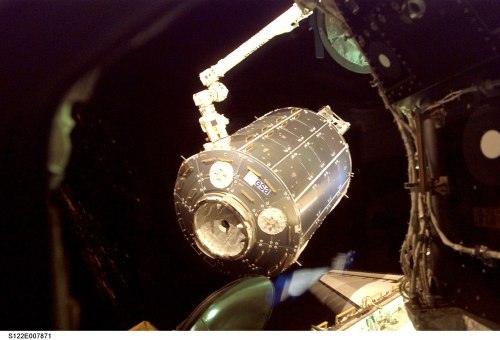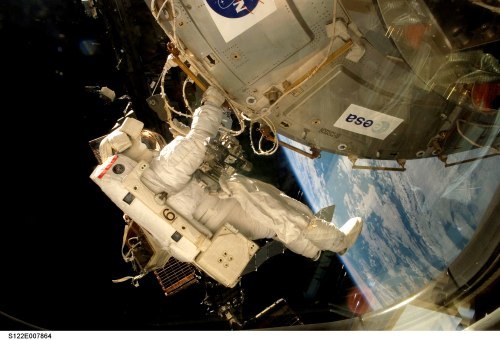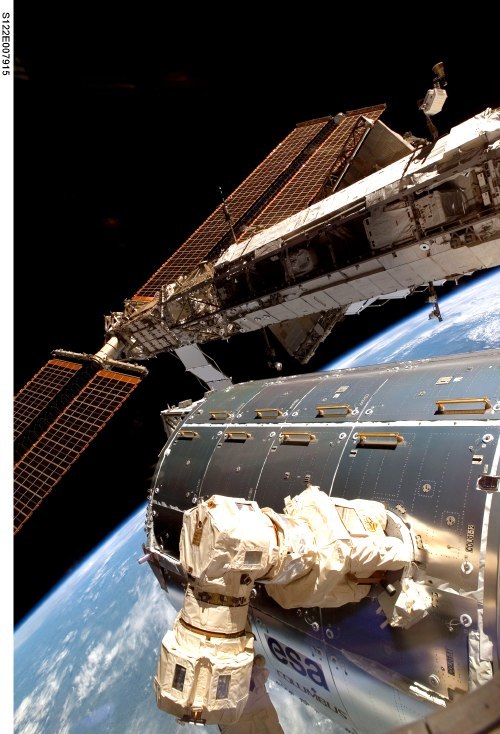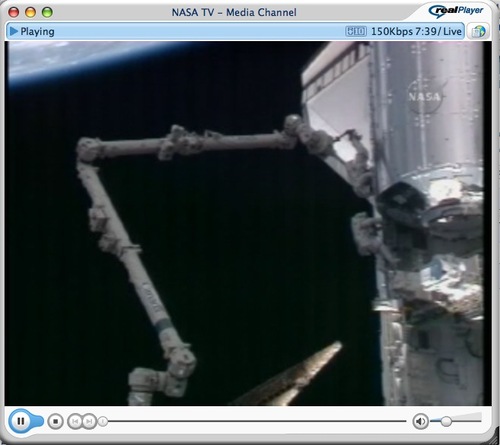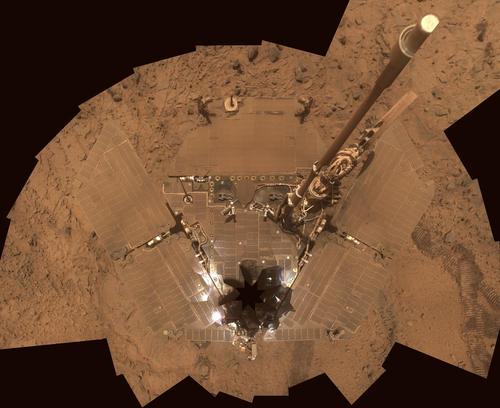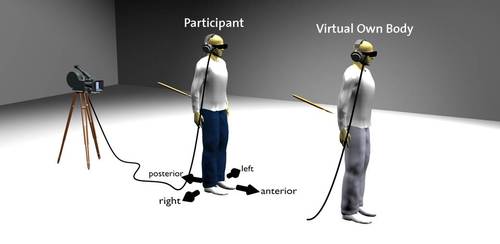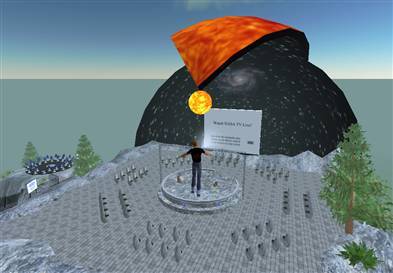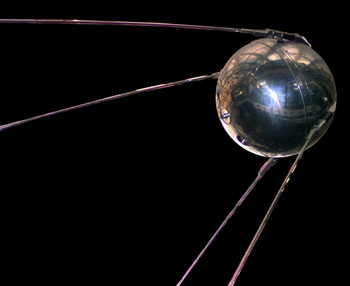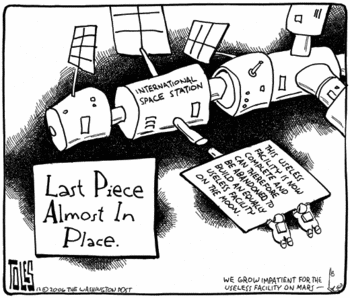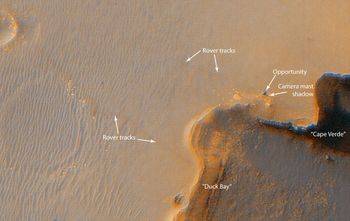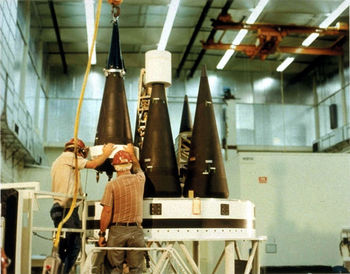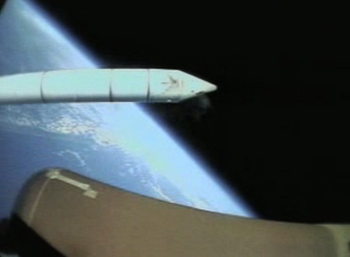This is the NASA (Ames) archive | Back to Main
tobearchived after 6 years
Posted on Monday, September 17, 2012
After exactly 6 years (first post) its time to archive this blog. I've had a great time keeping a trail of my online journeys over these past 6 years and it served me well in my worldly travels, but its time for a new itinerary. I will keep the content up for the Google but I won't be posting here anymore. If you're interested in staying connected, follow me on Twitter @tobedetermined until I find a new home to share my current and future travels.
Sketches of zero-g
Posted on Saturday, November 5, 2011
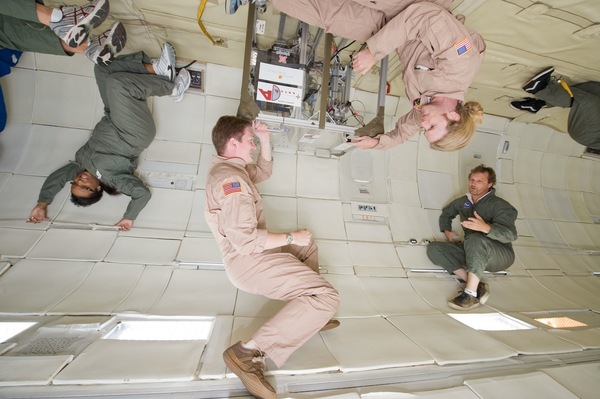
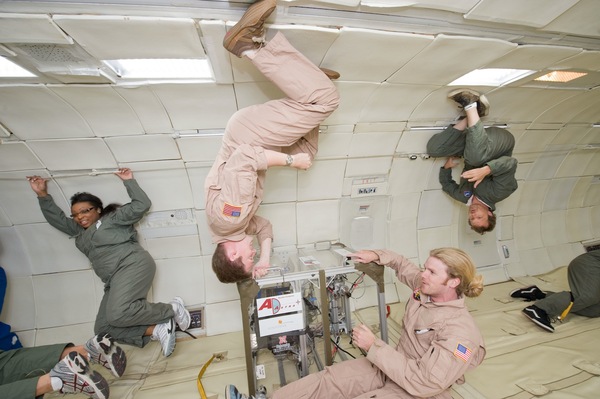
Its been a crazy summer organizing 3 parabolic campaigns out of Ellington Field (go Flight Opportunities). But it was fun for all...
LongNow conversation with Pete Worden
Posted on Saturday, May 21, 2011
From October 16, 2010. DARPA just released their RFI for the 100 Year Starship Study.
A loss
Posted on Tuesday, March 15, 2011
NASA CTO for IT Chris C. Kemp today announced he's leaving the Agency. Sad story. Given he was the one who convinced me to come over to the Bay Area from Amsterdam, The Netherlands 3 years ago. Meanwhile, the public gets pictures like this:
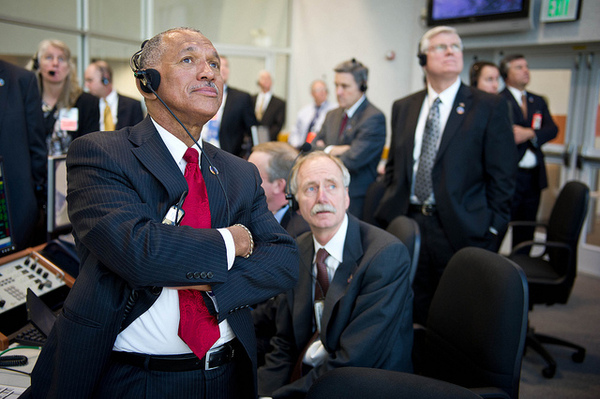
Those views
Posted on Monday, November 8, 2010
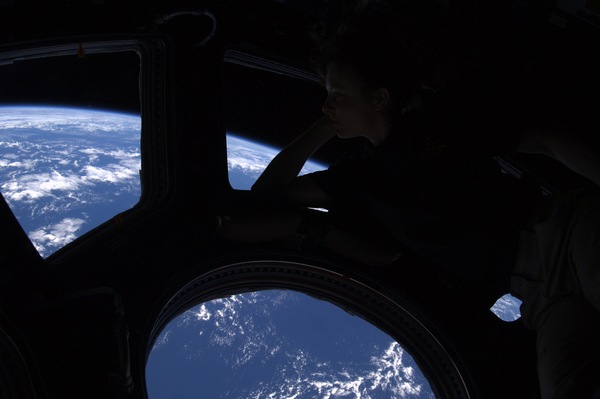
(via NASAWatch)
More intruiging images by the same photographer
Space Policipocalypse Redux
Posted on Friday, April 16, 2010
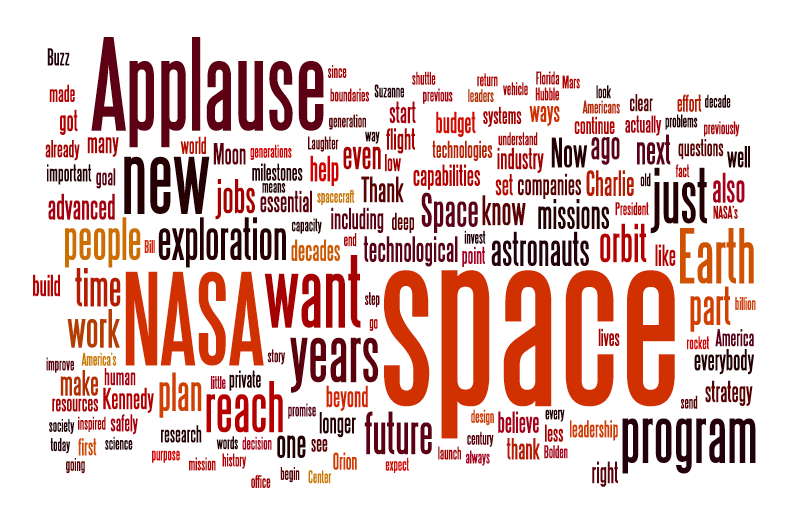
Applause...lots of applause (wordle viz from Obama's speech at Kennedy yesterday).
Satellites as Social Objects
Posted on Wednesday, January 27, 2010
Thanks to my colleagues, and continuing my new found blogging paradigm 'write-until-you-publish' of 2 weeks ago, I am back at writing an ephemeral post to bring online some thoughts I see passing through my conciousness these last few days. No word smithing here, just off the bat words on paper. Like, there is so much conversation and noise about NASA and its future, I don't have much to add, except that I like what I read so far.
I'm having mexican in an obscure taqueria in South San Francisco on my way back up to the city from NASA Ames where I stayed over to watch the SOTU (State Of The Union). And watching it made me realise its very different watching these types of speeches as an outsider, because it makes you realise the 'tribal' nature of these events.
Satellites as social objects? Its a conversation I had at work earlier this week. If youtube can build a platform around video as social objects, Flickr can build a platform around photos as social objects, and Linkedin can do the same around resumes, what would be NASA's most interesting objects to build a platform around?
This week's link, also as a reminder to self: Edge question 2010: How Has The Internet Changed The Way You Think?
NASA Nebula, the DNA of cloud computing and challenges at NASA
Posted on Wednesday, January 13, 2010
I'm currently sitting in Barcelona Cafe at the NASA Research Park where a group of fellow NASA Ames employees have decided to come together over lunch to get some of their most important and pressing thoughts out on the web. It's been a while since I've last blogged anything relating to the theme of this blog so, armed with my iPhone, I'm just writing away. Mind you, everyone is expected to come up with a new blogpost that goes live before you leave back to work, which, given the strong competition of Twitter where it comes to blogging is a good 'stok achter de deur' (literally, a stick behind the door...don't think it translates well in English).
It's a bit of a challenge to come up with a fully fletched thorough blogpost on a iPhone (which reminds me I recently read a first 'dictated' blogpost by Fred Wilson (excuse me for not trying to hyperlink that right now on my iPhone), so I'll stick to linking to one of the most inspired pieces on the web I found over the last week. It's NASA Ames CIO Chris Kemp talking about the NASA Nebula cloud computing project, why it aims to have a positive influence on the DNA of cloud computing, and how that relates to challenges at NASA:
http://www.federalnewsradio.com/index.php?nid=249&sid=1853153
More next week...
A look in the mirror: tobedetermined on del.icio.us
Posted on Tuesday, October 27, 2009
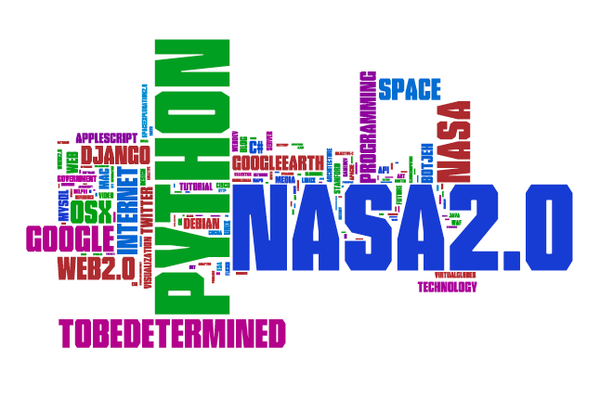
A wordle viz of my del.icio.us bookmarks (note: since a few months ago i've mostly set my del.icio.us bookmarks to private so this reflects my state of mind the last year or 2...)
Exploring the Future of Space Exploration
Posted on Thursday, May 14, 2009
I'm curious if any of you ever asks that question? And if so, what comes to mind first? For me, its media. Call it New Media, call it Old Media, call it Media2.0, or call it Medea (which actually is an excellent movie by Pier Paolo Pasolini). We might not all get a chance to get up there, but using 21st century technology, we can get pretty close (take that, Hollywood yawn inspiring Star Trek remake).
Here at NASA Ames, in the heart of Silicon Valley (aka New Media Valley), we're surrounded by the New Media vibe. Media evolve with technology, and with Google, Yahoo, Microsoft and alike only a stone throw away, the merger of outer space and cyberspace (sic) seems to be an obvious one.
Yes, there are slow days in the Valley, but there are also these days (and weeks) when everything seems to come together. The Future of Space Exploration? Well, its Low Earth Orbit still, but the ability to personally experience the STS125 mission to Hubble is quite impressive. Its the first time I actually witnessed a mediated launch of a Space Shuttle while being in the US. Standing in the NASA Ames Exploration Center, physically experiencing the low vibrations of the wind blowing at KSC just before launch with the voice over of Mission Control made it a memorable moment.
Last year I worked with a group of people here at NASA Ames to develop a simulation of the STS125 spacewalks (yes, windows only for now). Looking at the real thing today, the feeling of having been there before, in person, is quite profound. If only NASATV would allow me to subscribe to a pinging service that would alert me when the astronauts come out of the airlock for another spacewalk, I wouldn't have to miss any of it.
Also this week (well, last week really), NASA released a new set of Photosynths. Of the International Space Station (ISS) this time. Try it for yourself and dive into the high res images and get a feel of what its like to be onboard and circling the ISS. Its New Media research avant la lettre: how to leverage New Media to get you up there. And as our CIO here at Ames Chris C Kemp says: There seems to be a healty appetite for more innovation in this space.
On top of all that, today we are celebrating three fantastic years of Pete Worden's leadership at Ames! Looking forward for an additional 3+ years of his leadership of NASA's research center at the heart of the New Media (r)evolution.
tobedetermined
Posted on Monday, April 27, 2009
It has been a long while since I last posted anything on this blog. Its not that I have been on holiday or anything, but given the pace of the web these days, blogging seems so...20th century...Twitter is definitely the new blogging. But anyway, lots of good stuff has happened over the last few weeks. Our NASA Ames CIO Chris C. Kemp launched a blog with a pretty inspiring message, Kepler is doing fine, Ames is getting its awards, and frankly, the web is still leading the way towards the stars. NASA is still without a new administrator, but given the dire circumstances here in the US, i can't blame him. And to be honest, NASA does need a bit of a rethink, so the fact that no one has been named so far (I hear its imminent) doesn't strike me as too uncomfortable. So where are we with bringing outer space onto the web? Interesting developments are cooking here at Ames, of which I can't tell much at the moment, but once they are ready to go, i'll be sure to post them here. ps. At least its comforting to see Obama's portrait in building 200 (aka center management building)...
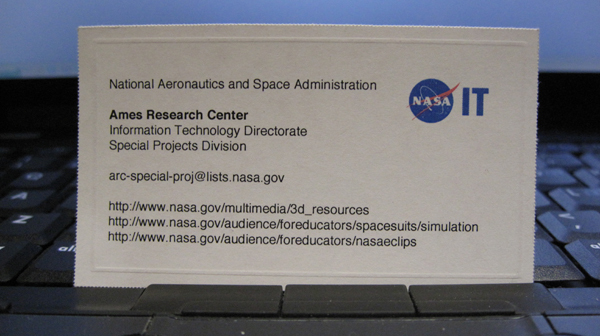
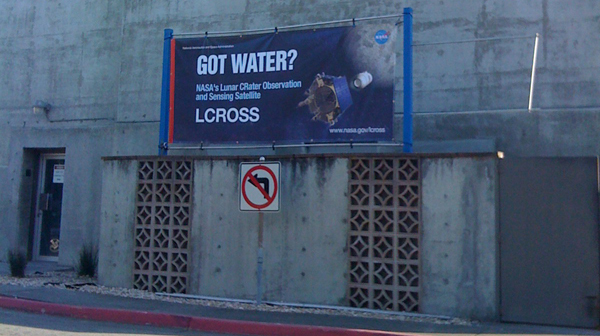
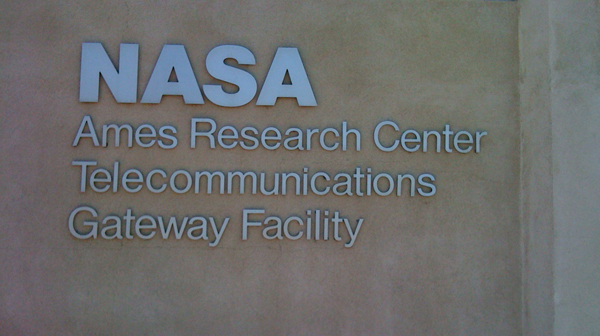
Go Kepler
Posted on Saturday, March 7, 2009
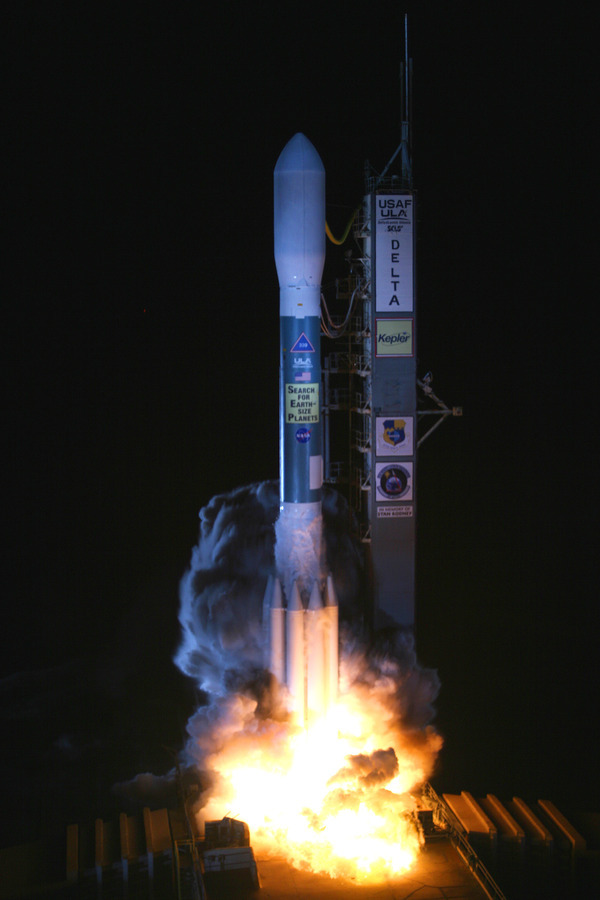
Apparently this is a real image. More at the spacecraft's twitter feed.
Stories @ NASA
Posted on Tuesday, February 10, 2009
I like the style of this video. Surprising music score, intruiging low-fi titles, good acting, beautiful lighting, intruiging props (that flowchart, wow!) and a great storyline (innovation @ a space agency). More at NASAWatch, NPR, OpenNASA, Wayne Hale on blogs.nasa.gov, Youtube , MSNBC and several others.
Eating Your Own Dogfood
Posted on Thursday, January 15, 2009

Its a question that has stuck with me for a while: how to get NASA to eat its own dogfood. (((and what would that actually mean in the context of a space agency?)))
(((btw, the 3 ((( thingie I stole from Bruce Sterling's Beyond the Beyond blog. Its like meta discussing your own blogpost...)))
There are different takes on this, and not having had the time to think things completely through sofar (and suspicious whether I'll have it in the near term), i'll just post some thoughts here and plan to come back to it at a later stage and possibly in a different shape and form. (((FYI, I find my twitter updates these days greatly outnumber the number of blogposts I manage to write and am happy about actually going live (there is an increasing number of unfinished blog posts in my movabletype blog webapp), so for all you ~50 readers of this blog, if you're really interested in my irregular updates and ramblings, why don't you take the red pill and subscribe to my twitter feeds on tobedetermined and NASA_Ames_Web because that's where you'll find an up-to-date and engaged research record of implementing the ideas that have been floating around on this blog since 2006, i.e. moving towards a merger of outer space and cyberspace...because make no mistake: its happening, and its happening right here, at NASA Ames Research Center.)))
Part I: eating your own dogfood is a term commonly used in the sofware business when employees of a company use their own tools and thereby create a feedback loop wherein the builders of tools also get to be the users of those same tools, leading to a much faster iterative usability loop and a very efficient way to speed up the evolution of a tool. From what I heard, Google even uses the term 'dogfood' for their internal products. In the case of NASA, one tool in case that would greatly benefit from people eating their own dogfood is its web publishing and communication tool, commonly known as The CMS.
Part II: Following a talk on synthetic biology a month or so ago at the Long Now series, I finally managed to get a tour of the labs here at Ames where scientists work on the future of space exploration. In particular, John Cumbers, Graduate student synthetic biology from Brown University, showed me and Delia Santiago around at his office and labs where he works on cultivating and studying organisms for potential application in space exploration (think: biological fuel generation, etc). The underlying objective here is that space exploration will not get anywhere if we stay stuck in the paradigm of carrying everything we need from the Earth. Launch costs are prohibitively expensive if we need to prepare for a trip by taking every bit of consumable with us upon embarking on the trip (((the Columbus metaphor comes to mind but I am going to skilfully navigate around this outdated metaphor))).
John is particularly interested in applying synthetic biology in realising Biological In Situ Resource Utilization (BISRU), something that has the potential to get us to places where we can build on our own consumables "off the land". One example he gave was testing it out on a comet 2 years away from Earth, with a 2 year return cycle. The labs here at Ames are fascinating, GATTACA comes to mind but in a different context.
The field of synthetic biology is still so new there are no good text books on the subject (((here's a good primer))). They do have conferences about it though.
Below are some images I made while following John around (more at Flickr). Most interesting, the book with the yellow dots is actually a real-life catalogue of genetic building blocks, called the 'Registry of Standard Biological Parts'. Whoever is building genetically engineered organisms can use a piece of pre-fab genetic code from this catalogue by dipping a pipet on the yellow spot, thereby subtracting some specific DNA sample. Its like LEGO, but the biological version of it. Welcome to the future...
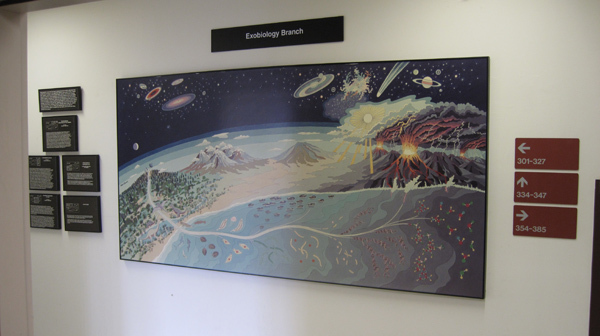
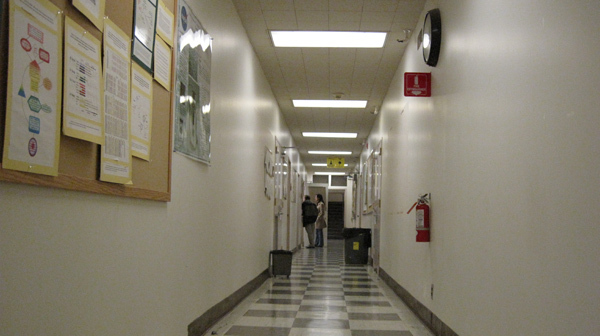
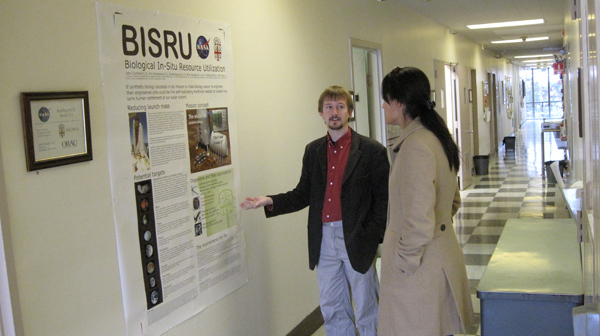
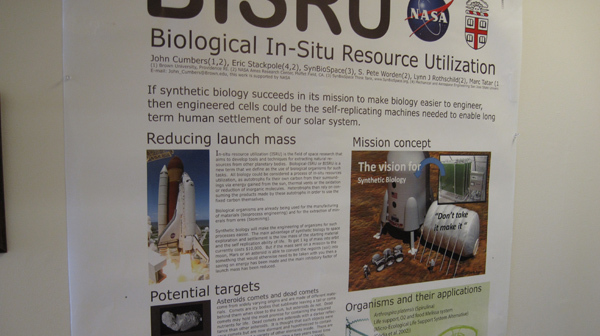
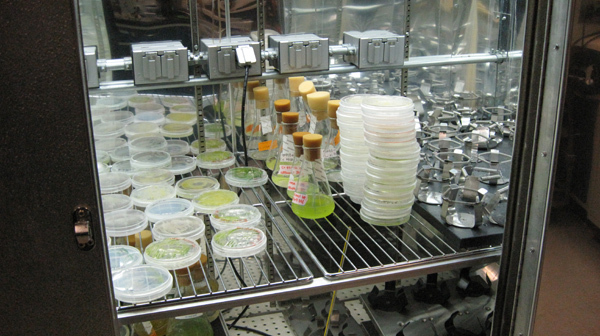
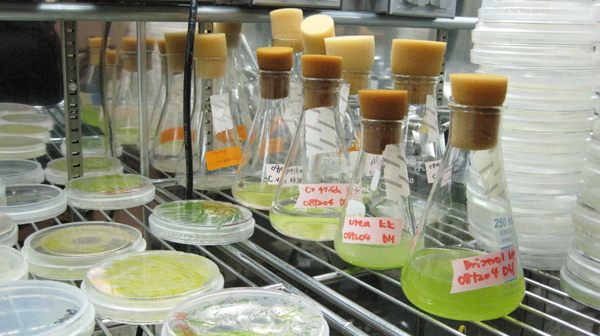
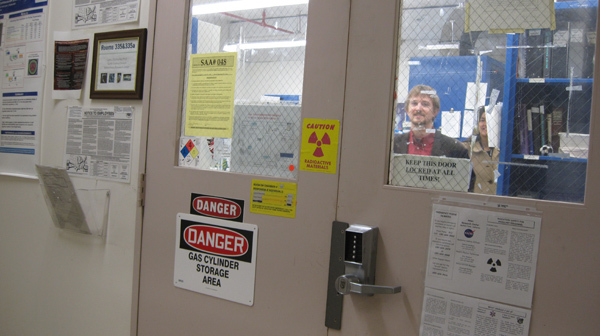
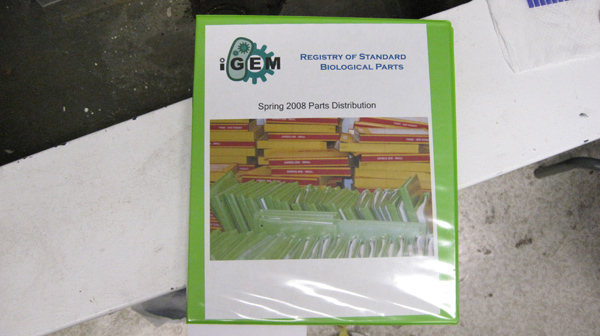
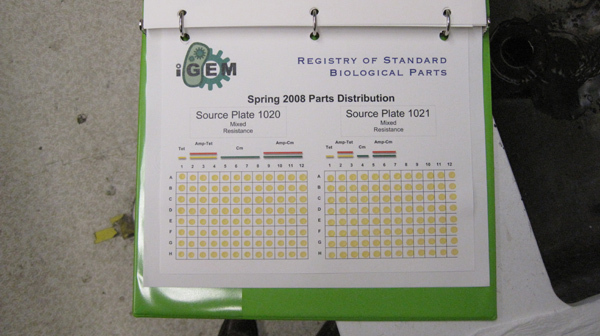
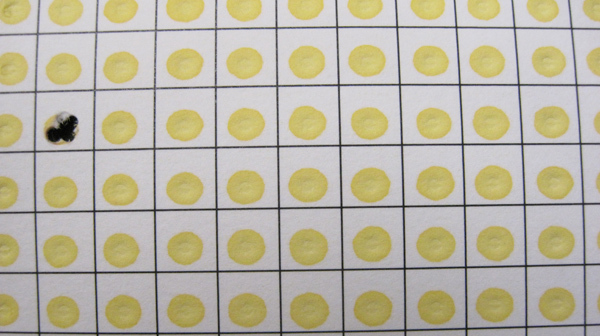
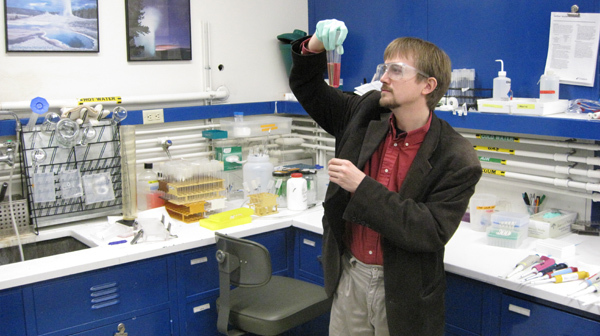

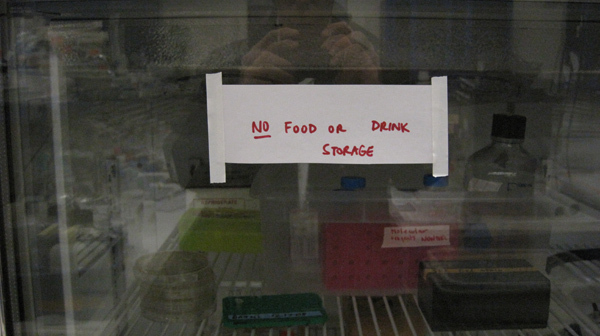
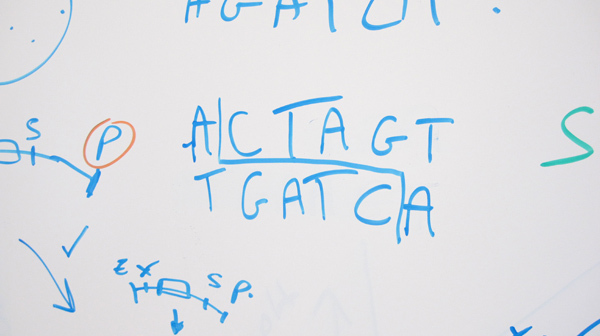
The Future of Human Spaceflight
Posted on Sunday, December 28, 2008
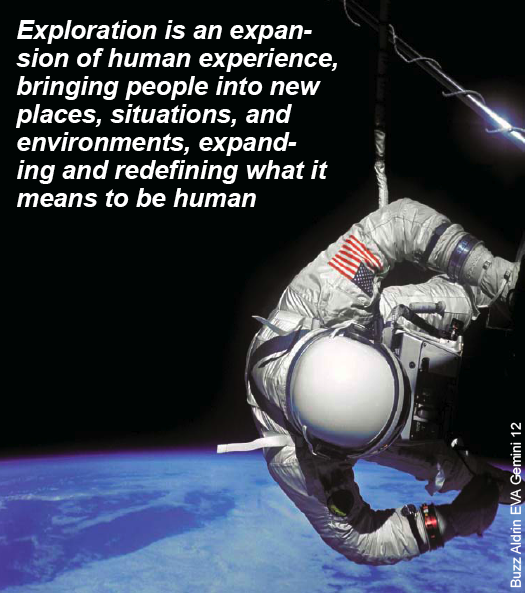
Screendump from report
The title of a white paper recently issued by the 'Space, Policy, and Society Research Group' based at MIT. Some quotes from this (worth reading) 15-page report:
This report addresses the future of human spaceflight, that is physically placing humans in space and on other planetary bodies.
A primary objective of human spaceflight has been, and should be, exploration. Exploration, of course, is a keyword in the Bush vision and in NASA’s own terminology. Yet while the word is often used, it is rarely specified beyond lofty rhetoric and allusions to curiosity and frontiers. What is exploration, and why explore?
First, it is worth considering what exploration is not. Some argue that “exploration is in our DNA,” that some fundamental, even genetic, human trait compels us as individuals and as nations to seek out new territory. The civilization that fails to expand geographically, the argument goes, will enter a state of permanent decline, always to be exceeded by other nations with more compelling wanderlust. We reject these arguments about essential qualities of human nature. No historical evidence, no social science evidence, and no genetic evidence prove that human beings have an innate, universal compulsion to explore. In fact, space exploration is radically different from the kinds of geographical expansion that have marked human history because of its high degree of technical difficulty, the environments’ extreme hostility to human life, and the total lack of encounters with other human cultures.
We define exploration as an expansion of the realm of human experience, bringing people into new places, situations, and environments, expanding and redefining what it means to be human.
Space continues to attract broad public interest, although it must compete for attention in an increasingly diverse, overheated, and unstable media environment. Young Americans increasingly see remote and virtual presence as equivalent to physical presence and may not accept older arguments about the importance of “being there.” Exploration in other realms, notably the deep ocean, faces a similar set of questions as engineers, scientists, and policy makers debate the appropriate mix of human and remote presence in our digital world.
On the Move...
Posted on Friday, December 19, 2008
...Nothing beats having a Drive-Through-ATM when you're on the move...(hoping to run into a drive-through-bathroom soon...)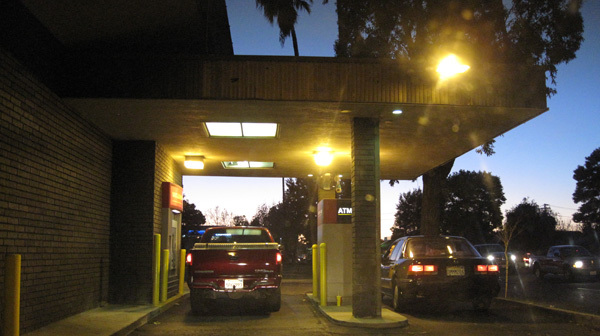

GLXP Mystery Team Reveals Itself at NASA Ames
Posted on Wednesday, December 17, 2008
Earlier this morning, the GLXP Mystery Team revealed its identity here at the NASA Ames Research Center. From top to bottom its Gary Martin (Director of NASA Ames' New Ventures and Communications Directorate [aka Code V]), Will Pomerantz (X PRIZE Senior Director of Space Projects), MSI president John Roth Michael Joyce (Leading the now-not-a-mystery-team-anymore-but-called-Next-Giant-Leap team), and one of my favorite NASA astronauts Jeffrey Hoffman. More on the unveiling at CNET and more on the team's partners at the NGL website.
NASA Tunnels, NASA Humor
Posted on Tuesday, December 16, 2008
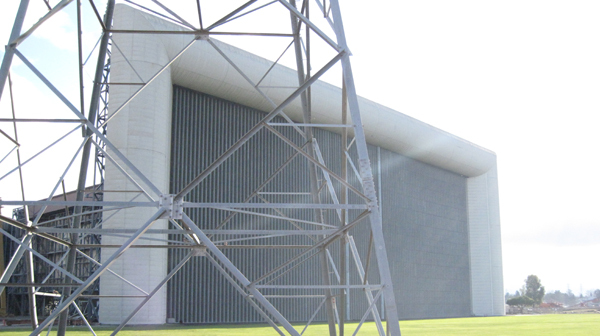
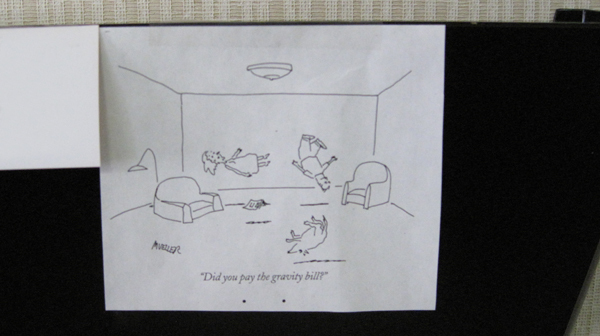
Ps, in case you're wondering whether we actually have an anti-gravity machine here at Ames (like most people think NASA and ESA have somewhere), we don't. In fact, that machine doesn't exist. Or hmm, actually it does, but its called the ISS, and its in Low Earth Orbit. The big inlet you see in above image is part of the large windtunnel here at Ames.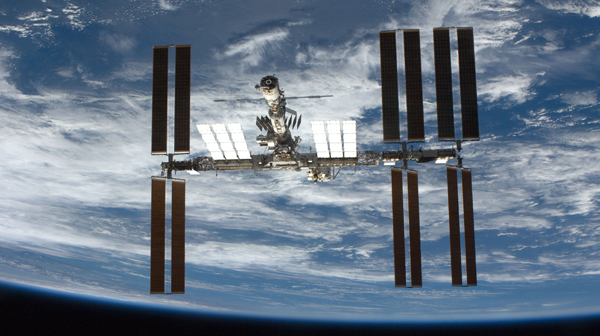
Another Peak Into the Future
Posted on Tuesday, December 9, 2008
Some of the sensors I blogged about in this post will likely come out of the Small Spacecraft Division here at Ames. (Click on the bottom image for a full-res closeup)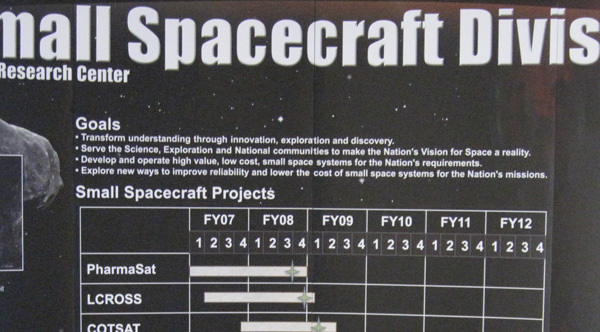
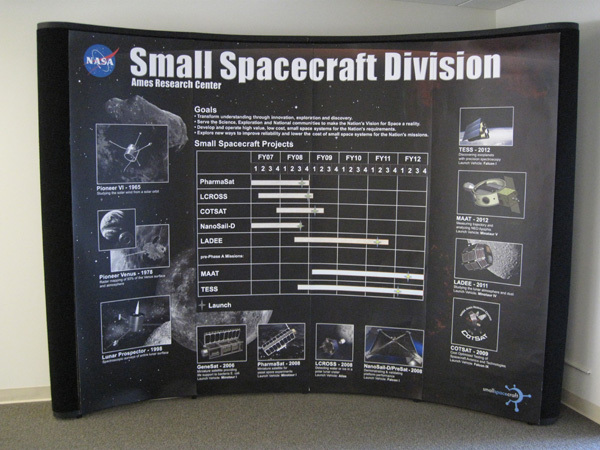
Click for full res version
Web Meets Out-Of-This-World
Posted on Thursday, December 4, 2008
2 days ago I watched another two 30min. videos from last month's Web2.0 Summit 'Web Meets World'. One an interview with Al Gore, the other one an interview with Michael Pollan. Given this year's theme 'Web Meets World', both interviews revolved around discussions on how best practices and business models from the web and software world could be applied to re-invent and/or re-invigorate other industries 'in the real world': the outdated energy industry in Al's talk, the dysfunctional food industry in Michael's talk.
Reading a book on the Django Web Application Framework last night, I realised this question just as much applies to the space industry. Its something I remember Pete Worden (our current NASA Ames Center Director) being pretty vocal about back in 2006. Teaching at the ISU Summer Session in Strasbourg, he made a strong case for the need for standards to facilitate innovation in the space industry. Standards for the data coming back from space, standards for the telecommunication protocols used in space, standards in launch and operational systems. And since he's been here at NASA Ames, he spearheaded an initiative to implement that kind of modular thinking in the actual physical design of a spacecraft, the Modular Common Spacecraft Bus (image above). Its an ubergizmo-worthy system design that can be used both for orbiter missions as well as for lander missions and that was recently selected by Odyssey Moon as their preferred platform to take a shot at the Google Lunar X-Prize.
I can see down the road a satellite gathering data somewhere in the Solar System is conceptually not that different from say a network of smartphones tied into a sensor network, or a webcam streaming images live on the web. Read for example what the Google Lunar X prize has in its competition guidelines in order to win the Grand Prize:
MOONCAST: The Mooncast consists of digital data that must be collected and transmitted to the Earth composed of the following:
High resolution 360º panoramic photographs taken on the surface of the Moon;
Self portraits of the rover taken on the surface of the Moon;
Near-real time videos showing the craft’s journey along the lunar surface;
High Definition (HD) video;
Transmission of a cached set of data, loaded on the craft before launch (e.g. first email from the Moon).
Teams will be required to send a Mooncast detailing their arrival on the lunar surface, and a second Mooncast that provides imagery and video of their journey roaming the lunar surface. All told, the Mooncasts will represent approximately a Gigabyte of stunning content returned to the Earth.
In the end, its all the same. Input devices (in this case: satellites) feed into the web, the web as platform extracts (collective) intelligence out of this data (if you're lucky), the network delivers the data/media to its users/consumers, and voila: Web Meets Out-Of-This-World. Its already happening (yes, it is). Or as one of my favorite quotes from William Gibson goes:
The Future is here, its just not evenly distributed yet.
Sign Of The Times
Posted on Monday, December 1, 2008
Chang'e 1 Lunar Map Released. What a great image! Especially with those Chinese characters above it (the 5th character from the left is the character for the moon according to my American colleague who was born in China). They have even gone through great length to appropriate all large craters with Chinese characters. Click on the image for a high res version (via).
Evolution of a NASA Field Center
Posted on Tuesday, November 25, 2008
Taking a scroll over lunch, I ran into these old Moffet Field baracks that are making room for new developments at the NASA Ames Research Center. Everything in this block of military housing breathes sixties. Its almost as if the old studebakers and hoolahoops are just around the corner. There is so much history here. NASA's legacy definitely lies in the sixties. Its gonna be interesting to see how NASA re-invents itself (yet again) with the new administration coming in. And how NASA Ames is going to leverage its unique position in Silicon Valley. One great start: Blimps are back at Moffet Field. I see it taking off everyday from my office window. As if I'm living in a historic movie...full-color.
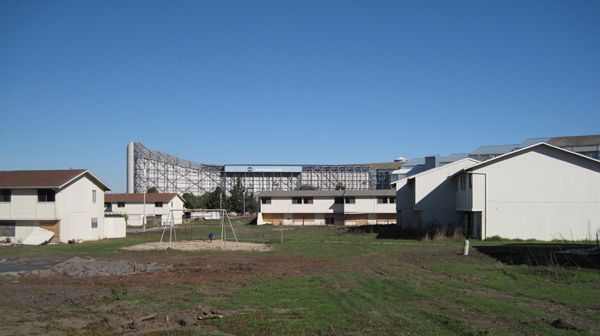
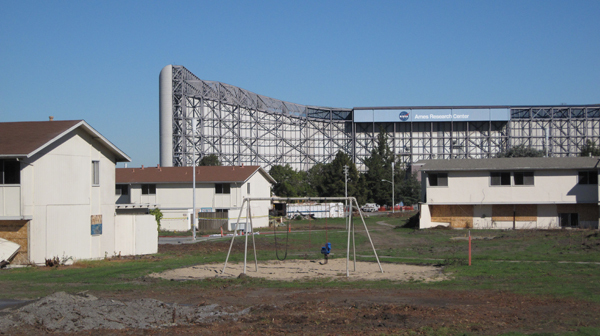

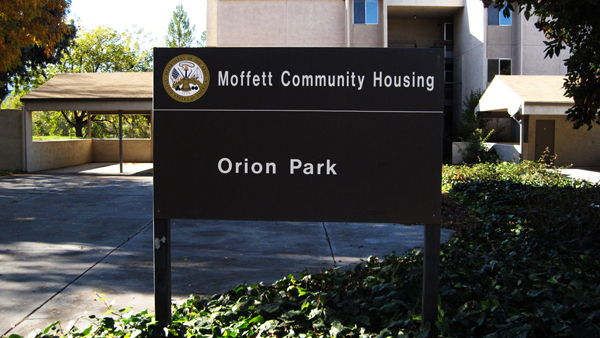


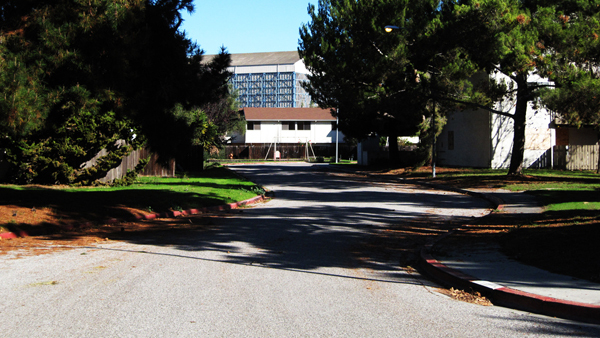


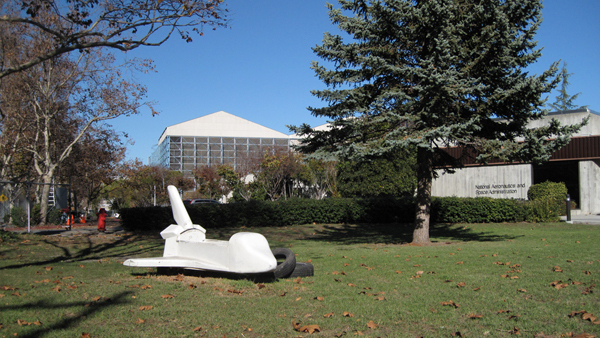
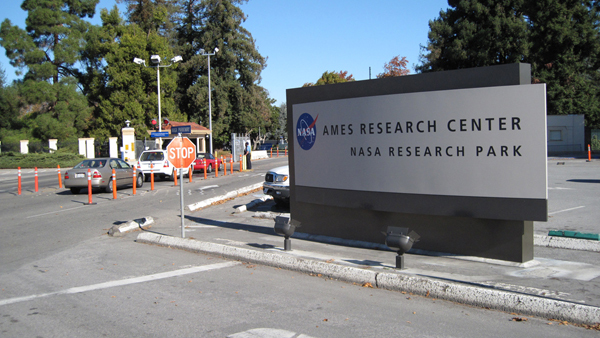
Participatory Impacting the Moon
Posted on Sunday, November 23, 2008
A probe released from Chandryaan-1 impacted the moon last week (more & images). A nice dress rehearsal for the LCROSS mission which is looking for lunar impact next year (LCROSS is developed here at NASA Ames). Didn't see any realtime coverage though. No live spacecraft images coming online as it is heading towards impact...so there is still the 'innovative/surprise factor' up for grabs for LCROSS. Like @MarsPhoenix grabbed it for the twitter platform.
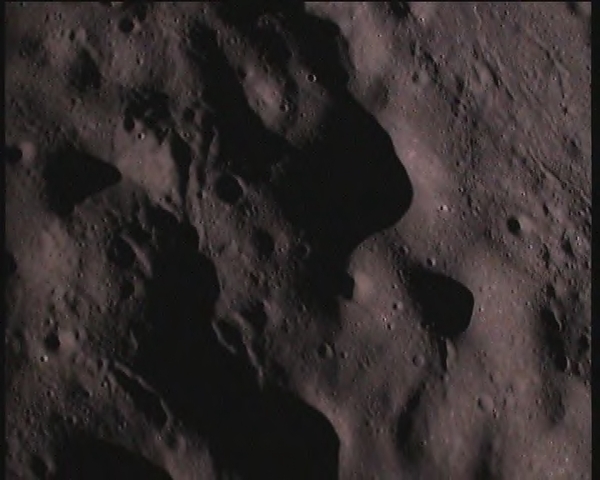
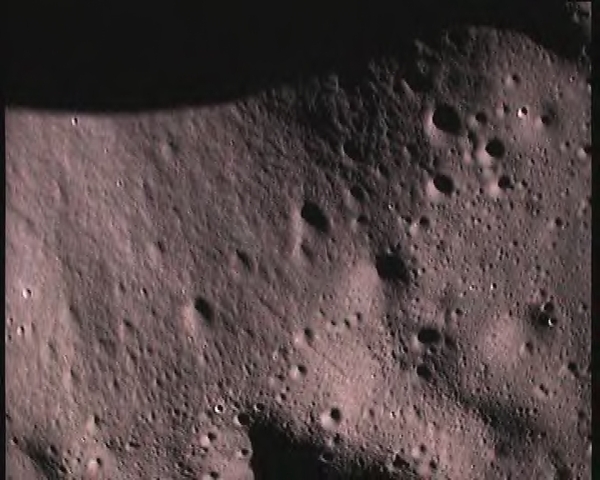
None At This Time
Posted on Tuesday, November 18, 2008
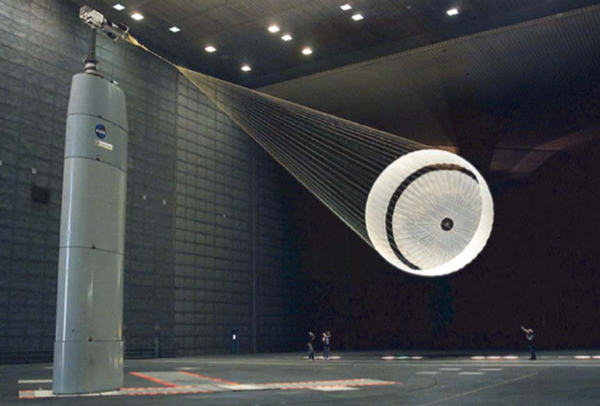
Every large organisation, whether government or private industry, is trying to cope with the changing media landscape around us as a result of the rapidly evolving internet. Enter NASA. Having been an early adapter of the web for its communication to the public and stakeholders, it currently faces a legacy of a widely scattered footprint of websites. Moving forward, the challenge will be to consolidate all the content that's out there, while at the same time building out a new data platform that is agile enough to be able to adapt and evolve into the future (earlier post).
Part of my daytime job at the moment is cleaning up the dead wood on www.nasa.gov/ames (small steps towards the grand vision ;-). Going through the back-end of the system, I run into quite some interesting stuff, like above image (more on that image here) and the best dead page on www.nasa.gov/ames yet: http://www.nasa.gov/centers/ames/pages/pubnot.html
Update: both links are now intentional 404's. For more information on NASA Ames, please go to www.nasa.gov/ames
Long Now Seminar on Synthetic Biology
Posted on Tuesday, November 18, 2008
Another great Long Now foundation seminar in San Francisco yesterday: Synthetic biology, its promises and perils. A lengthy 2-hour presentation/debate between Drew Endy, assistant professor at Stanford's Department of Bioengineering (middle in below images) and Jim Thomas, Research Programme Manager and Writer with ETC group (left), moderated by Stewart Brand (right). Watch this rss feed for the mp3 audio file of the debate to come online. Here is Stewart's recap of yesterday's event:
"I want to develop tools that make biology easy to engineer," Drew Endy began. The first purpose is better understanding fundamental biological mechanisms through "learning by building." The toolkit of Synthetic Biology starts with DNA construction and ascends through DNA parts, to devices, to standardized systems. An organism's DNA code, and therefore the organism, can be digitally uploaded, stored, distributed, and downloaded. Life forms are programmable. So far 3,500 standard "BioBrick" parts have been developed for free distribution, and the number is growing geometrically. The number of amateur and student bioengineers also is growing geometicallly."There are 20,000 edible plant species," Endy noted. "At present we eat only 30." Synthetic biology can help diversify agriculture. Or how about engineering a gourd that can grow into a living house?
Endy concluded with five questions... Should teenagers practice genetic engineering? (Yes.) Should military weapons involve biotechnology? (No.) Should BioBrick parts be patented or freely shared? (Free.) Will biohackers be good or bad? (Good, if we help.) Should genetic engineers sign their work and publish it? (Yes.)
Jim Thomas asked Endy how he would defend against commercial interests locking up Synthetic Biology with patents? Endy said the best hope is building an open-source community that grows faster than businesses and out-innovates them.
Thomas began his statement by pointing out that it usually takes a whole generation to understand a new technology, so he urges moving slowly and cautiously, but Synthetic Biology is advancing at breakneck speed, and the window of opportunity to have effective public discussion and control is closing.He cited the history of synthetic chemicals, which began in mid-19th century. The technology quickly became highly concentrated in an oligarchy of monopolistic companies, and then it was easliy commandeered by government in wartime. I.G. Farben supplied the poison gas for the death camps. "Powerful technology in an unjust world is likely to exacerbate the injustice."
Thomas said he worries when he hears comments like, "Anything that can be made by a plant can be made by a microbe." If that's played out, it means the death knell for everyone who works in agriculture, a vast economic restructuring. There's so much novelty coming so fast from Synthetic Biology, no predictive models or regulatory models can hold them. He recommends these new tools be strictly contained so there is no release of new life forms into the biosphere, and there should be no commercialization of the technology at all.
Endy asked Thomas if it's okay to make anything in a bioreactor vat? Thomas said, "Yes, beer."
For different reasons, both debaters wanted to see Synthetic Biology kept from domination by commercial patents. For Thomas, it would lead to unjust monopoly answering only to profit. For Endy, it would paralyze open-ended research.
--Stewart Brand
With me were 2 great NASA Ames collegues, Deborah Bazar (working on securing NASA Ames' role in the emerging Green Tech industry here in the Valley) and John Cumbers, a synthetic biologist himself, researching the potential of synthetic biology for sustainable space exploration (read: designing microbes that will be used for In Situ Resource Utilization (ISRU) on the moon, Mars and/or asteroids for the production of oxygen and other consumables required to sustain human life). John invited me for a tour of his lab here at NASA Ames so with some luck I'll be able to post some more insights later this week about this fascinating emerging technology and NASA's interest in it.
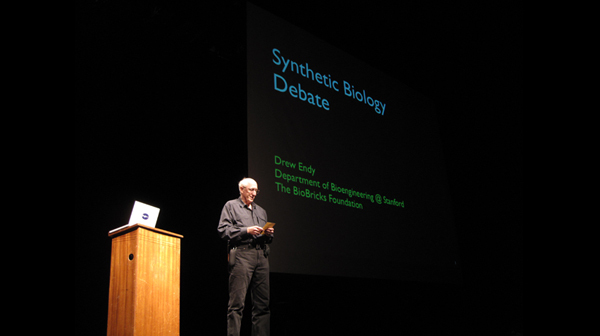
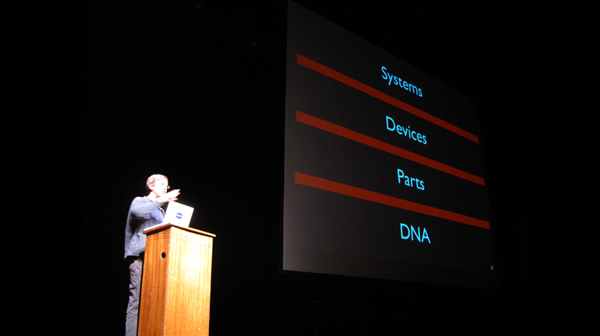
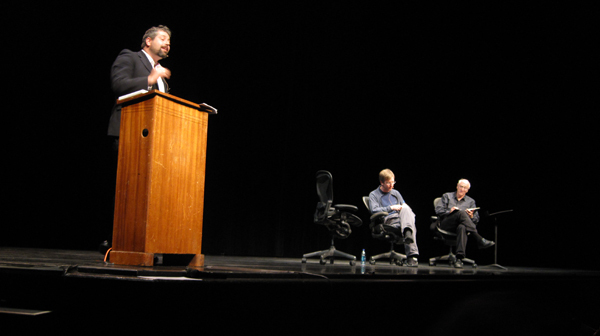
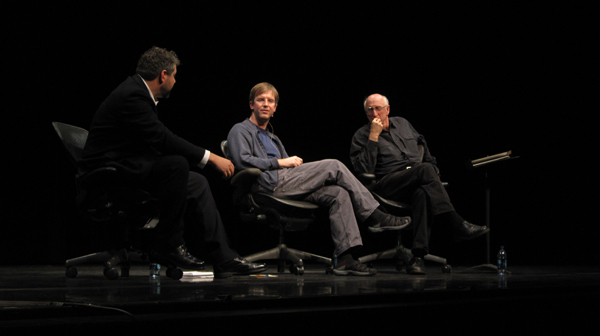
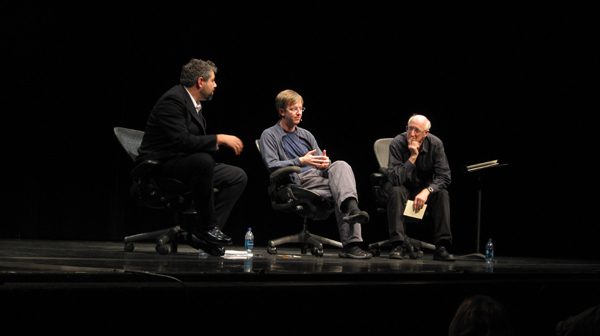
Autumn in the Valley (today's pitstop #7)
Posted on Sunday, November 16, 2008
How big a change from autumn in Amsterdam, where its probably raining cats and dogs right now. Weather here in the Valley has been perfect today, feels like summer with beautiful trees. Below are a few snapshots I took from the Hoover Tower on Stanford campus yesterday while attending the Open Source unconference, co-organised by a former NASA Ames collegue. The view is towards Southbay, with Palo Alto on the left of the image, and NASA Ames in the middle, noticable by the big hangers (click panorama image to enlarge). More images here. Google map with locations of all pitstop posts embedded below.
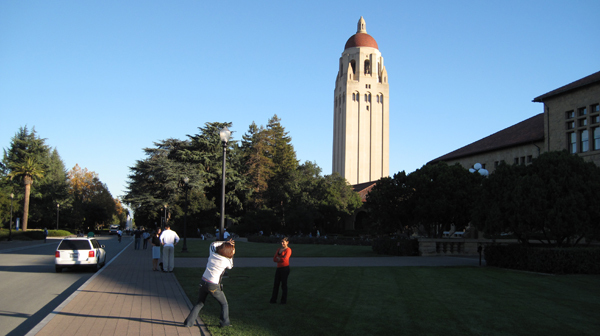
View Larger Map
A Google For Government
Posted on Friday, November 14, 2008
A Google for Government? Ha! Why not a Google for Galaxy?
Dinner TV: Where Games and SETI Collide
Posted on Wednesday, November 12, 2008
As a follow up to the previous post, I just found this informal dinner talk between Will Wright and Jill Tarter organised by SEED. Its embedded below, from the looks of it in the code served to you from the servers of Amazon's Web Service...![]()
Every Full Moon in San Francisco
Posted on Wednesday, November 12, 2008
Finally had a chance to go up to the city again yesterday to listen to a talk at Colab's Luna Philosophie. This time it was Seth Shostak, senior astronomer at the SETI Institute here in Mountain View, giving us earthlings a glimpse of when we can expect to discover alien life out there. And to my surprise, he was pretty confident it would be possible within 25 years. Looks like it ties in nicely with either his remaining career (his joke) or with the timeline of the Singularity. Btw, in case you're wondering, the city really did turn pink from where I was sitting on the top of the Marriot before heading over to the Yahoo Brickhouse for the talk (click the widescreen for a full res version). Some more images are here.
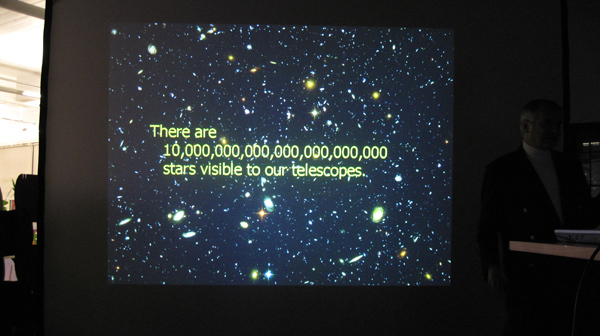
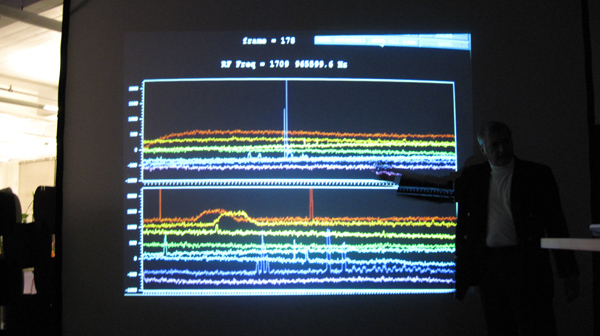
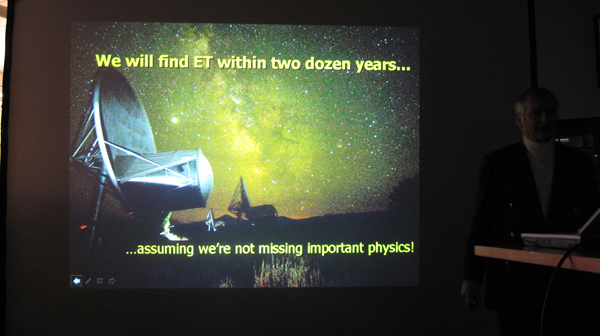
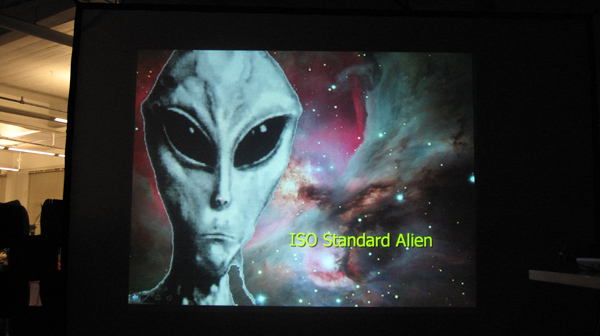
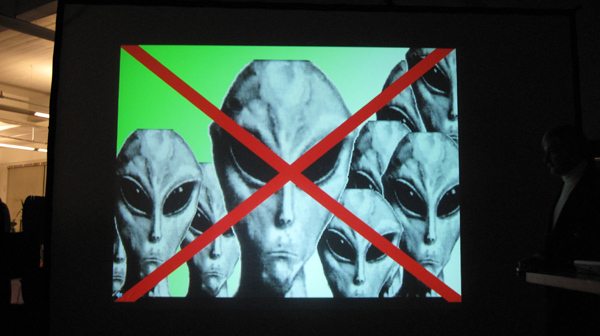
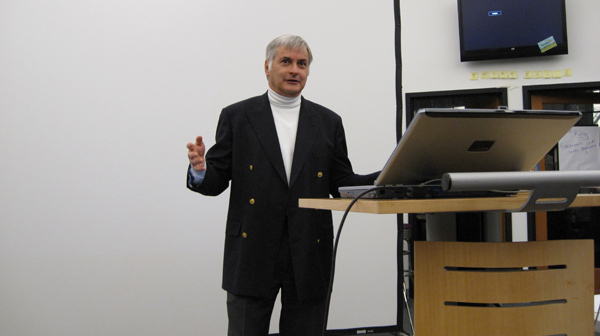
Lunar Lander Challenge Video
Posted on Sunday, November 9, 2008
A nice minimalistic beat and distortion of the onboard camera. More on the Lunar Lander Challenge (via).
The Web as Platform...for the Exploration of Outer Space
Posted on Monday, November 3, 2008
Can't wait to see NASA increase government's piece of the cake here (more on the pie chart at O'Reilly Radar and the originating post entitled '1,000 Web API's' over at ProgrammableWeb). I mean, if the New York Times is able to open up their platform (see for example their Open NYT blog and their developer site), shouldn't NASA be able to do the same? There is already a lot of NASA data out there on the web, but its scattered over as many different websites. Bringing everything under one easy-to-use platform (think: developer platforms from the likes of Google, Yahoo, Microsoft, Amazon etc.) would be a great achievement. And it would make perfect sense, given the nature and the amount of data NASA gathers through its sensors (images, videos, temperature readings, what have you...media equals data equals media these days right?). NASA as a service oriented agency providing the sensors and the resulting platform of data for scientists and anybody with an Internet connection to tap into for scientific research and participatory exploration (earlier post). I can't start to think what types of innovation would result from that. The ease of availability of data (for machines) being one of the biggest 'competitive' advantages in the web3.0 [sic] years ahead. Reminds me of a hack on an image I made back in the days of my thesis embedded below. 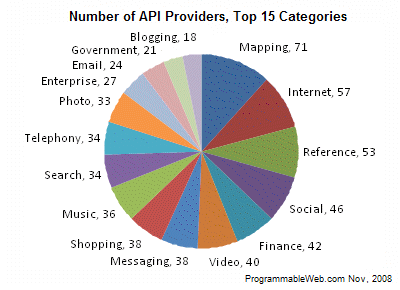
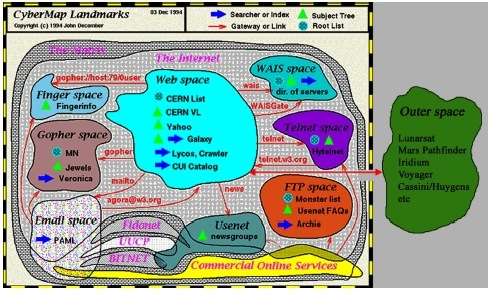
First Images of the Earth from Chyandrayaan-1
Posted on Monday, November 3, 2008
And quite exquisite ones as well (see earlier post). Click the images for full res. More from the Indian Space Research Organisation (ISRO) at this Press Release from last friday 31st October 2008. More on Chyandrayaan-1 at its own website. (all links via)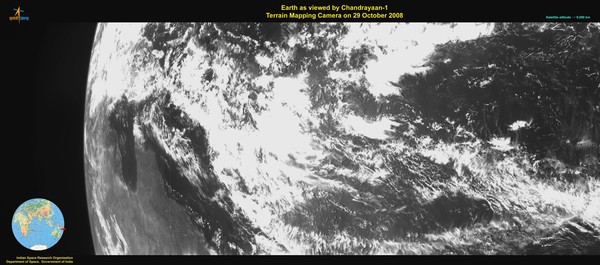
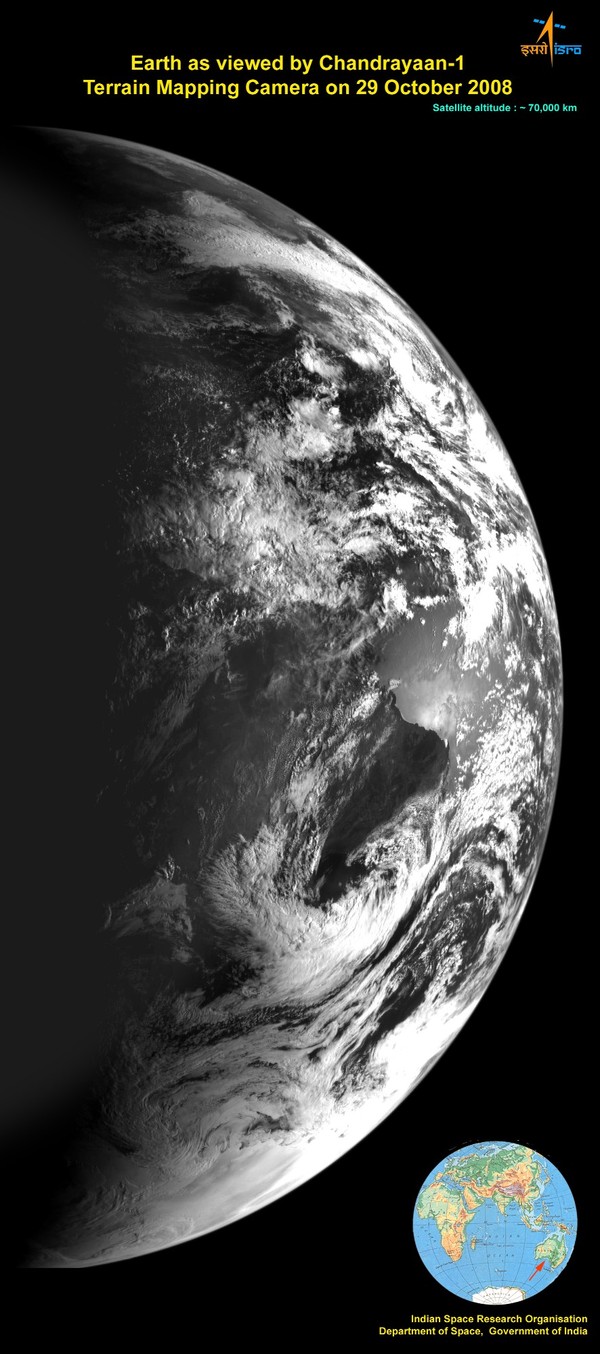
India On Its Way To The Moon
Posted on Tuesday, October 21, 2008
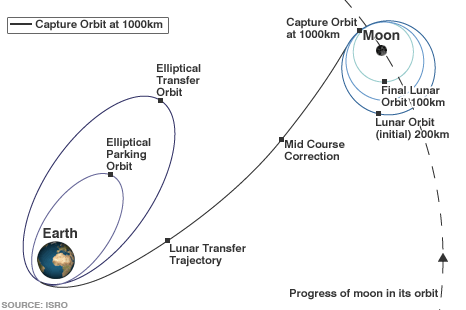
Will be curious to see when the first images from the spacecraft start appearing in cyberspace. I read here that they only switch the cameras on once they arrive in Lunar orbit...seems such a waste to have these valuable 'eyes in space' in hybernation mode while going from the Earth to the Moon. More at BBC.
Building The Interface To the Planetary Sensor Web
Posted on Thursday, October 16, 2008
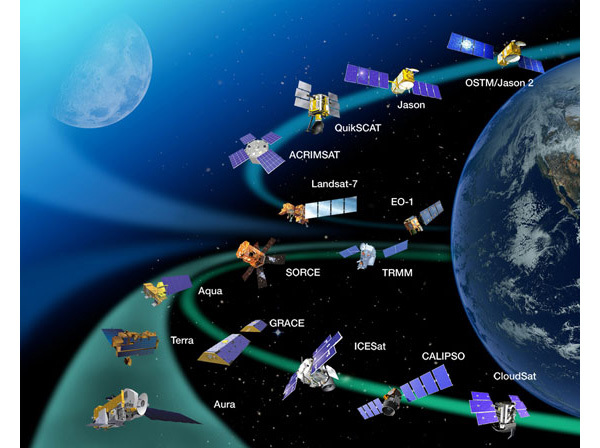
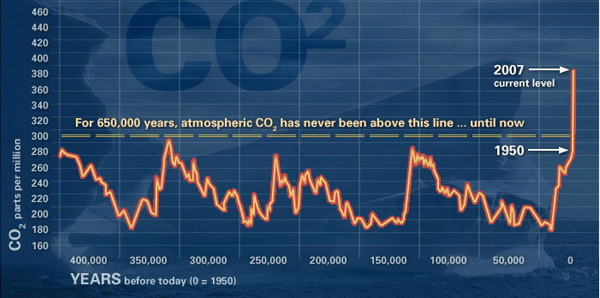
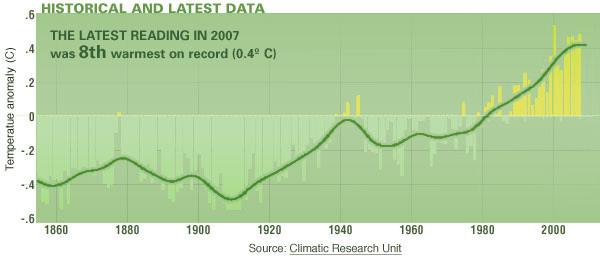
JPL launched it newly designed website today, including a dedicated site on global climate change with the telling subtitle 'NASA's Eyes on the Earth' (CNN has more). In these times of endless stock exchange graphs, stats and scares, its great to see a similar data vis design pattern emerge with the early steps towards a planetary sensor web user interface (if only we could swap the trend in above graphs with the NYSE). Sofar it seems satellite data is not really fed real-time (at least not in an all encompassing & comprehensive way) but I'm sure we'll get there, including open API's for everyone to leverage the sea of space based sensor data about the state of our planet (and beyond). On a related note, O'Reilly just released a Radar report on Where2.0 with a great introduction by Tim O'Reilly.
Nova Spivack Talks about Role of Media in Future Global Brain
Posted on Friday, October 10, 2008
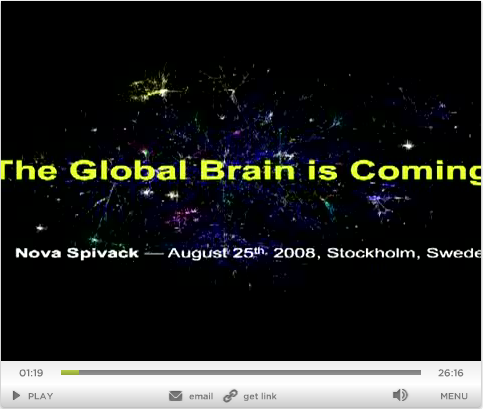
In reference to my previous post, this is what I call an INSPIRING start of a 3-day weekend ;-). Nova basically calls it my favorite talk out of all the talks I have given (more videos from GRID08). I hope whoever gets to decide on where to spend the money for SEC. 407 408 of the NASA Authorization Act 2008 takes the time to listen to his insights:
SEC. 407. PARTICIPATORY EXPLORATION.(a) In General- The Administrator shall develop a technology plan to enable dissemination of information to the public to allow the public to experience missions to the Moon, Mars, or other bodies within our solar system by leveraging advanced exploration technologies. The plan shall identify opportunities to leverage technologies in NASA's Constellation systems that deliver a rich, multi-media experience to the public, and that facilitate participation by the public, the private sector, and international partners. Technologies for collecting high-definition video, 3-dimensional images, and scientific data, along with the means to rapidly deliver this content through extended high bandwidth communications networks shall be considered as part of this plan. It shall include a review of high bandwidth radio and laser communications, high-definition video, stereo imagery, 3-dimensional scene cameras, and Internet routers in space, from orbit, and on the lunar surface. The plan shall also consider secondary cargo capability for technology validation and science mission opportunities. In addition, the plan shall identify opportunities to develop and demonstrate these technologies on the International Space Station and robotic missions to the Moon.
(b) Report- Not later than 270 days after the date of enactment of this Act, the Administrator shall submit the plan to the Committee on Science and Technology of the House of Representatives and the Committee on Commerce, Science, and Transportation of the Senate.
Software, The Final Endless Frontier
Posted on Tuesday, October 7, 2008
From a post by Vint Cerf in the series on Google's 10th anniversary:
A box of washing machine soap will become part of a service as Internet-enabled washing machines are managed by Web-based services that can configure and activate your washing machine. Scientific measurements and experimental results will be blogged and automatically entered into common data archives to facilitate the distribution, sharing and reproduction of experimental results. One might even imagine that scientific instruments could generate their own data blogs.I wonder when small sats finally turn into soap boxes. Vint continues:
These are but a few examples of the way in which the Internet will continue to surround and serve us in the future. The flexibility we have seen in the Internet is a consequence of one simple observation: the Internet is essentially a software artifact. As we have learned in the past several decades, software is an endless frontier. There is no limit to what can be programmed. If we can imagine it, there's a good chance it can be programmed. The Internet of the future will be suffused with software, information, data archives, and populated with devices, appliances, and people who are interacting with and through this rich fabric.Read the whole post here.
Hello World
Posted on Tuesday, September 30, 2008
I kinda missed the excitement of the Chinese EVA the other day (NYT).
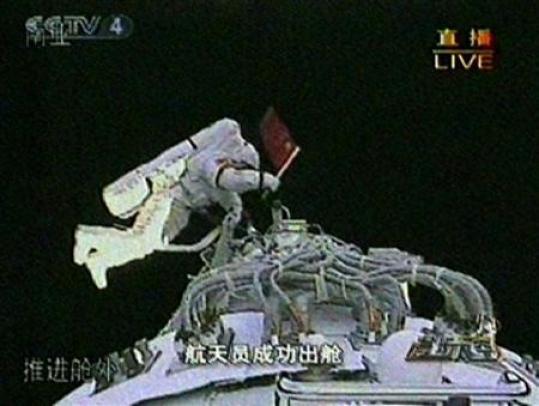

(via & via)
Up or Down?
Posted on Tuesday, September 30, 2008
Update: this video of the breakup is just in @ ESA. It was made by colleagues here at NASA Ames who flew out to Tahiti to record the breakup. To bad the ESA blog doesn't allow for embedding...
While ATV re-enters the atmosphere, SpaceX succesfully launches Falcon-1 into Earth orbit. Impressive feat for a commercial space company. Actually a first in history from what I understand.
Google's TechTalks Inspire NASA Ames
Posted on Sunday, September 28, 2008
Chris McKay (Planetary Scientist @ NASA Ames), Khalid Al Ali (Director of Research at Carnegie Mellon University (CMU) West), and Michael Sims (Research Scientist @ NASA Ames) came together in the NASA Ames Exploration Center last wednesday to talk about the latest developments in robotic surface exploration. Fascinating talk and photos. From what I hear, an audio(?) recording is forthcoming. I hope we get to see more of these talks down the road (and hopefully also the videos integral on the web, in the same spirit as the above mentioned TechTalks).
Space Agencies and Golf Courses (today's pitstop #4)
Posted on Friday, September 26, 2008
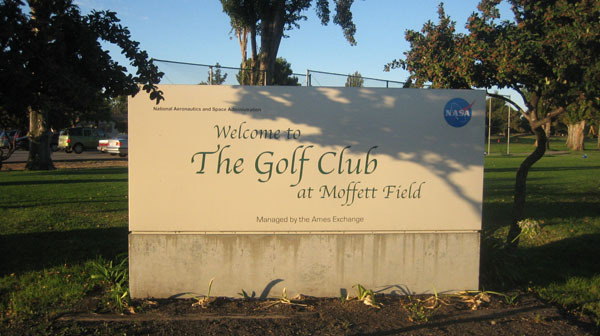
There's something about space agencies and golf courses. Haven't quite figured it out but might have something to do with the average age of the workforce ;-) Its surprising to see how similar in setup the golf courses at ESA/ESTEC and NASA Ames are. Both have a bar, both are a favorite after hours hangout (at Ames, happy hour at the t-1 is on thursdays), both seem to have a core group of regulars (and both are behind the security gate). At ESA/ESTEC, the bar and golf course are better embedded inside the center layout though, making it a more easily accessible place whereas at Ames, you have to drive all around the airfield to get to the bar. Below are the maps of the centers and their golfcourses.
View Larger Map
View Larger Map
10 Bucks Well Spend
Posted on Wednesday, September 24, 2008
Following on from yesterday's syndication of Tim O'Reilly's keynote at the NY Web2.0, I just finished watching the documentary he has been pointing out on several of his keynotes: A Crude Awakening: The Oil Crash. Buy it on itunes from their website and have a peak into the future of post cheap oil society. Quite informative...
Tim O'Reilly's Call to Action
Posted on Tuesday, September 23, 2008
And it ain't throwing sheeps. From last week's Web 2.0 Expo in New York entitled "Web Meets World".
(via)
Your 47 Minutes of Zen
Posted on Wednesday, September 17, 2008
A video from Nova Spivack's panel at DEMO Fall '08 on the Future of the Web, among which former Division Chief of Computational Sciences at NASA Ames (and now head of Research at Google) Peter Norvig (older & excellent mp3 interview with Norvig). All good stuff!
(via)
Yahoo Hackday 2008 (today's pitstop #3)
Posted on Saturday, September 13, 2008
My First Yahoo Hackday. Not much hacking myself, mainly getting a glimpse of Yahoo hackculture at this stage, but Ames was well represented by NASA's Planetary Content hackers Matt Hancher (left) and collegue.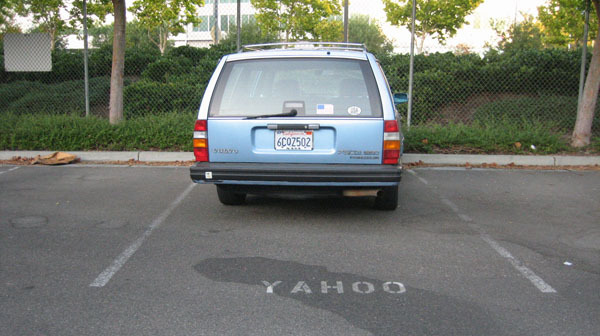
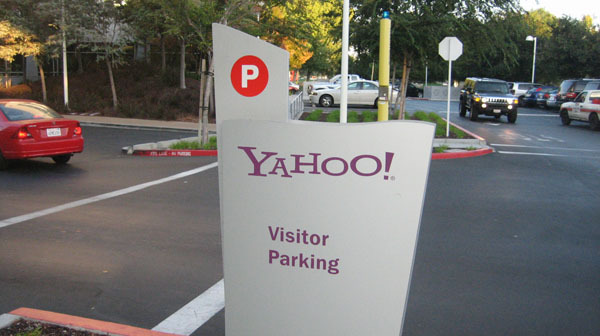
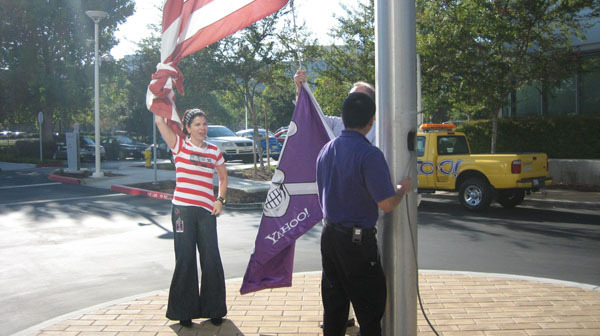

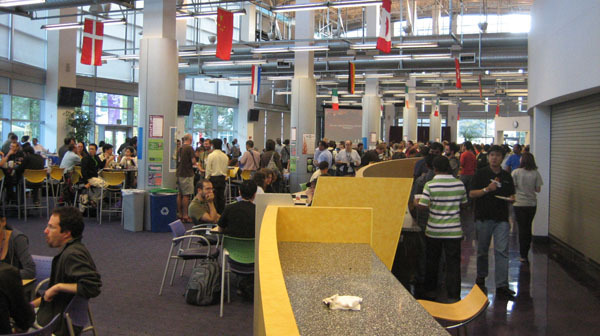
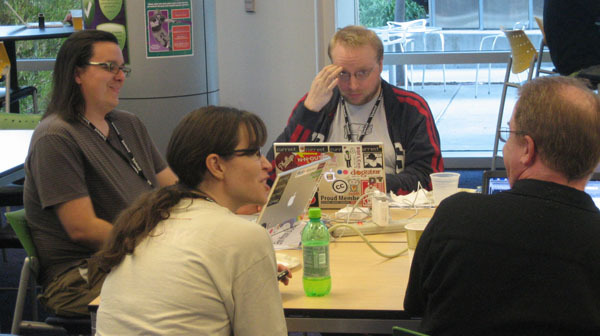
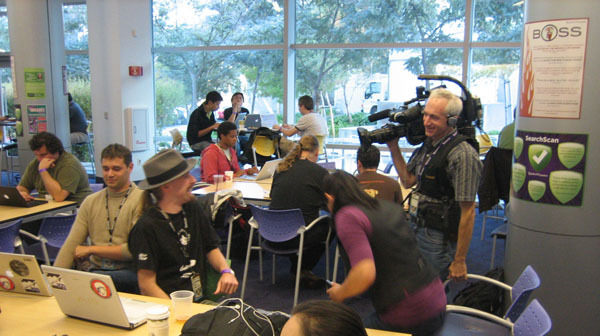
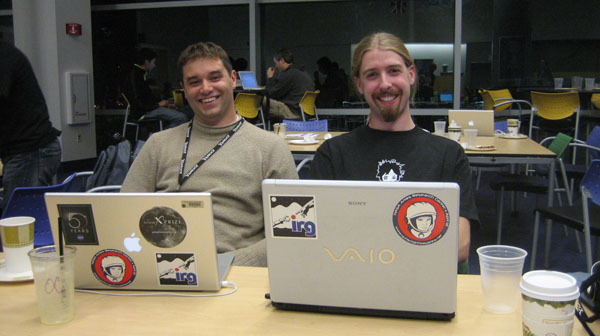
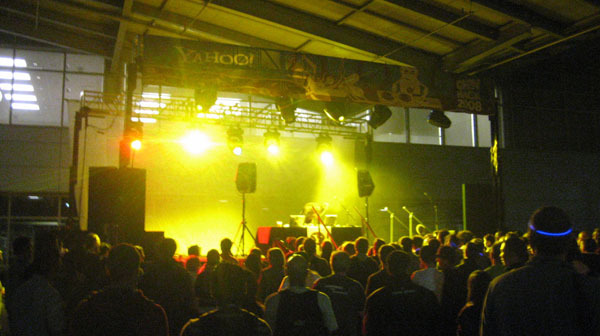
tobedetermined.org Extended Credo
Posted on Monday, September 1, 2008
Update: A post over at O'Reilly Radar by Nat Torkington reminds me of another quote I've used in the earlier days of this blog. It's a (famous) quote from William Gibson: The future is here, its just not evenly distributed yet. In his post, Nat refers to another quote from Gibson that brings the overarching point home:
One of the things our grandchildren will find quaintest about us is that we distinguish the digital from the real, the virtual from the real. In the future, that will become literally impossible. The distinction between cyberspace and that which isn't cyberspace is going to be unimaginable. When I wrote Neuromancer in 1984, cyberspace already existed for some people, but they didn't spend all their time there. So cyberspace was there, and we were here. Now cyberspace is here for a lot of us, and there has become any state of relative nonconnectivity. There is where they don't have Wi-Fi.
Having a 3-day weekend does have its benefits (like in: having an extra evening behind your computer?). Think I just stumbled upon something like an extended credo for this blog (beyond tobedetermined.org: A blog about outer space, cyberspace, their common future and all that is leading up to it... ). I started gathering some quotes that resonated with me over the years and ended up with this list (read from top to bottom, in that order):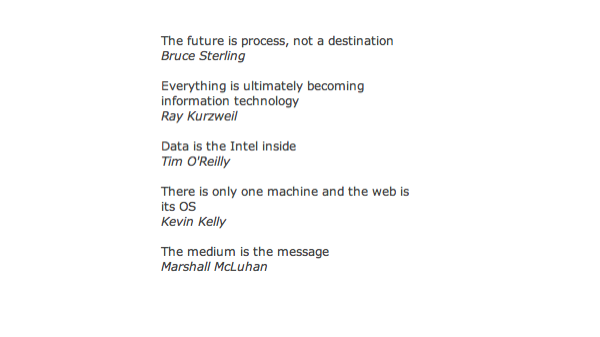
I am sure there are more out there that would fit this list, so if you have any suggestions pls let me know.
Its the Valley alright
Posted on Thursday, August 28, 2008
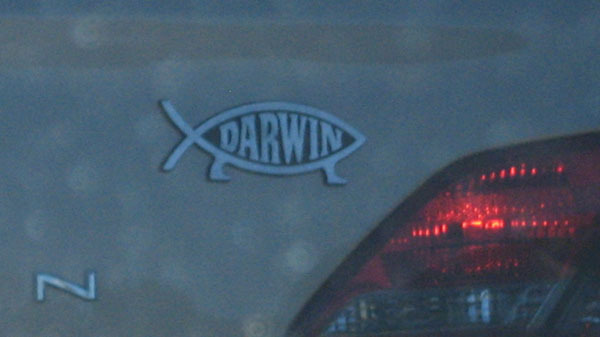
Notice the little feet ;-). On the 101 on my way to work today.
Trading Routes 2.0
Posted on Thursday, August 28, 2008
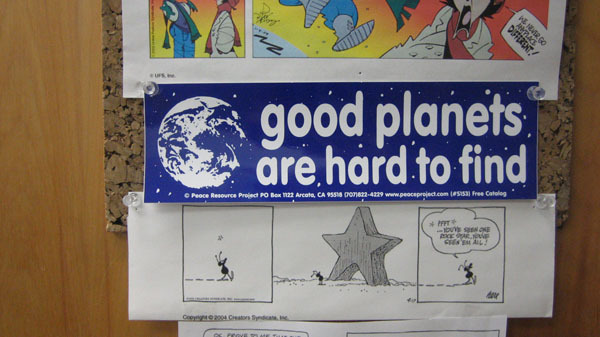
Haven't been very active with blogging recently. Partially this is due to my other backchannel recently opened on twitter where I every now and then post URLs I would otherwise probably post here (even more are at my del.icio.us or my FriendFeed). Anyway, life at NASA Ames continues at an ever speeding pace, moving ahead with our mission to properly weave space into the fabric of our digital "global brain". One link that stayed with me over the weekend is this GigaOM article talking about how new cables carrying internet traffic are indicators of future economic activity (how is that for a comparison to the stale 'Columbus' metaphor to space exploration):
This leads me to my conclusion: Building new cables is the equivalent to adding new roads, new shipping lanes, or flights. The undersea fibers of today are what sea trading routes were in the past—an indicator of future economic activity and a subsequent boom.
Welcome, Interplanetary Internet. Oh, and the image above? Well, there is a planet-finding mission called Kepler of which the Science Operations Center will be based here at Ames. This was on the door of their Deputy Principal Investigator David Koch.
The Economist on Space
Posted on Thursday, August 21, 2008
Since reading the excellent 'Nasa at 50' in the Economist earlier this summer, I am considering them a valuable voice in the (online) space debate, so I am glad to see 3 new space articles in the 21st August edition (via):
Auw! Everything that can go wrong, will go wrong...
Posted on Wednesday, August 20, 2008
But hey, that's what tests are for. Glad to see NASA releases this stuff, although it does take some convincing from certain individuals.
MIT on the web
Posted on Friday, August 15, 2008
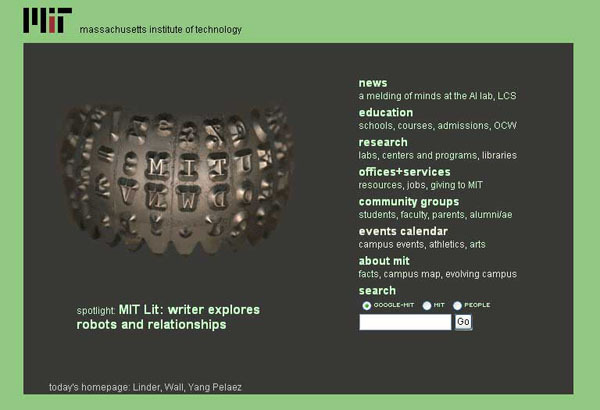
Doing some Friday afternoon web-wondering, i stumble across the MIT web, reading about a mission called TESS that is being developed between MIT, NASA Ames and some other partners. Diving a little deeper into the MIT web, I come across a feature I've been wanting to implement on the NASA homepage, i.e. a changing background image. In the case of MIT, its a background image that can even be proposed by the entire MIT community.They also have something called MIT TechTV, reminiscent of Google's invaluable TechTalks. Overall, MIT's web presence is pretty elegant, lightweight (wow, how nice and oldschool html-isch), transparent and inviting. Good reference material while thinking about revamping NASA Ames website.
A shuttle Delta-2 launch from 30000 feet
Posted on Thursday, August 14, 2008
(via)
Correction:
"This is the launch of a Delta 2, most likely GPS 2R-18 on December 20th. The YouTube original was posted "seven months ago" according to the tag. You can see the first set of SRBs burn out and the other ignite at 55 seconds into the video." from nasawatch(thanks Jur)
Chris Kemp kicked of Code I (IT Directorate) here at Ames. This is going to be good!
Posted on Wednesday, August 13, 2008
In other news:
- A good interview with Jeff Stibel on the 'perceived' parallels between the Internet and the brain
- Cyber attacks preceeded bombs in Georgia. Which makes me want to go back to a commercial I saw one of the first weeks I arrived in the US: Airforce: Air : Space : Cyberspace. This completely brings home the topic of this blog. Moving up from Air into Space and beyond, you enter...Cyberspace. If you want a challenge: be a cyber warrior.
- Google Maps didn't have any info on Georgia (I noticed that myself as well, and wondered what was up). Now Google is saying they just didn't have data there.
- Is Google a media company? Many seem to think so, including Tom Foremski:
For the past four years I've been saying that Google, Yahoo and many other large Internet companies such as AOL, and eBay are media companies. They publish pages of content with advertising around it.The fact of owning or not owning the content is a red herring. Either way, Google publishes pages of content with advertising around it. How is that not a media company?
GOOG is not a technology company. What technology can you buy from Google? I can buy a database from Oracle--that's a technology company. I can buy microprocessors from Intel--that's a technology company. What technology can you buy from Google?
Google is a technology-enabled media company. It won't create its own content. It mostly scrapes its content from the Internet, or collects it from users of Youtube, etc, and sells advertising around it. How it gets its content is not important, it is still a media company.
What's up at Ames
Posted on Tuesday, August 12, 2008

2 quick snippets from my work life:
- an inspired radio interview with Chris Kemp, the NASA Ames CIO (and my boss) where he talks amongst other things about some of the projects I'm involved in like establishing a new collaborative platform on the web for sharing NASA's vast data resources (think: Google, Microsoft, Yahoo, Force.com etc etc.). I hope to share some more information in the future as we move ahead.
- The new Code I has been announced here at Ames
How to syndicate SOHO's realtime images?
Posted on Monday, August 11, 2008
Redesigning my blog's look & feel, I wonder why I can't embed this realtime stream of SOHO images into my blog? Why is there no readily available embed option like the one below for the Colbert Report? Serious, how difficult would that be to implement? Btw, if you wonder what the CCD bakeout overlay means, this is from their website:
And what about EIT's CCD bakeout?
Over time, many types of CCDs (Charge-Coupled Devices) used to detect EUV radiation are degraded by contamination of heavy ions from cosmic/solar particle radiation (interfering with the doping of the chip), deposits and polymerisation of deposits on the surface and, finally, trapped charges (again interfering with the doping of the substrate). These forms of degradation reduce the sensitivity of the detector. Fortunately, by heating the CCD over an extended time period, some of these effects can be reduced. Heating the CCD to improve its performance is called "baking out" the CCD. Since EIT would be unable to do "business as usual" during keyholes, they schedule their bakeouts during periods when data loss is inevitable.
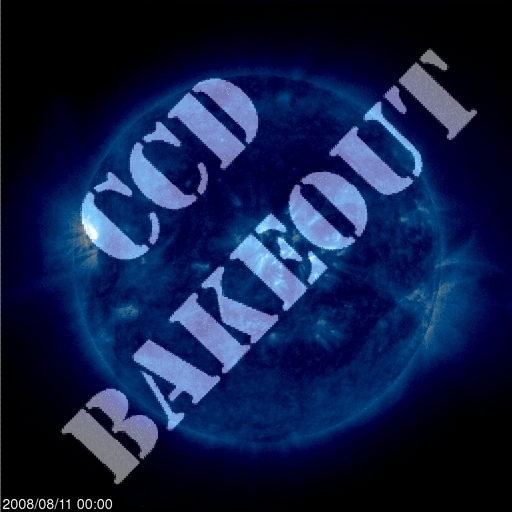
Buzz Aldrin at the Colbert Report (US Only)
Posted on Monday, August 11, 2008
Summer 2008
Posted on Friday, August 1, 2008

Back from a week of Internetless holiday on the island of Korcula (above photo was at Koln airport just before we were told we could board the plane ;-). Catching up here are a few relevant tidbits:
- The Economist's commentary on NASA's 50th anniversary provides a sharp dissection of NASA's past, present and future. Its the most sensible story on space and NASA I've read in a long while. As always, the comments are worth reading too, if only to see how space proponents bring their arguments into gear to downplay the article's 'hammer on the nail' analysis
- Sanfran article of the week about twitter, relationships, and the bay area working spirit
- Missed OSCON, but here's a 37min intro and Tim Oreilly's comments
- A great discovery: this TED video by kevin kelly. I especially like his McLuhan Reversal analogy. Have to watch it again.
S3 Outage Effects
Posted on Tuesday, July 22, 2008
Interesting. S3 goes out, and suddenly all over the web you'll see images disappearing, avatars evaporating and webshops go down.
Btw,for those who have the time to follow twitter feeds, and/or(?) are interested how we are gonna re-vamp NASA Ames' presence on the web (starting with the Ames page in the nasa.gov portal) we just added a new fly on the wall.
Twittering from LSI conference
Posted on Monday, July 21, 2008
Just got into the LSI Moon conference here at Ames. Follow my twitter on it here. Alternatively you can see what Keith Cowing is up to here. Or check out the program here. More as it comes in...
The Stone Age Didn't End Because of a Shortage of Stones
Posted on Sunday, July 20, 2008
Bruce Sterling comments inline on this passionate call by Al Gore for the US to become carbon fuel independent in 10 years.
Time to put some solar panels on my roof here in Palo Alto. Or wait, wasn't I first gonna spend 2 weeks flying around Europe for my holiday, buy the iPhone and upgrade my car (from what I hear SUV's come cheap these days).
Could this be the "Moonrace" of the 21st century?
We need you. And we need you now. We're committed to changing not just light bulbs, but laws. And laws will only change with leadership. On July 16, 1969, the United States of America was finally ready to meet President Kennedy's challenge of landing Americans on the moon. I will never forget standing beside my father a few miles from the launch site, waiting for the giant Saturn 5 rocket to lift Apollo 11 into the sky. I was a young man, 21 years old, who had graduated from college a month before and was enlisting in the United States Army three weeks later.I will never forget the inspiration of those minutes. The power and the vibration of the giant rocket's engines shook my entire body. As I watched the rocket rise, slowly at first and then with great speed, the sound was deafening. We craned our necks to follow its path until we were looking straight up into the air. And then four days later, I watched along with hundreds of millions of others around the world as Neil Armstrong took one small step to the surface of the moon and changed the history of the human race.
We must now lift our nation to reach another goal that will change history. Our entire civilization depends upon us now embarking on a new journey of exploration and discovery. Our success depends on our willingness as a people to undertake this journey and to complete it within 10 years. Once again, we have an opportunity to take a giant leap for humankind.
Yup
Posted on Thursday, July 17, 2008
Wading through +2k unread posts in my list of RSS feeds (Bruce Sterling's Beyond the Beyond).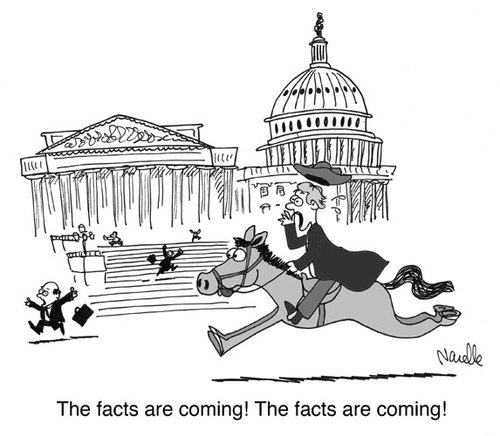

Edward Tufte on iPhone
Posted on Monday, July 14, 2008
From the NYT:
“The content is the interface, the information is the interface, not the computer administration debris,” he said in a video critique of the iPhone.Now that's a statement that resonates, considering the amount of (useless) interface on this page.
Its You They're After
Posted on Saturday, July 12, 2008
The best analysis on Google's Lively I've read sofar comes from RealityPrime: Its not so much about giving people a nice virtual world to play with, its providing a new interface to harvest new and previously untapped user behaviour. Which reminds me of an excellent article I was send the other day on the near future of advertising, a must-read.
Its iPhone Time in Palo Alto
Posted on Friday, July 11, 2008
Just around the corner from where I live there is the Apple store on University Avenue. Not too big a crowd, mostly Stanford students playing guitar hero while the press anxiously awaits whats to come. I decided to opt for a roundtrip to Amsterdam instead, an alternative which also doesn't come cheap these days. But first its Mechanicrawl this saturday up in the City.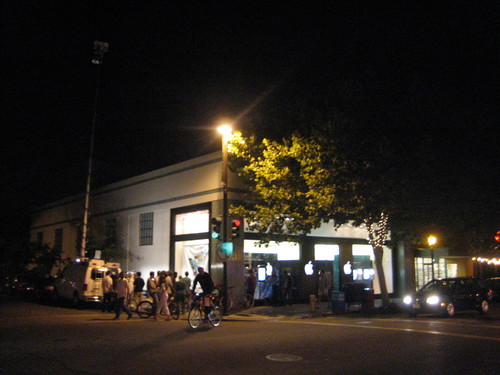
Robots Get Better Every Day
Posted on Wednesday, July 9, 2008
A couple of quotes from an article in the Washington Post entitled 'U.S. Finds It's Getting Crowded Out There' (via):
The cost of manned space exploration, which requires expensive measures to sustain and protect astronauts in the cold emptiness of space, is a particular target."The manned space program served a purpose during the Apollo times, but it just doesn't anymore," says Robert Parks, a University of Maryland physics professor who writes about NASA and space. The reason: "Human beings haven't changed much in 160,000 years," he said, "but robots get better by the day."
Another one:
In its assessment, Futron listed the most significant U.S. space weakness as "limited public interest in space activity."
Hmm, it looks like us humans are a real show stopper when it comes to pushing the borders of reality further into outer space. Perhaps we should consider targeting robots instead of humans with the US civil space PR machine. Once they are on equal par with us, they'll probably be much more enthused and equipped to go into outer space. And after all, our race already had its 15 minutes of fame wouldn't u say? An add campaign targeted at robots...hmm...: "Space, The Final Webservice"
NASA Celebrates 50 Years of Exploration This Year
Posted on Monday, July 7, 2008
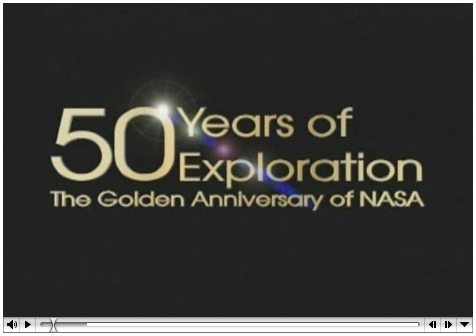
Get started with above video of highlights (btw, where is my embedabble NASA videoplayer?). The official celebration happens around October if I am not mistaken, but according to Wikipedia NASA was established Jul 29th 1958 so we're getting close. Much more on the upcoming celebrations at this NASA 50th Anniversary website.
Sarkozy's Whirlwind Extends Into Outer Space
Posted on Tuesday, July 1, 2008
NASA Ames 20g centrifuge & Mission Design Center
Posted on Thursday, June 26, 2008
It seems we have a thing going at Ames. Every other week or so we organise a tour to one of the many cool locations on base. Just to have a glimpse. The center is packed with labs, test facilities, centrifuges, cool design centers...and on and on and on. Only, hardly the time to go for a scroll around and nock on those doors these days. So, we send out an email and get a group together to get a brief intro. Below are a couple of images (more at Flickr 1 & 2) of some recent visits, one to the 20g centrifuge (which seems to be kinda hidden under the massive low speed windtunnel, thanks Russell!), and one to the Mission Design Center (think CDF, Team X, thanks James!).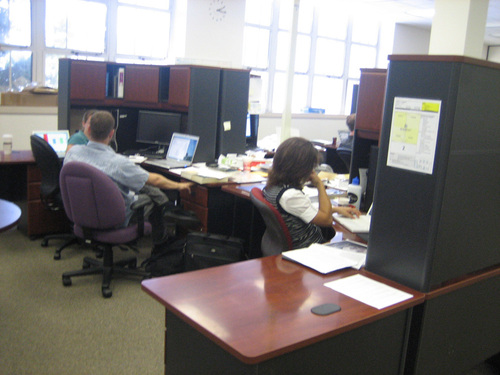
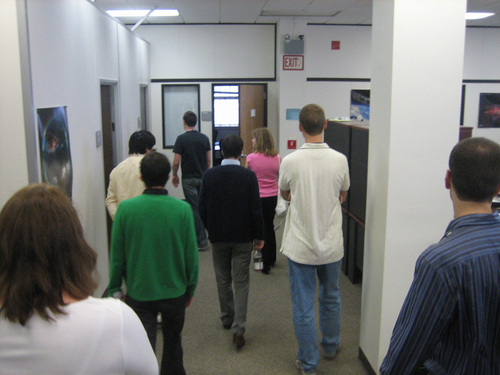
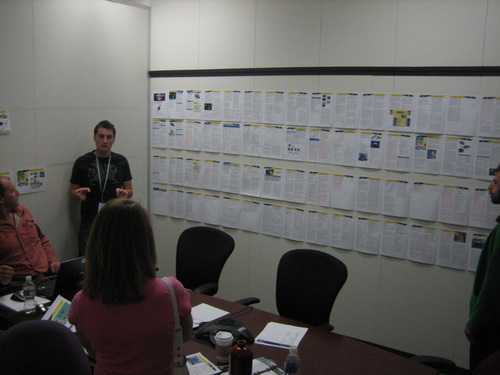
Windy Hill Overlooking the Bay Area
Posted on Thursday, June 26, 2008
![]()
Click to Enlarge
Last weekend I finally found what I was looking for the first few weeks I arrived here: on top of a hill, a place to at the same time overlook the Pacific on one side and the Bay Area on the other (Thanks Deborah!). If you look closely, you can see the City (SF) in the far end of the Peninsula (follow the Bay to the left, the City is just visible before the hills start) and Stanford in front (the tower). At the end of the Bay (to the right), you can see the large windtunnels of NASA Ames. Further to the right is San Jose.
To make things easier, see below for the exact location on Google Maps from where I made the panorama.
And the folks in the image....uhm...they happened to be there as well ;-)
View Larger Map
Martian Skies
Posted on Saturday, June 21, 2008
Nicolar Carr points to a photoblog with a post of great photos from Mars. Worth your precious Internet time I promise.
Excellent article on the Asteroid Underground movement here in the US
Posted on Saturday, June 21, 2008
In the July 2008 issue of the Smithsonian Air & Space Magazine: The Million Mile Mission. (via).
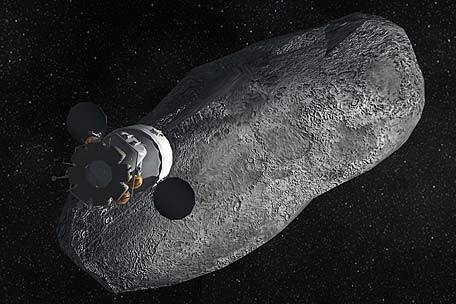
Space Behind the NASA Portal
Posted on Thursday, June 19, 2008
Ever since the re-design, I've been itching to hit the top right corner of my screen to make all of the modules on the NASA Portal go away, providing me with an unobscured look into outer space (yes, its an OSX thing). One of my current activities involves the NASA Portal so diving into the css sheets I finally got a chance to see what I was looking for. I'd still like to see a realtime background image there some day, but from the first looks into the back end CMS on which the Portal is build, this will have to wait a while ;-)
Committee For The Cultural Use of Space
Posted on Monday, June 16, 2008
Well, seems our efforts over the years are paying off in an interesting way. Nicola Triscott recently presented at UNCOPUOS and announced the setup of a new Committee at the International Astronautical Federation: the IAF Technical Activities Committee for the Cultural Utilization of Space (ITACCUS):
The IAF Technical Activities Committee for the Cultural Utilization of Space (ITACCUS) seeks to:
Promote and Facilitate the innovative utilization of space and ground segments of space projects and systems, and space applications systems by Professionals and Organizations in the Cultural Sectors of Society Internationally
WorldWind presentation at the Yahoo Brickhouse (revisited)
Posted on Friday, June 13, 2008
The video of this presentation came online at the Yahoo Developers Network (via).
NASA CIO
Posted on Thursday, June 12, 2008
An audio interview with NASA CIO Jonathan Pettus on web2.0 and NASA's web presence.
Friday Afternoon Yawns
Posted on Saturday, June 7, 2008
OgleEarth is on the ball with his critique on Walt Disney Park's layer in Google Earth being 'the next best thing to being there'. Reading it, I recognise I am reading my own unexpressed yawn about it (without having had a look at it myself I do admit, but that tells it all I guess). A virtual Disneyland devoid of people, and no possibility to take a ride, WoW!? If only I had some time to go back to the enthusiasm while working on UGO, but for some reason, its not that attractive at the moment. Even with the ability to bring it into the browser, which is pretty cool yes, apart from the techno fetish, there's at the moment not much occasional inspiration to throw time at Google Earth (apart from learning the javascript GE API implementation perhaps). Has anybody heard anything about Second Life lately btw?
On a more enthusiastic note, I attended the Google I/O conference 2 weeks ago here at Moscone West. Now that was exiting! Not so much from a Google Tech or developers point of view (albeit that was pretty inspiring too, mostly diving into the Google App Engine, on which I had my first encounter with the GE browser plugin), but more from a cultural real people point of view. Apparently they brought Google culture over from the Googleplex to the conference center. I lost my camera in the meantime so can't show you my pictures of all the beanbags, free food, and other goodies, but man, that's a sweet company culture (and flickr tags are there to prove it). And a young crowd too.
I recognised the same kind of culture here at Yahoo HQ earlier this week where we were sitting in on a meeting on the upcoming Yahoo Hackday. Working at a place where the coffee corner closes 30 minutes after lunch has been served (that's around 2:00pm folks), and where the cappucino comes out of a prefab instant-make coffee-crap-machine, I am all for Google joining the ranks here on the NASA Ames premises. And I certainly hope some of their culture bleeds over the fence into Ames, which I'm sure it will (not sure if i'll be around to witness it though as they only start building in 2013).
As usual, these high profile Google announcements draw quite a bit of cynical critisism from the likes of Bull's rambles, Valleywag and ZDNet but that's as yawn inspiring as the Disney layer in Google Earth.
My two cents for the weekend: Ask not what Google or Yahoo! can do for you, but what Google/Yahoo! culture can do to your space program.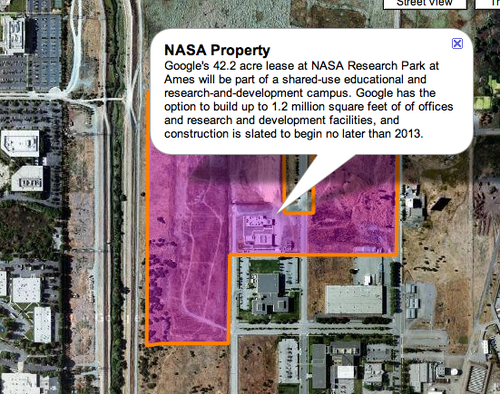
(see it in google maps, or, if you really really want to, in Google Earth)
View Larger Map
Easily The Best Live TV Channel Around
Posted on Thursday, June 5, 2008
Now how do I go about getting an RSS or email message (or better, a live TV player popping up) whenever there is a live EVA going on on NASATV? And what about having the spacewalks made available on-demand? Would I be able to switch cameras myself perhaps? Lots of opportunities to make the NASATV service even better.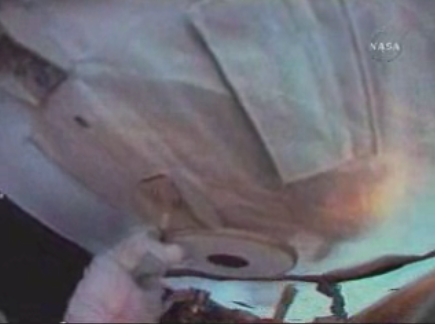
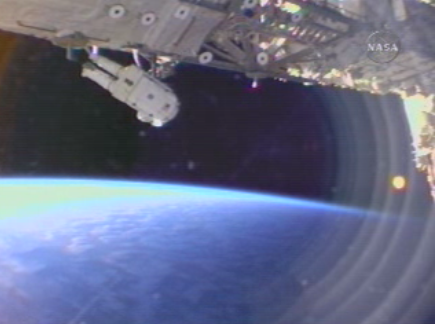
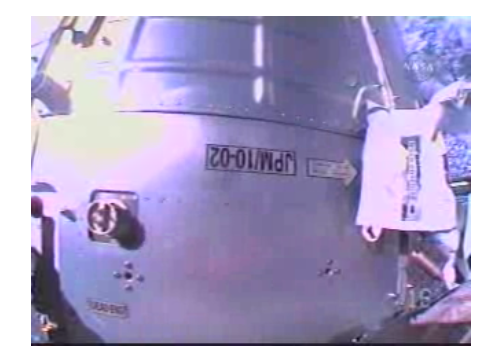
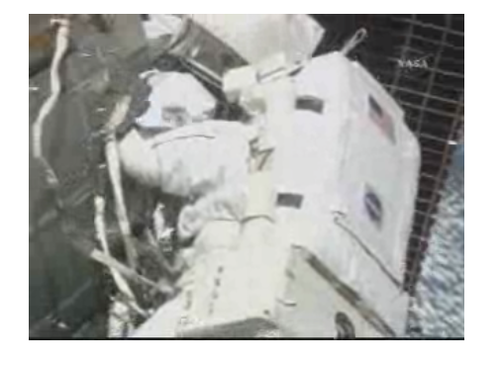
Spacewalk ongoing
Posted on Thursday, June 5, 2008
Excellent background sound and video while working. Especially when mixed in with SomaFM's secret agent channel in iTunes (look for it under radio->electronic). Even better, mix it up with SomaFM's own Space Station Soma channel: Tune in, turn on, space out. Just playing around, I included the NASATV broadcast on this page of mine. U can also get it at NASA.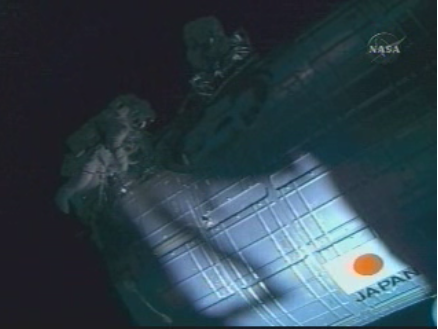
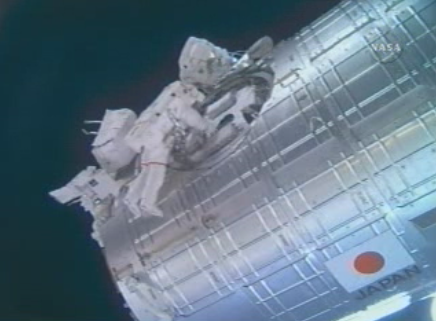
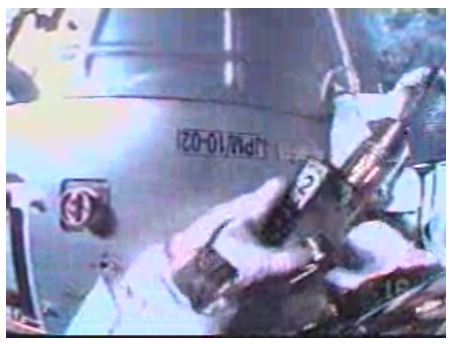
Intergalactic TV
Posted on Wednesday, June 4, 2008
Doing some research on NASATV (wikipedia) I come across a couple of other space agency TV stations, like ESA's (boring not much happening there) and this one from the Russian Space Agency. On the latter, I am welcomed by Mr Ostrovsky, Head of Roscosmos-TV (below). Reminds me of a Dutch show. Too bad they don't have regular TV webstreams ;-).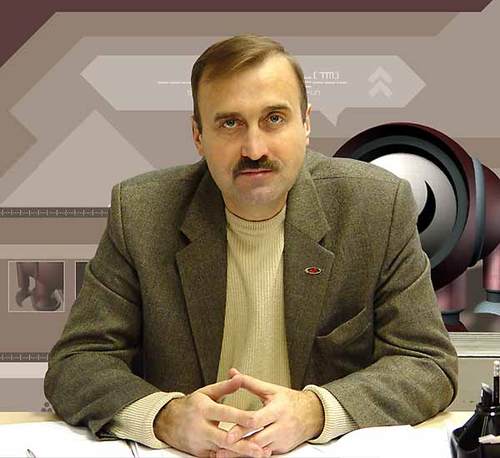
Real or virtual?
Posted on Wednesday, June 4, 2008
Its hard to tell these days if you look at below photos of todays Kibo docking (via).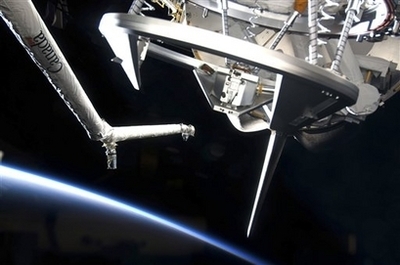
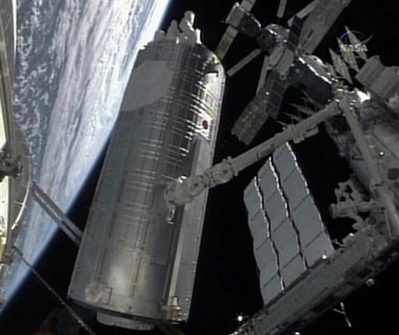
The Awakening
Posted on Tuesday, June 3, 2008
After Phoenix's recent twitter success, satellites are waking up to the opportunity. Its LRO, its LCROSS, its..its...the ISS? The Shuttle? Why not the Shuttle's external tank (it travels a fair bit over land before it gets shot into space), the Deep Space Network antenna's, NASA's Columbia supercomputer ...Hallelujah, let there be light, the sensor web awakens!
(nice job title: for 2 years I was LCROSS twitter. Would like to see some GPS going on at the same time...following all of NASA's hardware around in Google Earth in real time would be kinda neat...)
Phoenix Twitters
Posted on Monday, June 2, 2008
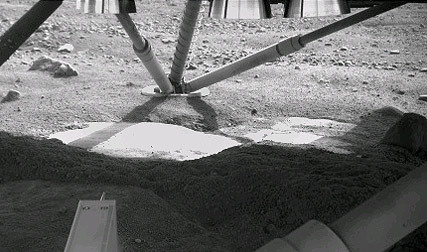
NASA Watch gives us the twitter of all twitters: MarsPhoenix. From an interview in Wired:
...can imagine a future academic writing the clause, "identity creation through character limitation," but the personal touch, even if borne of necessity, caught on with the Twitter community.
Writing from the first person turned out to be mainly a solution to the 140 character limitation on twitter. Nice how evolutionary solutions play into the impersonification of spacecraft.
New (Dutch) Footage From Phoenix Landing
Posted on Wednesday, May 28, 2008
Browsing a New World
Posted on Monday, May 26, 2008
Just before logging off, I am reminded of the resemblance I noticed before between the mission logo of Phoenix and the Firefox logo. Guess it makes sense if you consider the Phoenix lander a physical counterpart to the world's (2nd) most popular web browser. Wonder whether we'll ever get the physical equivalent of greasemonkey scripts on our planetary explorers. Btw, looking for the high-res version of the Phoenix logo, I ran into below image of a mural that was painted on the outer wall of the Phoenix Sci Ops center at the Uni of Arizona. Sweet! (more info here)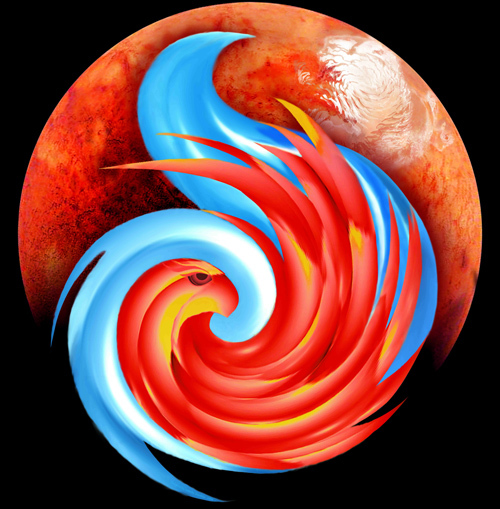
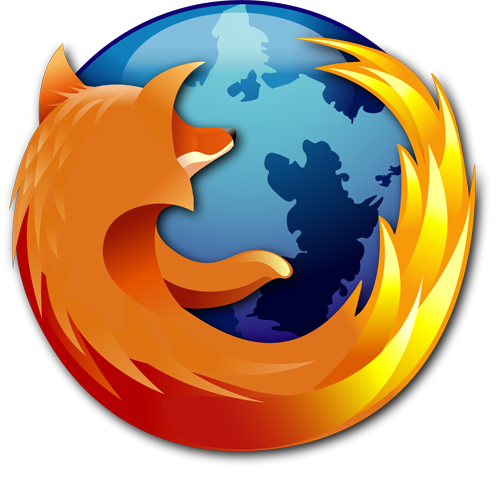

Memorial Weekend On Mars
Posted on Monday, May 26, 2008
Those first images are always the best. Especially those self inspecting views of the spacecraft: where am I? what's my status? Are my solar panels unfold? What's my tilt? how are my feet looking? Would love to see an image of the camera taking an image. Seeing yourself looking out on the desolation of Mars from 680 million km afar. More raw images keep pouring in.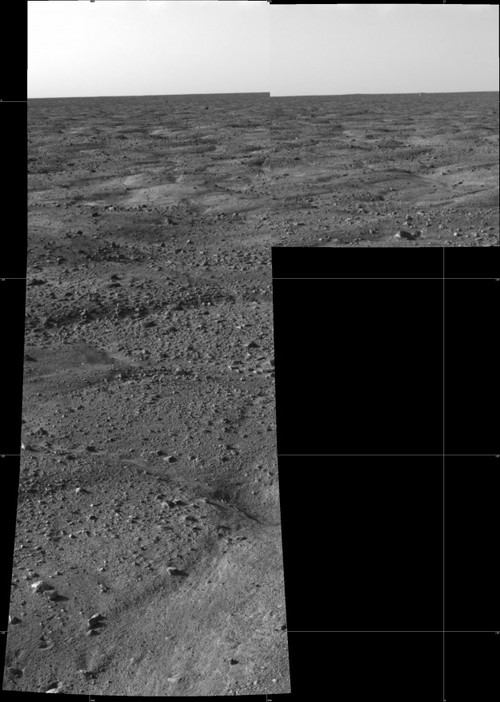
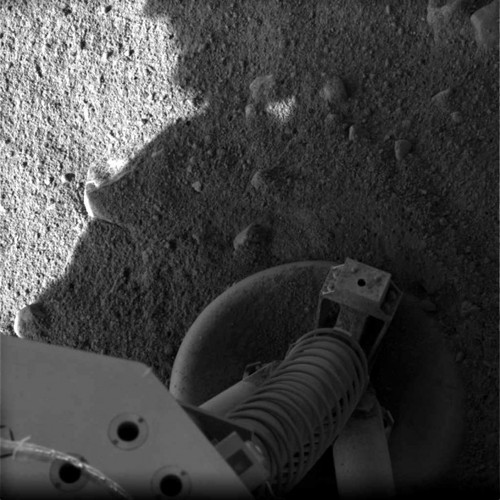
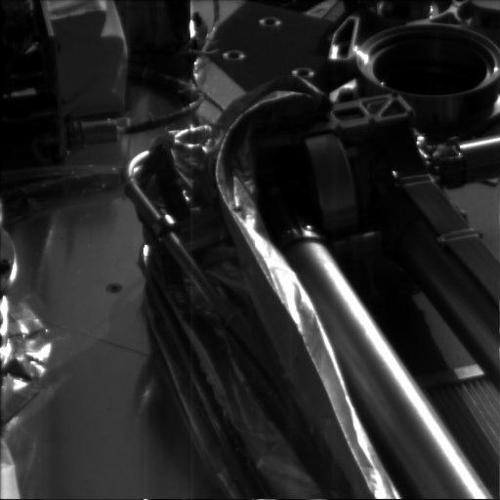
Eat It Jon Stewart I'm Talking To Space
Posted on Monday, May 26, 2008
Phoenix Is Coming To Town
Posted on Saturday, May 24, 2008
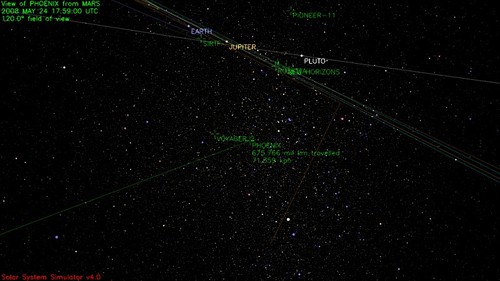
View of Phoenix from Mars (link)
The entire Entry, Descent and Landing sequence takes just about 7 minutes.
Some key times tomorrow, with all times PDT (CET=PDT+9hrs):
3 p.m. (12 a.m) : Begin non-commentary live television feed from JPL
3:30 p.m. (12:30 a.m) : Begin commentated live television feed from JPL
4:40 p.m. (1:40 a.m.) : Spacecraft turns to attitude for atmospheric entry
4:46:33 p.m. (1:46:33 a.m.) : Spacecraft enters atmosphere
4:47 through 4:49 p.m. : Likely blackout period
4:50:15 p.m. (1:50:15 a.m.) : Parachute deploys
4:50:30 p.m. (1:50:30 a.m.) : Heat shield jettisoned
4:50:40 p.m. (1:50:40 a.m.) : Legs deploy
4:51:30 p.m. (1:51:30 a.m.) : Radar activated
4:53:09 p.m. (1:53:09 a.m.) : Lander separates from backshell
4:53:08 to 4:53:14 p.m. : Transmission gap during switch to helix antenna
4:53:12 p.m. (1:53:12 a.m.) : Descent thrusters throttle up
4:53:34 p.m. (1:53:34 a.m.) : Constant-velocity phase starts
4:53:52 p.m. (1:53:52 a.m.) : Touchdown
More on the schedule is available at this inspired NASA page, including the following note:
NOTE: The times below for the Phoenix spacecraft events on May 25 are for a nominal scenario. Remaining navigational adjustments before May 25 could shift the times by up to about half a minute. In addition, the times for some events relative to others could vary by several seconds due to variations in the Martian atmosphere and other factors. For some events, a "give or take" range of times is given, covering 99 percent of possible scenarios from the atmospheric entry time. For events at Mars, times are listed in "Earth-receive time" (ERT) rather than "spacecraft event time" (SCET). This means the listed time incorporates the interval necessary for radio signals traveling at the speed of light to reach Earth from Mars. On landing day, May 25, the two planets are 275 million kilometers apart (171 million miles), which means it takes the signal 15 minutes and 20 seconds to reach Earth. For some spacecraft events, engineers will not receive immediate radio confirmation.
Even more information available at the official websites: NASA's Phoenix page and University of Arizona's Phoenix page.
WorldWind presentation at the Yahoo Brickhouse in SF
Posted on Thursday, May 22, 2008
One of these events which makes me remember why I moved down here from Amsterdam: a presentation on NASA's open source 3d browser at the Yahoo Brickhouse in downtown San Francisco. Great place, great talk, great people. More pictures are at my Flickr. For some reason, I have a hard time finding some more info on the Brickhouse on Yahoo's properties. Weird how they not have a full YBH page up there. Anyway, the video of the talk should become available on the Yahoo Developers Network somewhere next week I was told. I'll update as soon as its up.
Mike Griffin at Googleplex (June 2007)
Posted on Saturday, May 17, 2008
Finally got a chance to see the recording of Mike Griffin's talk at the Googleplex last year. Informative talk. $55 a year per US citizen goes to NASA, out of an average 8k$ yearly tax bill. That's actually more than I'd expected.
World Wide Telescope Released
Posted on Thursday, May 15, 2008
Yep, its here (given the page design you'd mistake it for a Mac site just for a second). Ever since I upgraded to Mac OSX 10.5 (aka Leopard) last week my Parallels XP virtual machine is in a permanent state of reboot so I haven't had a personal interaction with WWT yet, but from the reviews of it over at OgleEarth and The Earth Is Square, it seems to be a pretty nifty application.
Can't wait to get my NASA Macbook Pro exchanged for a proper PC...
Some views to enjoy (until I get back to posting regularly)
Posted on Tuesday, May 6, 2008
web2.0 Expo day 2
Posted on Thursday, April 24, 2008
Today is the second day of the Web2.0 Expo here in San Francisco. It keeps getting better. And busier. Below is a (very) brief impression: morning sessions (including this one on Yahoo answers and their open source platform), the Expo Hall (times 4), and a demonstration marketing for a new mindmapping2.0 tool. The afternoon keynotes are coming in a separate post.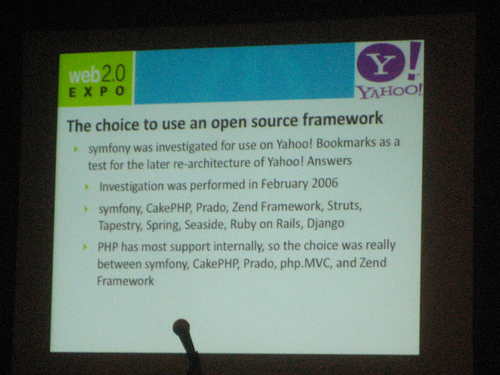
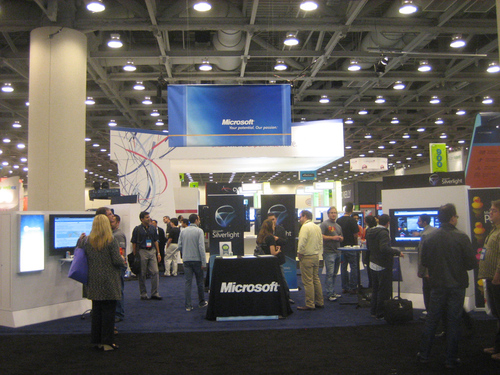
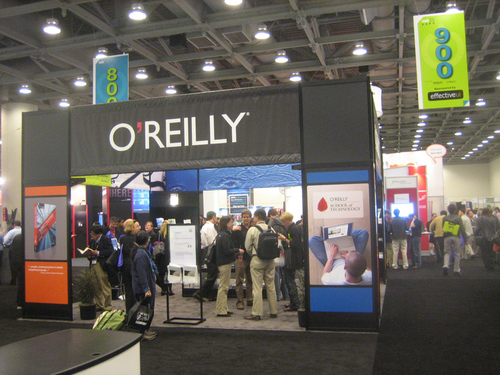
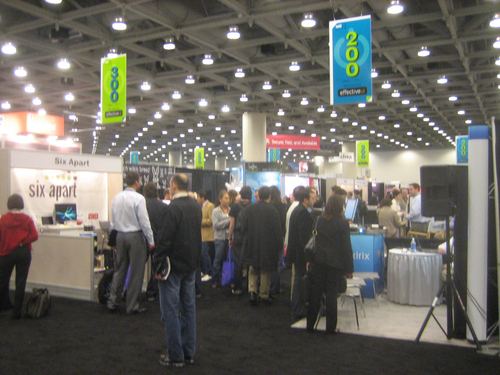

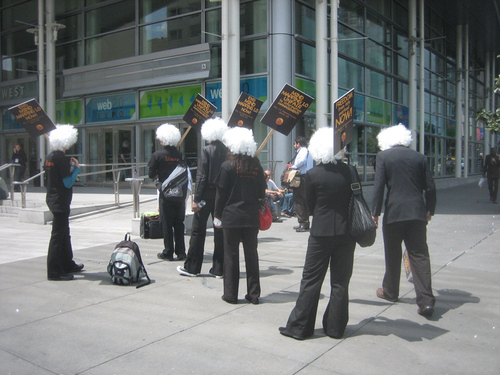
What do you want NASA2.0 to be?
Posted on Wednesday, April 23, 2008
I am here in San Francisco at the Web2.0 Expo in Moscone West, just kicking off with the highly informative 'Building Next Generation Web2.0 Applications' workshop by Dion Hinchcliffe (See some of his slides below).
One of the points he made very clear is the value of data. Data is the new Intel inside as Tim O'Reilly so succinctly proclaimed in his seminal 2005 paper on 'What is web2.0'. The web is a platform. For NASA, its a platform for space exploration. Getting web2.0-ified seems not so much a question of how to gather a data class valuable to its users (after all, who doesn't like images like these, or looking through the eyes of our rovers on Mars, as seen from above), or getting everybody to become rocket scientists (although...mmm...;-), but more the other way around: how to leverage its vast data resources (after all, what are satellites other than data gathering devices) to get the public more engaged in NASA's mission and activities. Space is cool, and you know it. Its just too far away from our daily lives on the web. Give me space exploration, right here, right now, and we'll give you our database of space exploration intentions.
Building an open platform on the web where NASA can easily share all the great data it gathers is the anwser. Be there as the images pour in. Be there as the exploration takes place. NASA2.0 is all about getting NASA's data more available, usable and shareble on the web. Where possible in (near) real time please.
Which reminds me of this post over at the Institute Of The Future about post-scientific society. Well worth the read!
American innovators — with their world-class strengths in product design, marketing and finance — may have a historic opportunity to convert the scientific know-how from abroad into market gains and profits. Mr. Hill views the transition to “the postscientific society” as an unrecognized bonus for American creators of new products and services.And they just released today a new initiative called X2 about the future of science and technology.
A post-scientific society will have several key characteristics, the most important of which is that innovation leading to wealth generation and productivity growth will be based principally not on world leadership in fundamental research in the natural sciences and engineering, but on world-leading mastery of the creative powers of, and the basic sciences of, individual human beings, their societies, and their cultures.
Just as the post-industrial society continues to require the products of agriculture and manufacturing for its effective functioning, so too will the post-scientific society continue to require the results of advanced scientific and engineering research. Nevertheless, the leading edge of innovation in the post-scientific society, whether for business, industrial, consumer, or public purposes, will move from the workshop, the laboratory, and the office to the studio, the think tank, the atelier, and cyberspace.

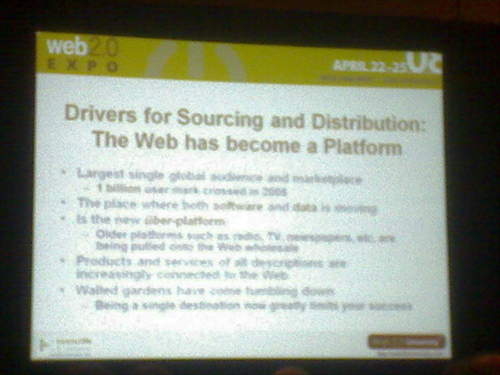
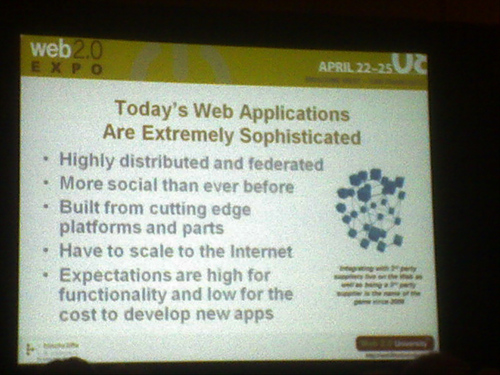
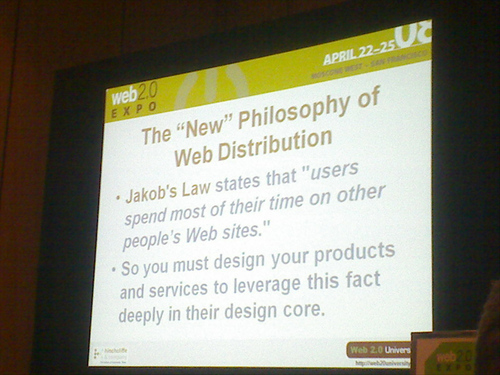
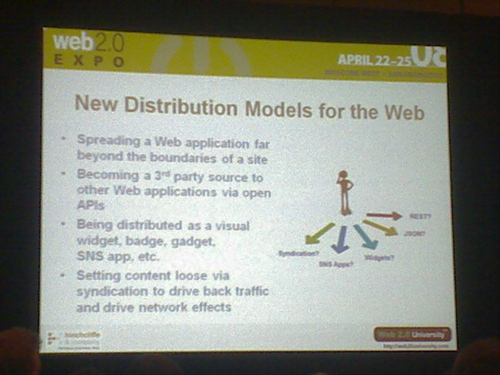
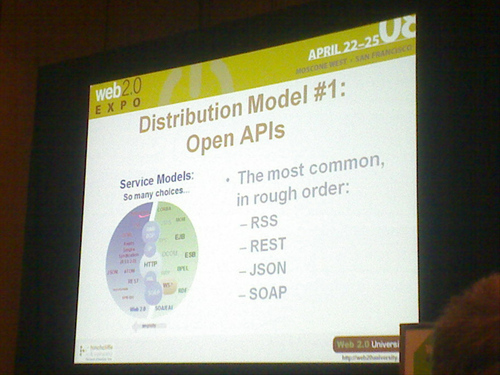
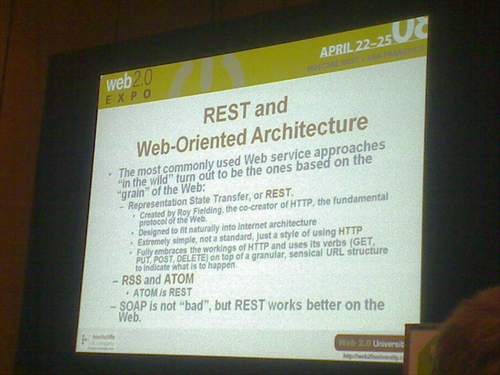
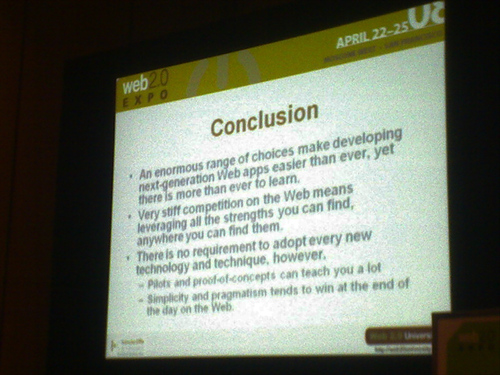
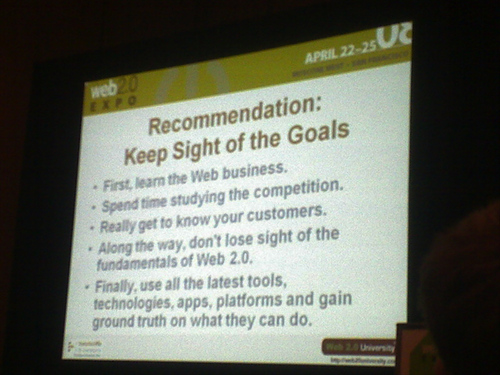
NASA HQ
Posted on Tuesday, April 22, 2008
Ever wondered what NASA HQ looks like from the inside? Here's one take at it, from my visit to DC last week.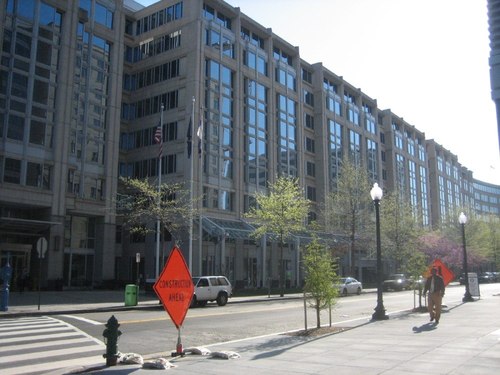

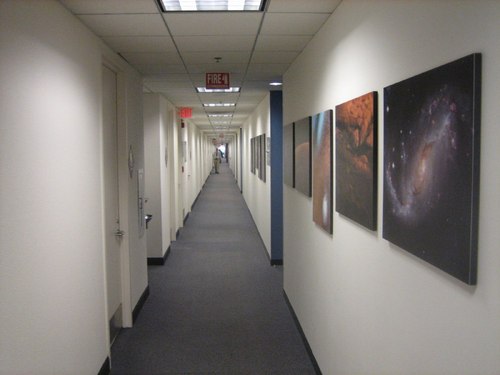
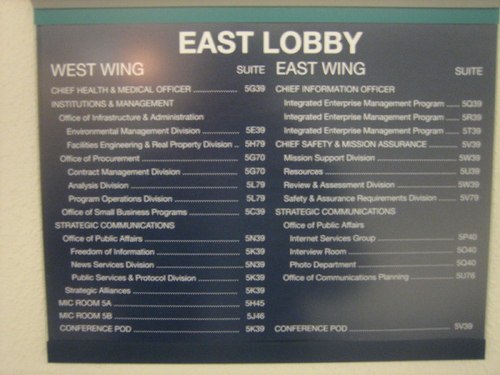
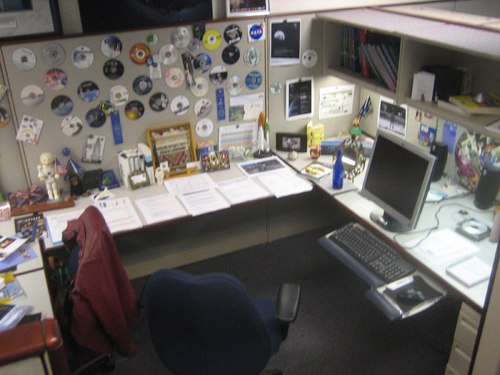
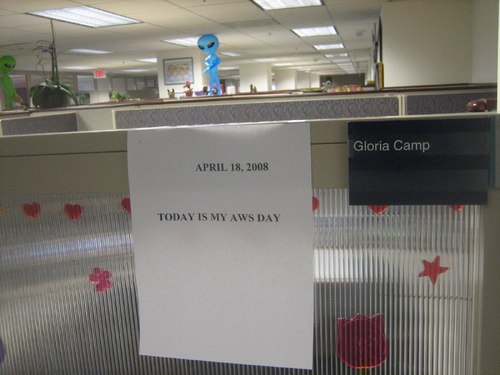
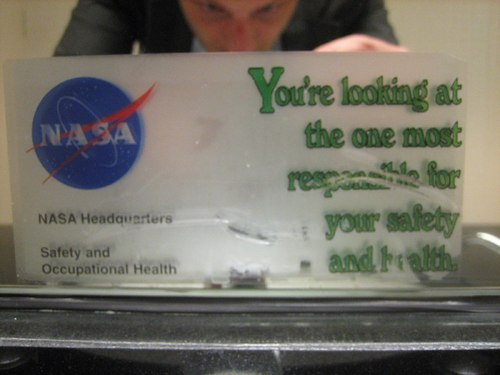
View Larger Map
Space on your computer
Posted on Wednesday, April 16, 2008
A couple of links from DC Dulles Airport:
- I wrote about a GE vis of the ASAT test earlier last year (earlier post). Following users stats on a little Youtube video I made of the STK ASAT scenario, I come across below AGI's Youtube promo video of the ASAT test.
- If you have a minute, have a look at this simulation environment from DigitalSpace. Once installed (PC only) its pretty neat to push the little rovers around and play with the different gravity options (Earth, Moon, no gravity). There are user interface issues but these will probably be solved along the way.
- GE 4.3 was released yesterday. Some cool stuff: Google gave its Earth an atmosphere, day and night time visualisation and a whole lot more I don't have time to test right now. Check in with GEB for a run down of the new features. But wait, did they alter the shortcuts? I can't zoom in/out using Apple+PageUp/Down anymore.
Yuri's Night 2008 Revisited
Posted on Tuesday, April 15, 2008
Ah, we shouldn't forget to mention NASA Ames director Pete "The General" Worden himself of course, the one who is making this outburst of creativity possible here at Ames...(photo via cnet
Yuri's Night 2008
Posted on Tuesday, April 15, 2008
Only at Ames: space & culture in perfect symbiosis (more where this came from @ my Flickr)
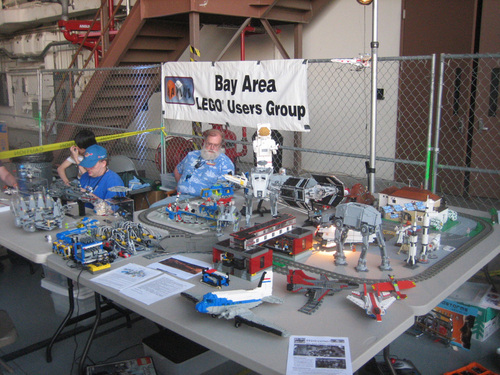
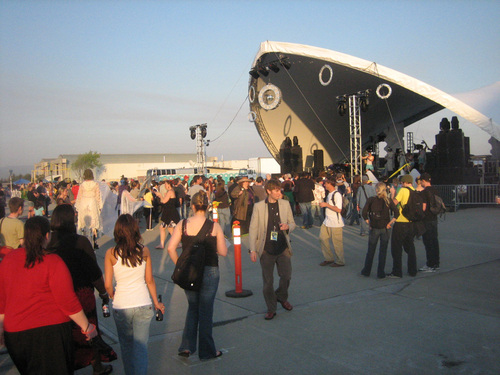
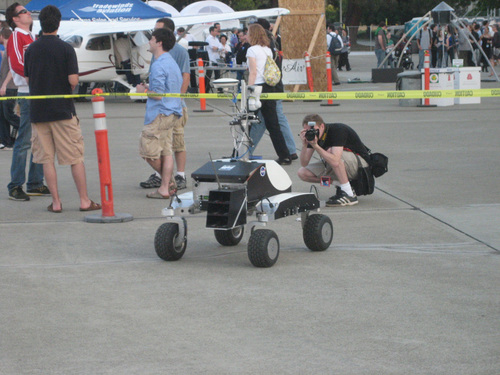
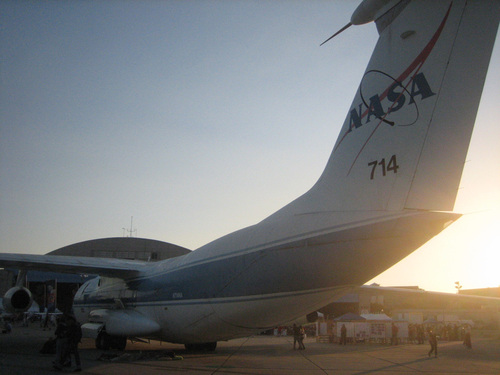
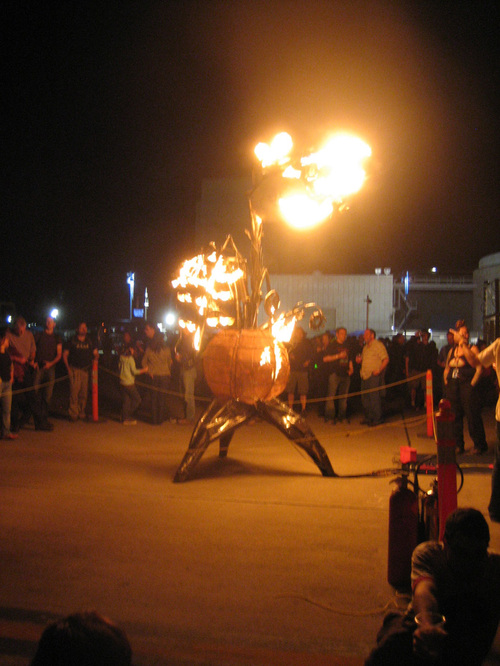

Richard Dawkins @ UC Berkeley
Posted on Friday, March 21, 2008
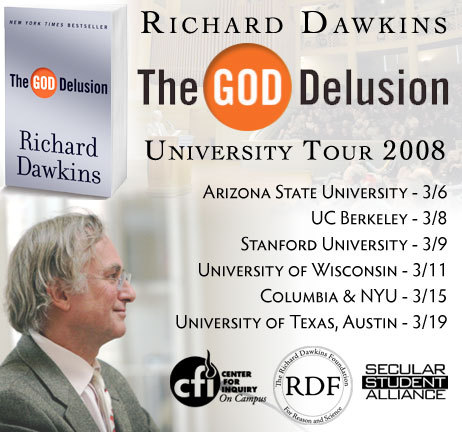

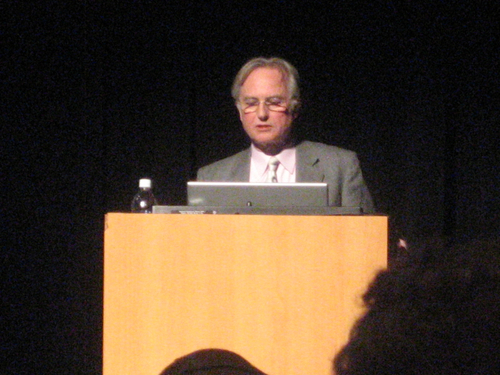
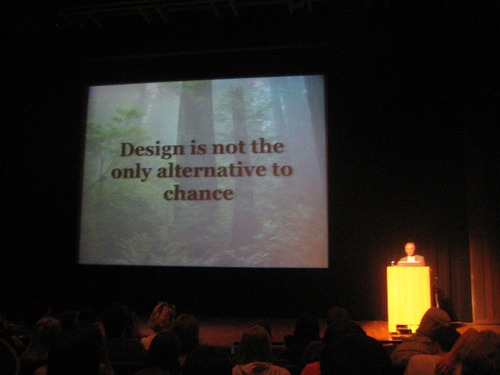
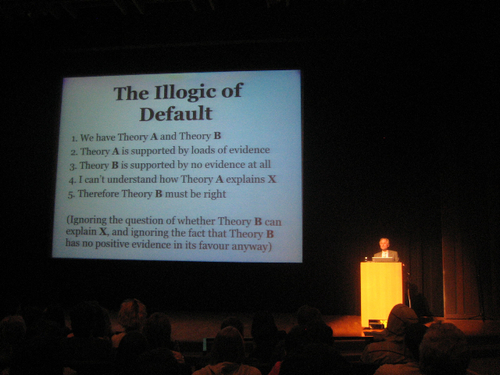
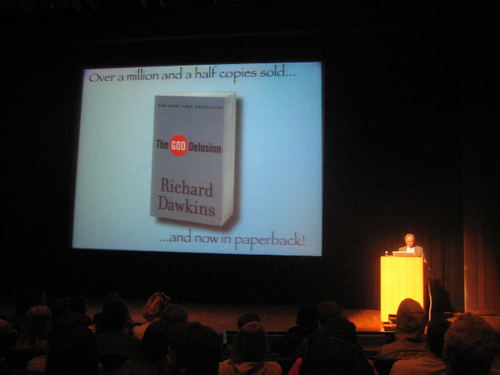
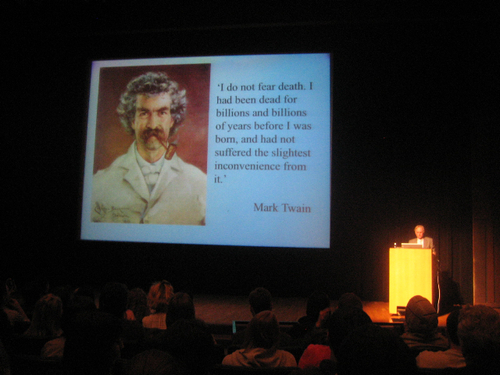
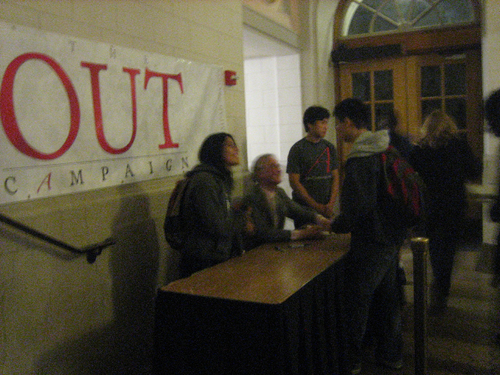
There goes another one from my wishlist. 2 weeks ago I went to see a lecture by Richard Dawkins in the Wheeler Auditorium at UC Berkeley. Although the God Delusion is not my cup of tea (I don't have a religion to loose), my admiration of him comes mainly from his evolutionary work like the Selfish Gene and others. Arriving that saturday evening, things were looking a bit grim at first, I was expecting not a big turn out, but when I arrived there was a large crowd and a long row. Good to see he has a big following in the US. With a bit of luck I managed to get into the auditorium on a standby ticket.
Next on my list: the computer history museum, lunch at Apple and Google HQ, and a couple of others. Keep you posted. Oh, and another one, the Columbia supercomputer at NASA Ames (image below), been there as well wednesday, thanks Creon.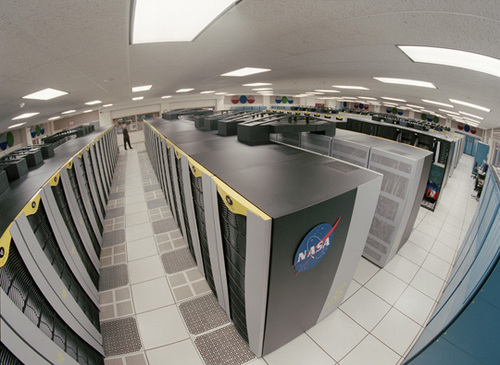
A.C. Clarke died today
Posted on Wednesday, March 19, 2008
...(bbc news)
update: Google's Chief Evangelist Vint Cerf also says goodbye to Clarke in this post. It includes a nice video of Clarke recorded end of last year.
Space To The Rescue
Posted on Monday, March 3, 2008
- Need a good
excusereason to go to New York? Read this NYT review of the MOMA exhibition 'Design and the Elastic Mind'. Makes me wanna go! More at MOMA (via Google LatLon) - TED was on. Missed it. Next year. Here are a lot of good videos from it. Lots of buzz about Microsoft's new move vs Google Earth/Sky: World Wide Telescope. The TED video is here. Indepth reviews at OgleEarth and GoogleEarthBlog. Looking forward to a test drive, which will have to wait untill they release it this spring.
- Just learned that Google is running a www.google.com/space subdomain these days with the following overall statement:
There's nothing we love more than ambitious research with world-changing potential, and space exploration and research have long produced much of the scientific community's most ambitious, even audacious work.
We honor the work that's been done in the past, and want to foster and support that work today and in the future. By supporting space-related research and exploration, we hope to inspire a new generation of innovators to enter the fields of science, technology, engineering and mathematics. We believe that the same imagination and passion that fuels space research and drives those who meet the challenge of space exploration will also help advance research and development in fields closer to our own.
That's certainly a statement I can get my head around, especially coming from an IT/media company ;-)
Btw, I learned about the subdomain here at Ames where Chris Kemp and Matthew Hancher (NASA's Planetary Content team Project lead) showed us the Google Street View equivalent on the Moon: Apollo panoramas...uhm...lunalocated (?). Quite impressive. Story telling is a big part of the overall picture, as both reviews (above) of the upcoming Google Sky competitor are right in mentioning. The possibility to re-live Apollo adventures in their appropriate context is excellent. Its still a bit text-heavy for now, but I am sure that that's gonna change as the platforms evolve. Btw2, for some reason this most recent release of Google Moon (think it was this post d.d. 13th September 2007 where it was announced) didn't make it up the list for me, which makes me wonder: is it time for a dedicated Google Space Blog?
Time to get on the bus
Posted on Wednesday, February 27, 2008
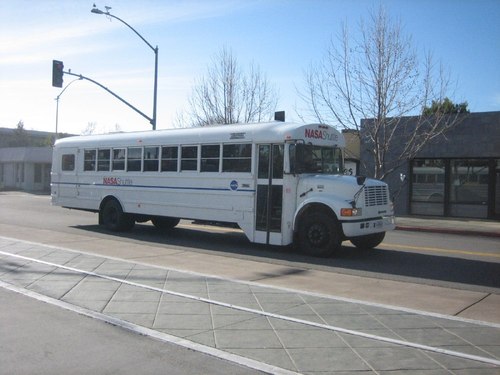
Ok, so its time to give a brief update on my (physical) whereabouts. Since last thursday I moved from Amsterdam to Mountain View, Silicon Valley to work with Chris Kemp and his collegues over at NASA Ames starting next monday March 3rd. Weehoo! Finally, a long held dream is coming true, taking part in the upcoming merger of outer space and cyberspace, right at the heart of where all things space are happening. Couldn't be better!
As for this blog, looks like I will be using it from now on to give you a personal insight in my personal and professional experiences here in the Valley. Sofar, these include a great arrival and first few days enjoying the Bay Area rainy season (yes, it can rain here...), a visit to the Vertical Motion Simulator on NASA Ames premises last friday (for photos have a look at this flickr album), my first NASA vrimibo with Ames director Pete Worden, Chris Kemp and several of my upcoming collegues (vrimibo is short for 'vrijdag middag borrel', Dutch for the traditional friday afternoon drink), a first counter-clockwise drive around the Bay Area, and writing off the first item on my wishlist of things-to-do-when-I-get-to-the-Bay-Area: attending a Long Now seminar in San Francisco (on which more in a follow-up post).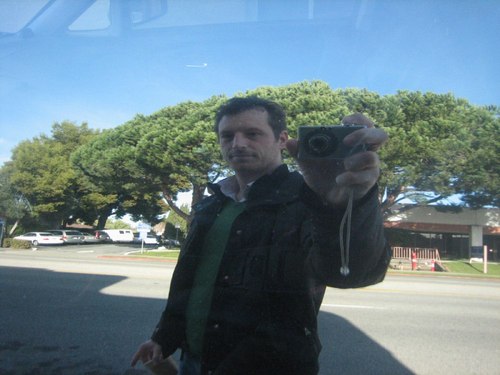
And the 14 Challenges go to...
Posted on Sunday, February 17, 2008
The Grand Challenges for Engineering in the 21st Century. These challenges have been announced Friday February 15th by a Committee including names like Kurzweil, Page, and Venter. Outer space is one of them, but only via the somewhat non-descriptive Challenge to 'Engineer the Tools for Scientific Discovery'. Cyberspace on the other hand gets its own Challenge to 'Enhance Virtual Reality'.
Columbus installed on ISS
Posted on Tuesday, February 12, 2008
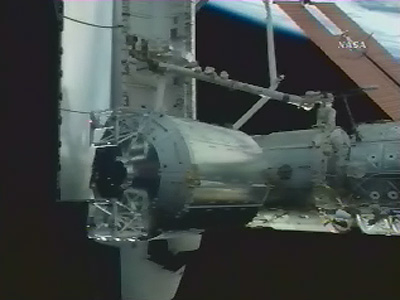
Strange...I thought it would be installed on the other side. This seems to be the place of the Japanese module KIBO. Well, at least the Shuttle docked at the right place. More at ESA.
US space policy
Posted on Tuesday, February 12, 2008
The Space Review runs an article by Taylor Dinerman about US space policy and the challenges for the US space program with a new president coming onboard. The short article ends with the following reminder worth remembering:
Senior space policy expert John Logsdon said that for the next President, the critical moment will come in the fall of 2009 when he, or she has to make decision concerning the 2011 budget. That will be the moment when the US will truly decide if it wants to lead the way in space for the next twenty or thirty years, or not. If the President decides to retire the shuttle and go ahead with the full Constellation program, then the path will be clear; if not, then not only will China probably beat us back to the Moon, as Mike Griffin and Pete Worden have warned, but the US will lose years or maybe decades while it struggles to find a new vision to replace the one that was thrown away.
SpaceCollective.org
Posted on Monday, February 11, 2008

Techno utopianism lives on. Its been a while since we heard from Kurzweil, but I recently came across this website called spacecollective.org, set up by former country man Rene Daalder. From a first peek, it seems to be along the lines of what this blog is all about, that is, evolution of technology and the role of space in this evolution. Spacecollective.org seems to have a healthy critical stance, definitely worth a visit. I like the fact it originates from someone in the film industry, one of the main story telling industries out there and a long time passion of mine. Like the Peppers used to sing:
Space may be the final frontier
But it's made in a Hollywood basement.
Immersive Video
Posted on Sunday, February 10, 2008
Via OgleEarth, 360 degrees immersive video delivered to you through the Internet. Impressive. And shareable, like the ones here below (hint: drag the arrow inside the videoscreen).
Columbus is in orbit
Posted on Thursday, February 7, 2008
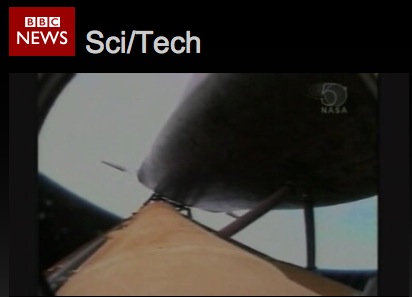
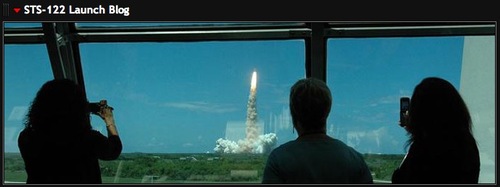
Congratulations to everybody involved!
More at:
NASA STS-122 blog
BBC news (10 min video)
NASA's Day of Remembrance
Posted on Saturday, February 2, 2008
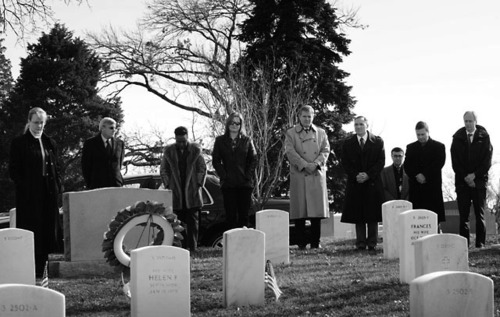
January 31st turns out to be NASA's Day of Remembrance I just found on this NASA page running the following copy:
NASA Deputy Administrator Shana Dale, left, and other NASA senior management participate in a wreath laying ceremony at Arlington National Cemetery as part of NASA's Day of Remembrance, Thursday, Jan. 31, 2008. The wreaths were laid in the memory of those men and women who lost their lives in the quest of space exploration, including the astronaut crews of Columbia, Challenger and Apollo 1.I am struck by the beautiful serene image accompanying the article. Hardly feels like the space imagery we are used to get from a space agency. (((Having watched a lot of Sopranos years ago, I feel my mind is already starting to spin all kinds of stories...)))
The Medium is the Mind
Posted on Saturday, January 19, 2008
Another good reason why to read below book, the following quote comes from the author's blog:
"The medium is the mind," I write toward the end of The Big Switch, arguing, as others have before, that the tools we use to gather, store, and analyze information inevitably exert a strong influence over the way we think. As the internet becomes our universal medium - what the director of the Annenberg Center for the Digital Future terms "a comprehensive tool that Americans are using to touch the world" - its technical characteristics also begin to shape, slowly but inexorably, the workings of our memory and our other cognitive processes.
There goes another space based solution
Posted on Thursday, January 17, 2008
Just watching the keynote by SJ. As could be expected, there turns out to be a good reason why the iPhone doesn't carry a GPS receiver. There is a terrestrial way to get your position with less battery expenditure. Its Skyhook Wireless, they even call it WPS (Wi-Fi Positioning System). Combined with Google's triangulation of cellular network antenna's, the positioning is apparently considered to be accurate enough. There goes the market for Galileo. Reminds me of Iridium and the promises of cell phones by satellite, which was totally swepted away due to the proliferation of terrestrial networks.
Are Humans in Space worth investing
Posted on Friday, January 11, 2008
Via NASAwatch comes this story in the NYT about the question: "Is Space Exploration Worth The Cost?"
The answers by the panelists are certainly worth reading, but what I find interesting is that I more and more tend to read these main articles just to see what the ensuing discussion in the comments is about. In this case, the fact that all panelists have careers tied to the space industry certainly doesn't help to give the article a feel of objectivity, as shown by the first row of comments . Here is another comment worth reprinting:
Economists generally think competition is a good thing, but suddenly once we’re out of the atmosphere everyone is going to cooperate and everything will be fine? All the national governments will join hands, and do everything efficiently?
Without some kind of national/corporate race in space — which is impossible due to U.N. treaties — there will never be much beyond LEO.
I am not so sure the UN treaties are the main problem though, cause even without these treaties, what would be the commercial incentives on which businesses are willing to invest +billion dollars for a market of consumers that's...well...back on Earth?
Where are the Indies again?
Posted on Monday, December 31, 2007

Reading Professor Worner's comments on the 100 years anniversary of German Aerospace on SpaceDaily I suddenly recognise one argument which finally makes some sense to me when it comes to the often used comparison of Columbus' travels to todays space exploration. Columbus set out to find a new route to the Indies (mainly for commercial purposes!), but ended up in America:
Other boundaries are invisible. They are the boundaries of our knowledge. We do not know yet, which discoveries our research with Columbus will bring us. But we do know for certain that we will make new discoveries. Perhaps we may think that we are sailing to India, while we actually end up discovering America...Perhaps this is an interesting entry point when it comes to comparing todays space exploration endeavours with that of Columbus. We have always projected our stories onto the heavens (for a good intro, see the first part of this movie) so I wonder what will be the unexpected outcome(s) of space exploration in the decades to come? Any thoughts? (btw, the image above comes from the AURORA website of the European Space Agency)
Setting Sun on Mars
Posted on Sunday, December 30, 2007
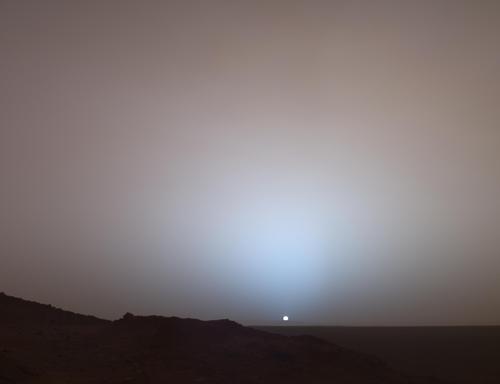
Its the winning photo of a contest over at JPL. Look at the full res image and let it sink in. Quite profound.
Augmenting Reality
Posted on Thursday, December 13, 2007
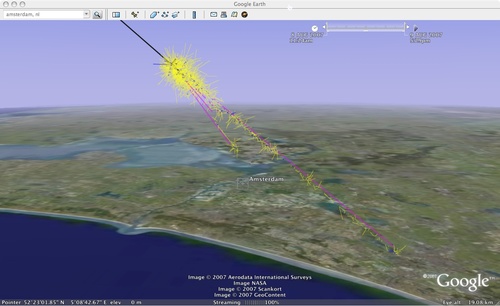
A couple of non-related items I came across today:
- Following a link on Google LatLong I came across this animation in Google Earth of a cosmic ray shower which was done by Leiden (NL) based Cosine Research (one of several companies surrounding the European Space Research Centre ESTEC here in Noordwijk). To view the animation in Google Earth, click the clock icon next to the time slider, set 'Restrict time to currently selected folder' and press the play button on the right of the time slider.
- This is where NASA's Mars research pays off.
- Nicolas Carr links to an article in The Economist about Augmented Reality. Recently I saw this video which tries to capture the idea of AR in video.
- TomTom and Vodafone are working together (in Dutch). Every car becomes a data point in the "realtime traffic jam sensor web". More at TomTom.
Shuttle launch in GE
Posted on Saturday, December 8, 2007
STK's AGI released a visualisation of the imminent shuttle launch to the ISS (via GEB)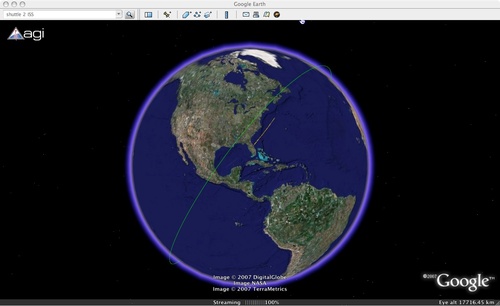
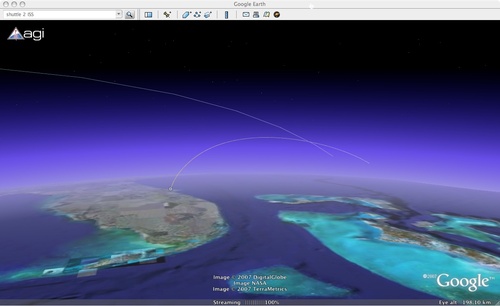
NASA OS
Posted on Monday, December 3, 2007
NASA launched its re-designed portal NASA.gov over the weekend (more at NYT and Wired). First thought: Wow! Great to see a space agency portal evolve into an open platform for space. Second thought: Leopard's Time Machine. Haven't installed the recent OSX update myself yet but at first glance the background of the new NASA portal seems to have a lot in common with that of Time Machine ;-) (earlier post). I'm currently reading Marshall McLuhan's Understanding Media - The Extensions of Man which, thinking of the Extensions of Man out there (aka technology, aka satellites), applies nicely to my Macbook. I guess in the not too distant future we'll be able to pick our favorite live satellite stream as the background to the NASA portal (like this one from SOHO). Too bad exposé doesn't work on the NASA portal because I find myself hitting the top right corner of my screen every time I want to have a look at the background. Some NASAwatch reader comments on the redesign are here.
Another inspiring release came out this week from NASA: the proceedings of the Participatory Exploration Summit held earlier this year @ Ames.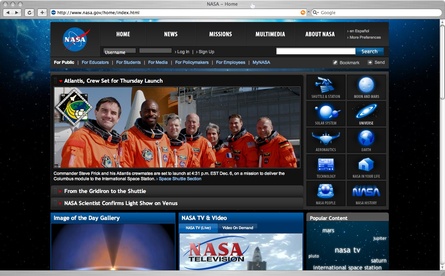
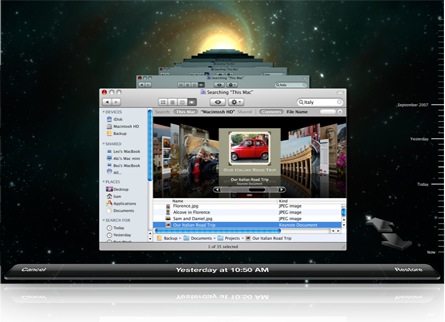
Presidential POVs on space explo
Posted on Thursday, November 29, 2007
When US presidential candidates get asked about their stance on space exploration, its always helpful to read what science fiction writers have to say about it. Agreed, space exploration is very different from the topic of space colonisation, but still its worth reading Charles Stross' take on the latter, even if only for the 1AU=1cm metaphor and the ensuing discussion in the comments.
Just found a good quote in one of his other articles:
Of course, aside from making it possible to write very interesting science fiction stories, the Singularity is a very controversial idea. For one thing, there's the whole question of whether a machine can think — although as the late, eminent professor Edsger Djikstra said, "the question of whether machines can think is no more interesting than the question of whether submarines can swim". A secondary pathway to the Singularity is the idea of augmented intelligence, as opposed to artificial intelligence: we may not need machines that think, if we can come up with tools that help us think faster and more efficiently. The world wide web seems to be one example. The memory prostheses I've been muttering about are another.
ISU2
Posted on Tuesday, November 27, 2007
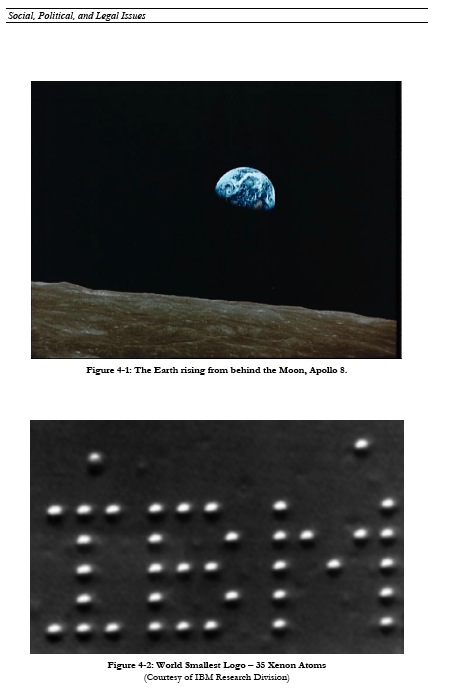
Erik Laan points me to this post about the ISU2 working meeting held at Ames Research Center yesterday and today:
The ISU-2 Working Meeting is being hosted by NASA Ames Research Center to bring together key individuals to brainstorm the concept of the International Singularity University (ISU2) and to answer certain fundamental questions and plan for a "Founders Conference" expected in Spring 2008 and an inaugural Summer Program in 2009 in the Bay Area.International Singularity University (ISU2) which would educate attendees on the history, current status, trends and projected futures of these technologies. ISU2 will facilitate students to form networks, study the implications of exponentially advancing technologies (nano, bio, AI, etc), the cross-disciplinary interactions, and legal, policy and societal implications which will result. ISU2 would be modeled on the concepts and practices pioneered by the International Space University (ISU) during its past 20 years of operation (1987 - 2007).
Date: 26-27 Nov 2007
Location: NASA Ames Research Center, Moffett Field, CA, US
Web Site Address: http://www.arc.nasa.gov
Way to go Ames! I am an alumni of ISU1, that is, the International Space University, where I participated in the '06 summer session Team Project dealing the impact of Micro & Nano Technologies for space so I am thrilled to see the ISU formula being applied to a topic that is close to my heart. In fact, I think I'd gladly follow the ISU-2 summer session cause it'll have a lot of interesting ground to cover. And Silicon Valley is the right place to be when it comes to the Singularity. ISU1 summer session 2009 is already scheduled to be hosted at Ames so '09 promises to become a truly remarkable summer over in Mountain View.
Google Space Agency
Posted on Monday, November 26, 2007
A quick backlog of links related to the Google NASA coop. They're working on it down at Ames in what is called the 'Planetary Content Team' (nice title):
The Planetary Content Team at NASA's Ames Research Center develops software that makes it easier for scientists and engineers to publish and access Earth and planetary imagery and data via the Internet. This includes both educational/outreach content aimed at the general public as well as technical data aimed at the scientific community. Headquartered in the Intelligent Systems Division at Ames, the team also includes partners in other areas of the agency and elsewhere.
They do both the NASA Google Moon work (Google maps only sofar but they're working on a Google
“NASA’s objective is for Google Moon to become a more accurate and useful lunar mapping platform that will be a foundation for future Web-based moon applications, much like the many applications that have been built on top of Google Maps,” said Chris C. Kemp, director of strategic business development at NASA Ames. “This will make it easier for scientists everywhere to make lunar data more available and accessible.”That's gonna come in handy when the robots are going to land on the Moon in the decades to come.
View Larger Map
Space Explo's Value Propositions
Posted on Monday, November 19, 2007
The Register today writes under the title 'Americans clueless on NASA budgets' :
A recent survey, carried out on behalf of The Space Review, has revealed that the average American believes a quarter of the country's public purse goes towards funding NASA.Unfortunately, The Register gets its facts wrong because the survey was never conducted on behalf of The Space Review but merely written about on The Space Review, which happens to be one of the more interesting space blogs to read out there (together with NASA Watch and spacecynics). Going to the original article quoted above, I find 2 great articles on space exploration, relevance and customer value: Part 1 and Part 2. On the spot! It's a relief to read this as it provides a pretty clear cut picture of space exploration and its place in modern day consumer market thinking:
The survey found that most people reported the belief that NASA is almost as well funded as the military. The Department of Defense does receive roughly 21 per cent of the nation's wonga, but most people overestimated this by a further 12 per cent.In reality, NASA gets something like 0.6 per cent of the natonal budget, a fact which researchers report came as a surprise to those being surveyed. According to The Space Review, one participant replied "No wonder we haven’t gone anywhere!".
The survey formed part of a larger analysis of the costs and benefits of having a publically funded space agency. The writers argue that people have scant knowledge of what NASA actually does. Combined with the huge overestimates of the cost of running NASA, it is not surprising that people often regard it as being poor value for money.
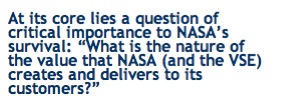 .
.
Some thoughts following the Space Explo Conference
Posted on Tuesday, November 13, 2007
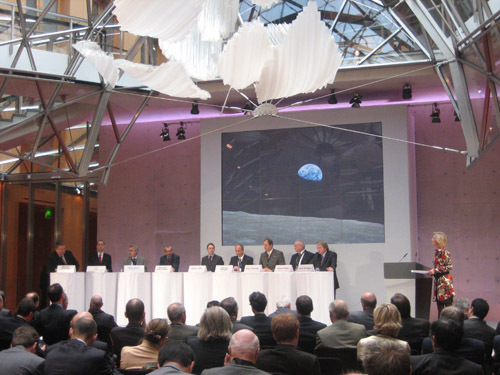
Update 15 November: I was told at ESTEC today that videos of the conference will indeed be posted lateron once they are finished with the editing.
I went down to Berlin last week to attend an ESA/DLR conference on the future of Space Explo in Europe. A lot was said, presentations were abundant, and the various stakeholders (in particular politicians, space agencies and industry) gave their view on what Europe should be doing in the years to come on space explo. One of the main outcomes of the conference: the European Space Exploration Strategy has been reworded to the European Space Exploration Programme...he, these things can make a world of difference.
Interestingly enough, the M word, as in Moon, is still hard to pronounce by Mr. Sacotte of ESA as the agency has decided it should focus on the Mars. Seems this is a position they took when NASA was fully engaged with Mars exploration back in the early 00's. However, since then, Bush has redirected the NASA strategy towards bringing humans back to the Moon, and it seems hard for ESA to bring its strategy in line with this redirected global explo agenda. So while all countries pulling any weight in the space explo arena, China, India, the US of A, all have their focus on the Moon, Europe seems to be struggling with their lock-in in thinking about the Mars (the English pronounceation of native German speakers brings some funny mashups, as in talking about the Moon vs talking about the Mars). Germany however isn't fooled and recently announced its plans to develop a national lunar probe, something that was re-iterated at the conference by DLR Director of Space Programmes Mr. Dollinger.
There was a point where I got intruiged about the way they talked about the usual dichotomy between robotic (unmanned) and human exploration. Usually, this debate quickly ends in the trenches where the proponent on either side digs him/herself in with the usual arguments, leading nowhere. A first smart remark in this context I remember from US astronaut Jeffry Hoffman (of Hubble repair fame) who made the comment at ISU about the complementariness of humans and robots (I don't remember his complete argument, but given that he went up to space to repair a robotic explorer kind of paints the picture of his understanding). At this conference, there was the same question on the table. On itself an interesting question and space is one of the few places where this comes up all the time due to the shear costs involved in sending humans up. This time, it felt as if the conference participants, all human to my knowledge, where there to make a strong case for human exploration...because all of us attending were human. It seemed there was a stance in the robotic/human debate about us against them. Its the first time I interpreteted the debate this way, but it makes for an interesting perspective on where things might be going. The drive to explore doesn't change, its the means that are under scrutiny. Another argument in this context, one that I made together with an ISU collegue last year at a presentation was the following: the most efficient space suit is one without a human inside.
Another important topic which seemed to come up every 5 minutes during the conference was the need for communication of why Europe needs to take part in this global exploration agenda. Well, I guess its true then. The 'Artist as Space Explorer' space & the arts exhibition was nice in that respect but I had a strong deja vu of some 7 years ago when I was involved in a similar type of set up for ESA and the exhibition was mainly used as decoration around the bar with free champagne. Not that different here. Still, it appears there is a little seed taking root at ESA. Hope they'll let it grow...
If this were the web2.0 Summit held in San Francisco last month, the presentation videos would have been online by now. But this is a meeting of much less importance so no videos yet (space exploration...wasn't that something with Apollo?). I really hope they put some videos of the conference online, but given ESA's track record of keeping the walls high and dry, I have my doubts. I'll certainly address it when I get to ESTEC this week. Also in terms of putting the presentations online. If you're interested to put some faces to names, have a look at the flickr photoset I uploaded with the main talking heads. Below pictures were from a presentation by astrophysicist Hans-Joachim Blome about the Cultural Dimension of Human Spaceflight and Exploration. He managed to stay out of the usual paths and gave a glimpse at exploration from a scientific evolutionary point of view. I hope to receive his presentation later this week so I can post it here. 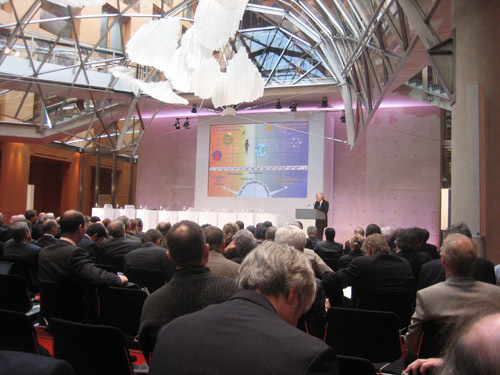
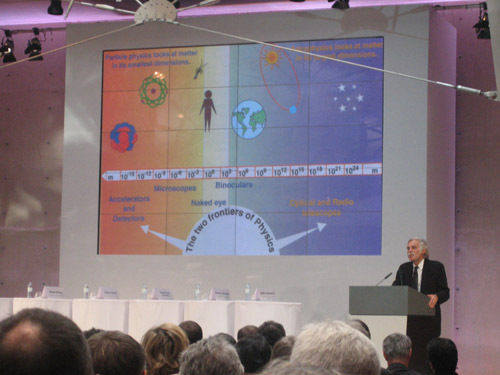
Its Getting Pretty Big Out There..and Beautiful...
Posted on Tuesday, November 6, 2007
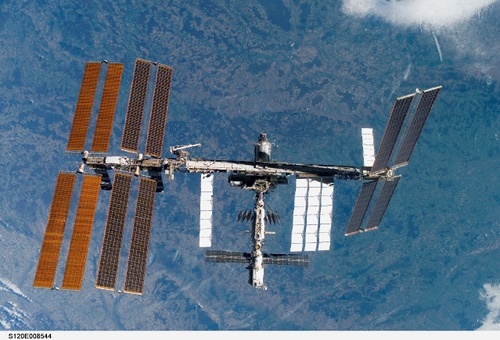
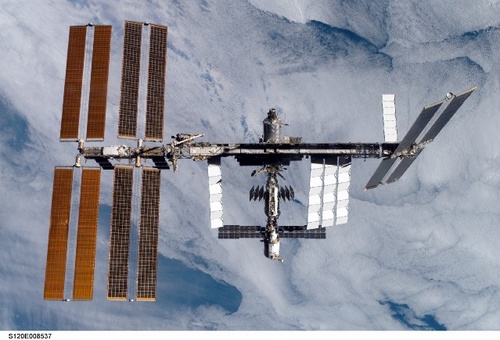
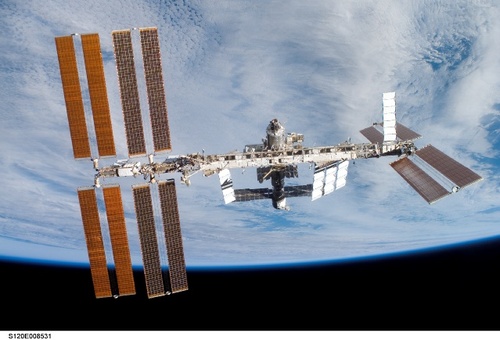
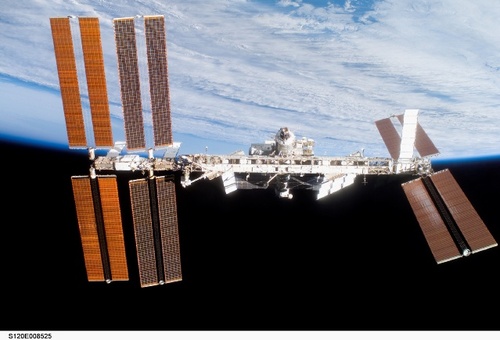
(via NASA Watch)
Vint Cerf on the Status of the Interplanetary Internet
Posted on Sunday, October 21, 2007
Found at SpaceDaily:
Internet preparing to go into outer space (nice title!)
After expanding across Earth, the Internet is now set to spread into outer space to reach parts no network has gone before, one of its co-creators predicted Wednesday.
Vinton Cerf said the proposed "interplanetary" Internet would allow people an ability "to access information and to control experiments taking place far away" from Earth.Expanding into the solar system would bring new rules and regulations too, he told an annual Seoul forum, saying he and other experts were working on a set of standards designed to guide space-era Internet communications.
"Finally, the Internet can take us where no network has gone before," said Cerf, who is Google's vice president and chief internet evangelist,
He said he and a team of engineers at the California-based Jet Propulsion Laboratory would complete a key part of the project -- establishing standards for space communications like those for Internet -- in three years.
Cerf told a separate news conference that new standards were needed because of the huge distances and time delays involved in communication across space.
He went on: "This effort is now bearing fruit and is on track to be space qualified and standardized in the 2010 time frame.
"Eventually we will accumulate an interplanetary backbone to assist robotic and manned missions with robust communication."
Sign up now: your 7-day excursion to on the Moon
Posted on Sunday, September 30, 2007
Doing some overdue reading on developments in the space explo arena, I am struck by below slides depicting an assessment of possible Lunar sorties in NASA's latest Lunar Architecture update (Sep'07). They give a pretty good first grasp of the distances involved when future astronauts r gonna have a great time driving around the Lunar surface with their Moon buggies. Looking forward to joining them near real time from behind my computer (with only a 1.5 sec lightspeed delay). Another report text worth a look at is the Global Exploration Strategy (May'07) as it provides an interesting (albeit somewhat romantic) view of space explo in an effort to globally coordinate space exploration agendas into a global exploration strategy. Harnessing the collective space intelligence...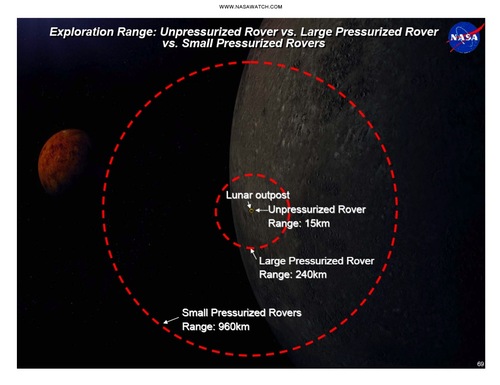 ;br>
;br>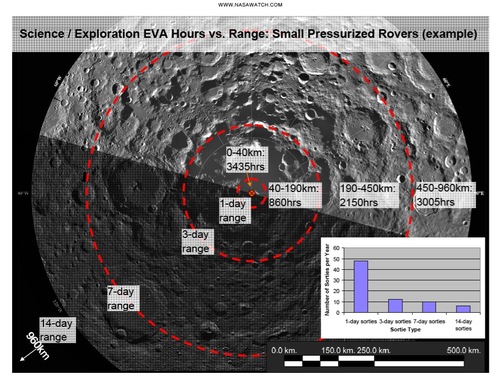
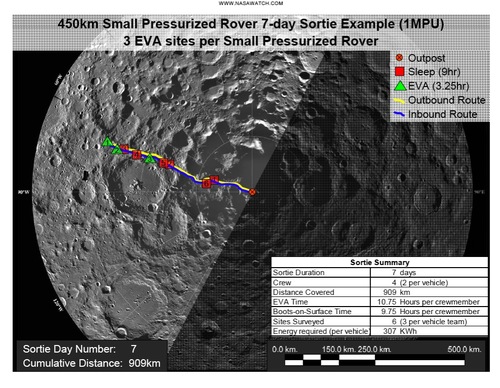
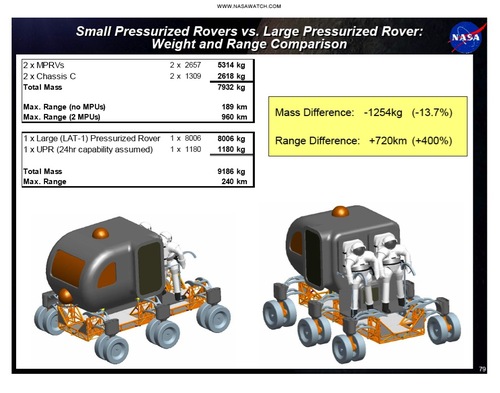
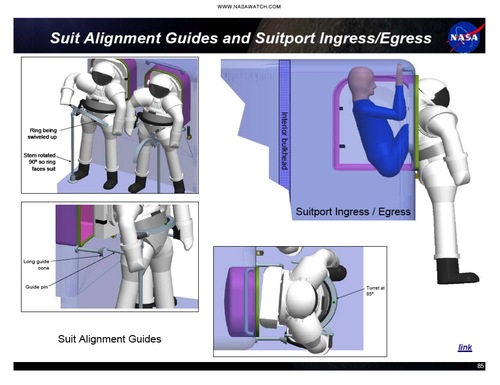
Evolutionary benefit from Space Explo
Posted on Thursday, September 20, 2007
Reading up on the Google Lunar X Prize at the BBC I come across this quote from Peter Diamandis, X Prize founder (and ISU founder):
"We are confident that teams from around the world will help develop new robotic and virtual presence technology, which will dramatically reduce the cost of space exploration," said Dr Peter Diamandis, chairman of the X-Prize Foundation in a statement.Working in the space business, one question that keeps me busy these days is trying to understand which of the technologies to be developed for the "space race to come" will influence society on the long run. Computer chips have gained evolutionary benefit from both the military (nuclear missile guidance systems) and the '60 space race (Apollo descent stage). If history accounts for anything, it is pretty clear spin offs from endeavours such as space exploration will play out in society in unexpected ways. With the X-prize's emphasis on robotic exploration and telepresence technologies, I bet you there will be more of this fusing into society in the decades ahead, the question is only how exactly. By the time space exploration gets anywhere, I doubt we will experience the world as we do today.
A launch US style
Posted on Wednesday, September 19, 2007
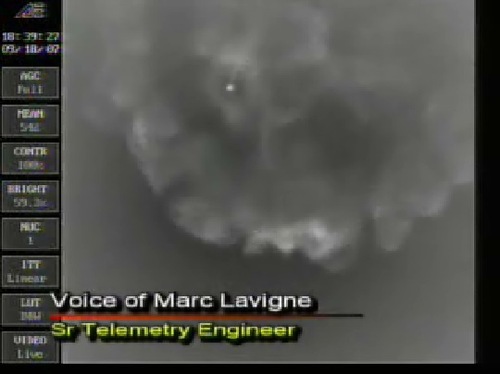
Somewhat different from the YES2 launch (earlier post), this Delta-2 rocket carrying WorldView-1 (soon in a GoogleEarth near you) follows the rocket all the way up to MECO, 2nd stage ignition and fairing separation. Quite an impressive video (via O'Reilly Radar)
Google + X PRIZE = Lunar X PRIZE + Google Moon
Posted on Thursday, September 13, 2007
Update: more at Wired & CNN.
Just in: Google Sponsors Lunar X PRIZE to Create a Space Race for a New Generation. More at googlelunarxprize.org. At the same time, Google's LatLon blog announces an update to their version of Google Moon, an outcome of the collaboration between Google and NASA Ames.
Today's NASA Slogan: All Your Space Are Belong To U.S.
Posted on Sunday, September 9, 2007
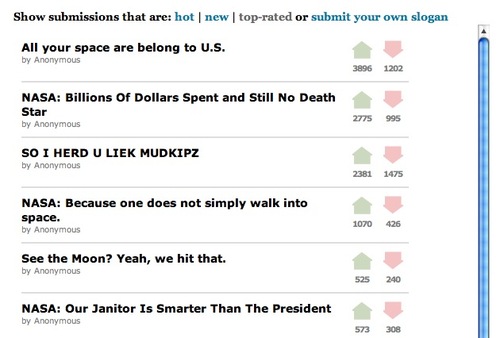
Wired is running a crowdsurfing NASA slogan contest to see if its readers can come up with a better slogan than the recently selected "NASA explores for answers that power our future". Starting out as a gimmicky blogpost (read a long list of proposed-slogans-as-comments here), the large number of entries have moved the contest to a more sophisticated system (the NASA Slogan Reddit Tool!) where people can cast votes on the various entries. Above image shows the top-6 of today, Sunday September 9th 2007.
Sofar, many of the proposed slogans go back to NASA's glorious past, poking fun at present-day achievements. With the CEV vehicle (aka Orion) resembling Apollo all the way down to the parachuted landing (water or land, what does it really matter?), having a slogan referring to the successes of the past seems to me to match NASA's own state of mind (yep, its the the wisdom of crowds allright). In that sense, having a slogan bringing back the glory days of NASA isn't all that far fetched if you ask me...I mean, how inspirational is this graph: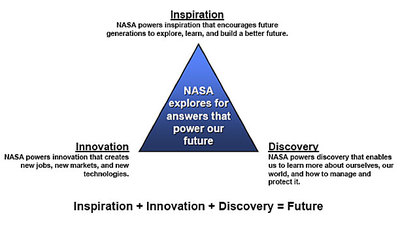
compared to this image: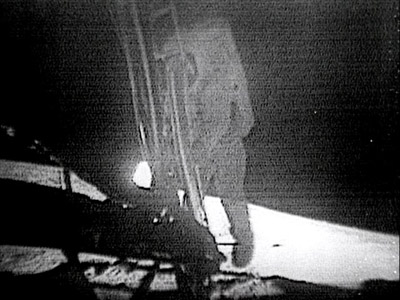
Would be nice to have the WIRED contest run indefinite while NASA's Vision for Space Exploration unfolds, having something like a NASA Slogan Zeitgeist over the coming decades. Btw, if you're interested, some more background information on NASA Strategic Communications can be found in this powerpoint pdf.
Google Earth and Google Sky Currently Don't Connect
Posted on Friday, August 31, 2007
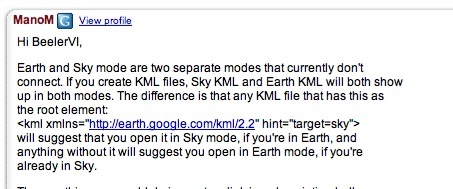
Currently..? Above screendump shows a response by Googler ManoM on the KML Developer pages which caught my eye while doing my weekly checkup on new discussions and topics. Still no time to do a proper scope of all the new stuff that came out with kml2.2 and Google Earth 4.2 but this provides an interesting lead when I'll find that time.
NASA2.0 & OBE
Posted on Saturday, August 25, 2007
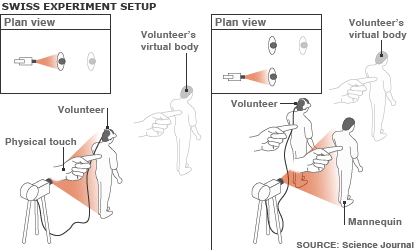
Another good move by NASA: NASA partners with Internet Archive to put space archives online. More over at CNET NEWS. Meanwhile, in Lausanne, a team of researchers recreated an Out-of-Body Experience in the lab...sweet.
Google Turns To The Sky
Posted on Thursday, August 23, 2007
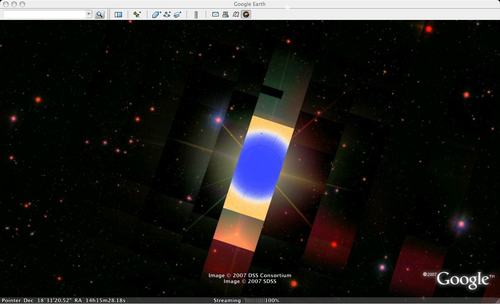
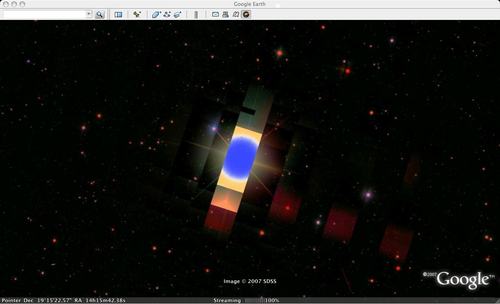
If you haven't heard about Google Sky yet, well, than you're not reading Google LatLon, Google Research blog, the Official Google Blog (that's a lot of Googleblogs...), Google Earth Blog, OgleEarth, BBC NEWS and all the rest of the Blogosphere which has found their way to Google Sky. I'm a bit short on time so I'll just let the others do the first scoop of its features. I plan to come back with some personal insights when I find a chance to spent a good few hours with it. Diving in for the first time, above views I found quite intruiging as a universe kind of equivalent to the patchy Earth that is Google's Earth.
NASA and Microsoft: Photosynth Exploration
Posted on Monday, August 6, 2007
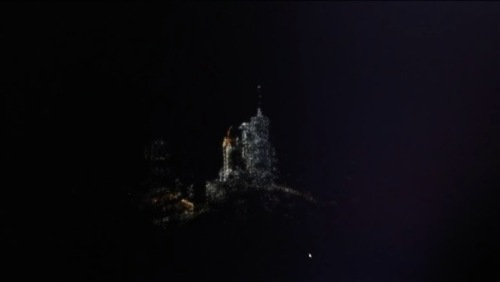
Just in (and spreading on the Internet like a wildfire, like here, here, here and even here): NASA & Microsoft collaborate by making available a Photosynth environment of the Shuttle launch pad at the Cape. Beautiful job!! (its only viewable on XP SP2 or Vista, but for Mac users there is at least a video to see what they are missing ;)
I remember posting a remark on the Photosynth website once suggesting they'd make a Photosynth environment of all Earth photos taken from space, but I wonder whether that is actually feasible given de lack of depth of these images and the changing weather patterns.
Btw, in case you're interested, here's a 58min GoogleVideo going into some of the details of a tool like Photosynth, except this one is not Photosynth but Photosketch (via).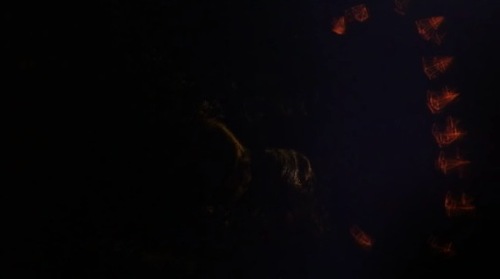
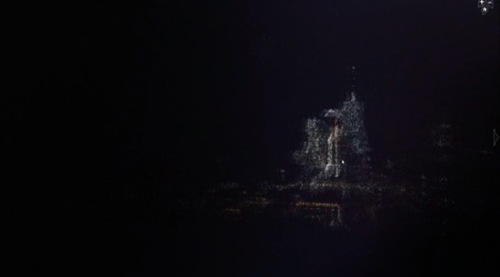
Dry Run on Earth
Posted on Monday, August 6, 2007
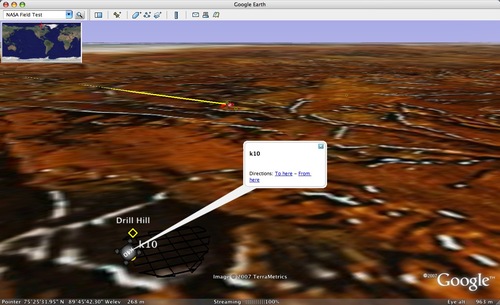
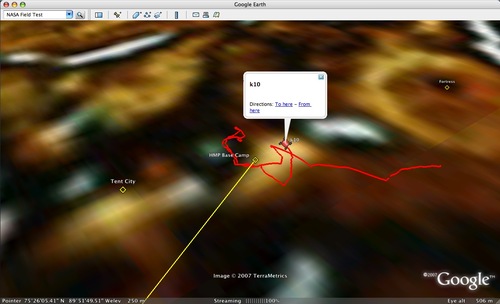
The NASA Ames Intelligent Robotics Group is using Google Earth as part of the communication of their robotic field test up in the Arctic region of Canada:
From July 10 through August 3, 2007, the Intelligent Robotics Group is conducting a robotic field test in Haughton Crater (Devon Island, Canada). Two NASA Ames K10 rovers, "Red" and "Black", will be used to perform surveys of several simulated lunar outpost sites, including a roughly 700m x 700m region called "Drill Hill." The rovers will carry ground penetrating radar to map subsurface structure and a 3D scanning laser to map terrain topography.For all I know it could be the real thing taking place on the Moon right now. And I just read that NASA on a slow month has some 4 million unique visitors to its portal...from the US alone.
Google NASA co-op update
Posted on Wednesday, August 1, 2007
Google Earth CTO Michael Jones gives a brief update on the Google-NASA co-op in this article 'Geospatial Democracy' (30th July 07):
Google and NASA have entered a partnership to make NASA’s information available on the Internet. How is the work progressing?JONES: There are technical challenges and logistical challenges. NASA is a federal agency with federal employees, and just the style of management is a little bit different than Google. It’s not better or worse. NASA is more like a real company, and we’re more like a bunch of graduate students.
We spent a honeymoon period just trying to figure out the tens of thousands of kinds of data that NASA has. Each of their researchers feels their data is the most important data in all of mankind. But which of that data is the most important? So we’ve had a lot of juried, refereed internal NASA panels deciding that historic pictures of the moon might be good, but the temperature of Pluto might not be.
So we’re working on that, and then we were working together on getting the data organized and marshaled so that it could be rolled out on Google Earth.
Northern lights in Google Earth
Posted on Thursday, July 26, 2007
My Spanish ain't what it used to be and I can't seem to find a kml/kmz file for it (its available at the blue GE button on the bottom of the post), but this seems to be a neat cyberspace-outerspace mashup: Aurora Borealis in Google Earth.
See the video here below:
Twitter As The Sixth Sense?
Posted on Wednesday, July 25, 2007
I have some vague but strong memories of reading a book as a kid where on another planet a civilisation evolved to a state where they could communicate via telepathy. In my memory, this way of communication felt surprisingly natural, so natural even that I hardly took notice of the fact that it was actually way off from the way we normally communicated on this planet in the 20th century...
Fast forward to 2007: mixing up web2.0 with space explo (or the other way around) is being discussed at the participatory explo workshop at Ames. Reading this 26June Wired article 'How Twitter Creates a Sixth Sense', I can totally dig it. Consider walking around your local supermarket and getting twittered by your favorite Moon explorer having a picnic on the Moon with a view of the Earth. Now that's what I call stretching the mental picture. Preferably the Astronaut2.0 will also send me some live images of the Earth, but that's another story...Btw, do machines twitter? (via MarketingFacts)
Catch up time
Posted on Tuesday, July 24, 2007
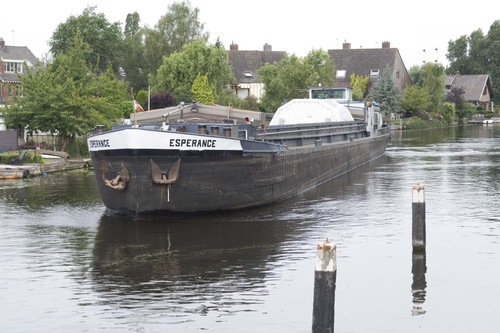
Bloggin' has been sparse these last few weeks, partially because of my latest dive into UGO development. Assuming you read OgleEarth and Google Earth Blog, you are pretty well covered on interesting news coming out these last few weeks. Just a few things worth (re)blogging:
- The Automated Transfer Vehicle (ATV) was transported from ESTEC to Kourou for launch to the ISS next year. There is a nice photo report at ESA, amongst which above photo. A Billion+ craft going through the Dutch canals ;)
- The first Metaverse Roadmap (MVR) is out. An inspiring read!
- NASA has now its own layer inside Google Earth. Still rather rudimentary, like the ESA layer, but a good start. (via Google LatLong blog)
- Barnabu blog posted two space related kml's showing the Moons and the planets in a solar system context (via GEB). Its latest addition, the Cosmic Microwave Background Radiation
- OgleEarth has been ogling Mars. And again. Looking at the word 'ogling' a couple of times, its about time to have a better understanding of what to ogle actually means. As a Dutchman I usually assume I have a comprehension of the English language, but most of the time I know I miss the subtleties of knowing the real English use of a term. For my own understanding, here is the Merrian-Webster dictionary explanation:
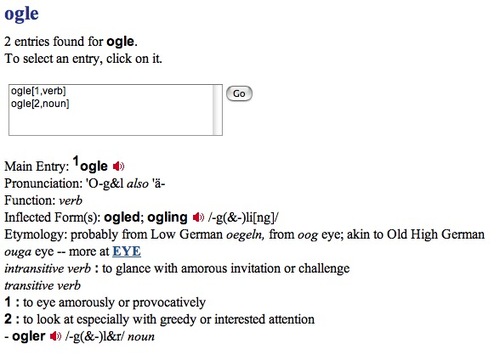
Aha! How about OgleMars.com Stefan? ;)
What's to come...
Posted on Tuesday, July 10, 2007
Going through my RSS feeds today, I found an interesting quote from Jessy Cowan-Sharp, technical platform manager for the Ames CoLab effort, about NASA's move into virtual worlds such as Second Life:
...virtual worlds are "the seed of something that's going to be one of the major transformational technologies of our species."I couldn't agree more. Read the whole story at SpaceDaily.
Happy Birthday Pathfinder
Posted on Wednesday, July 4, 2007
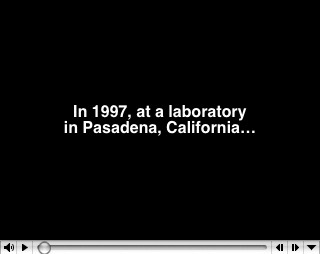
Wow, 10 years ago already. Almost forgot Mars Pathfinder landed on the 4th of July. Seeing the images over a 33k6 modem back then sure was a good inspiration while studying aerospace engineering. When I think of it, it actually got me into the direction which, 10 years later, resulted in the theme of this blog:
A blog about outer space, cyberspace, their common future, and all that is leading up to it...
Astronaut2.0
Posted on Friday, June 29, 2007
Here is a nice CNET article about the participatory exploration initiatives taking hold at Nasa Ames. Opening statement:
MOUNTAIN VIEW, Calif.--NASA astronauts "twittering" from the moon?
It's not such a far-fetched idea, considering the space agency's current push to partner with Web 2.0 companies like Twitter and save itself from turning into a dinosaur in the Internet age. Some executives at the struggling NASA believe that if the agency can adopt Web technologies like Twitter--a social network for broadcasting thoughts online or via text message--then kids and the general public will be more connected to space exploration and inspired to learn about science.
"How can NASA become hip?" NASA CoLab Project Manager Robert Schingler asked here Tuesday at NASA's Ames Research Center. "For me, it's allowing other individuals (and companies) to participate in the program."
Where does that leave the robotic exploration? I hope these satellites will be keeping a blog anytime soon ;) (earlier post).
The ISS from the ground
Posted on Thursday, June 28, 2007
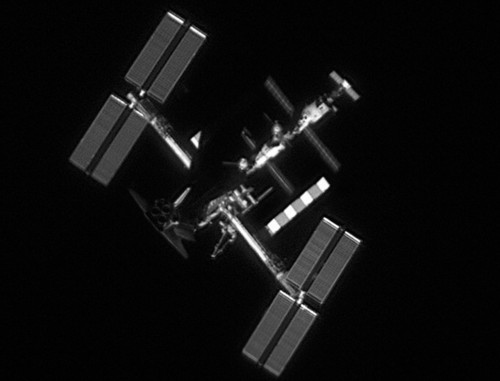
The Shuttle and ISS docked together as seen from 190 nautical miles (via NASA Watch)
Participatory Exploration
Posted on Monday, June 25, 2007
Just in:
- An article about Pete Worden's talk at the ISDC through Second Life
- NASA Ames to Host Summit of Technology and Communications Experts
ISS & Time...
Posted on Friday, June 15, 2007

Wow....!! What a rant following a story about the ISS almost becoming a robotic (ie no-humans-to-take-care-of-it-in-space) spacecraft (via NASA Watch).
NewSpace
Posted on Thursday, June 14, 2007
Slightly off topic, but an interesting discussion is taking place about the realism of NewSpace. For more, read the post and comments at this blog. Here is an interesting excerpt of a comment by original post author David S.F. Portree:
Part of my caution about NewSpace is based on my belief that it threatens to distract from serious space exploration. It could reinforce in people the notion that space is supposed to generate tangible, direct, monetary profits, when in fact it can’t really do that. I don’t want people to come to believe that, if space exploration doesn’t make money, then it’s not worth doing.:) pretty much to the point...I’ve talked with NewSpace people who say exactly that. Not top-level investors, but people on the periphery, like Keith. One person with whom I discussed all this told me that life on Mars didn’t matter unless it could generate profits. He mentioned selling martian life as food on Earth.
Hop aboard LCROSS
Posted on Wednesday, June 13, 2007
Following up on Pete Worden's talk through Second Life linked to below, here are two KQED videos I found (1, 2) which shed some light on the LCROSS mission to be launched October next year. According to Pete's remarks in the presentation, this is the mission which should allow people to virtually fly along to the Moon.
The first video is an animation which details the complete mission scenario, including the LRO mission scenario to be launched in parallel with the LCROSS spacecraft. What's interesting about the LCROSS mission scenario on first sight is that it includes an 80-day period in which it orbits the Earth at Moon's distance in order to synchronise its impact point on the Lunar surface at minimum fuel cost. Turns out this is very much the same as a mission I once worked on called LunarSat which used a Weak Stability Boundary orbit to do more or less the same (except for impacting). Would be cool to have the camera beaming down a continuous stream of Earth looking images during this period (like EarthViews was designed to do for LunarSat).
Taking Pete's talk into consideration, I am sure they are working on that right now, which makes me wonder through what interface they are planning to show these images? Seems to me a virtual globe like Google Earth is perfectly suited for this. You'd get something of a 'photosynth' of the Earth through robotic satellite means ;)
SimonPete Raymaker and other 2nd Life news
Posted on Monday, June 11, 2007
Coming back to Amsterdam after a long-deserved couple of days holiday at the beach in Knokke (.kmz), here is a brief overview of some interesting stories (IMHO):
- NASA Ames Director Pete Worden presents to the International Space Development Conference via Second Life. Now here is a retired US General who definitely gets it ;) A lot of interesting stuff is originating from Ames since he became center director (e.g. Google NASA partnership, NASA CoLab, Yuri's night @ Ames), and listening to this talk I am sure there is lots more coming!
- Following the Second Life meme, this is one of the most intruiging pieces of Second Life coverage I have seen sofar. Its the established political scene in Sweden getting introduced to a 21st century technology, including the cutting of a digital ribbon (well, sort of...;) OgleEarth has (a lot) more on the story (he was the cameraman).
- Something I noticed myself a week or so ago, and after reading this post, was reminded about it again: the stars seem to be moving in Google Earth. Is this the start of something new?
Light posting ahead
Posted on Saturday, May 12, 2007
Haven't been very active on this blog lately, which is mainly due to my full focus on the development of my UGO project, making me less susceptible to reading my section of the blogosphere on all the news coming out on a daily basis. I haven't finished my first build yet, so this light posting will likely continue for the coming days/weeks untill I finalise a first UGO app. In the meantime, some interesting developments worth noting:
- Search Engine Land (definitely a good read)
- a joke
- Anil Dash post
- News.com
And of course there is the news of a new WorldWind JAVA release.
Some other news items I found
Posted on Monday, May 7, 2007
Some other new items I came across these last few weeks:
- An update on the Google NASA colab
- An upcoming technology that might change how you view photos (check out this video, even if its only for the fine choice of Bach music)
- Mouse brain simulated on computer
Updated blog feed
Posted on Tuesday, May 1, 2007
Mmm, turns out I already had a FeedBurner account with several subscribed readers to this blog (re: earlier post). Strange how things like feeds can get this complicated...;) Anyway, to keep things organised I decided to delete the new account and merge its feed with the already existing one. For those of you who subscribed to the new one in recent weeks, please visit my blog's webpage and (re)-subscribe one more time to the FeedBurner link on the right.
To check if you have the correct feed, the correct FeedBurner account should now have the following URL: http://feeds.feedburner.com/tobedetermined (for Safari on OSX this should read: feed://feeds.feedburner.com/tobedetermined)
Thanx again...
Yuri's Night at Ames
Posted on Sunday, April 15, 2007
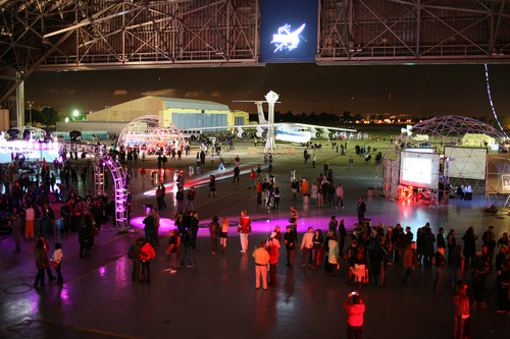
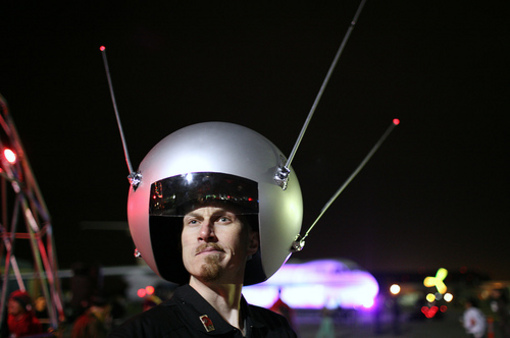
Couldn't find the party in 2nd Life, did catch a bit through a live stream though. Laughing Squid calls it:
...a really nice mix of space travel expo, Burning Man and Maker Faire at a venue that would be hard to top. I really hope there do it there again next year.
Now that sounds like fun. More images available at here. Nasa Watch (as always) has an interesting perspective on the broader context of Yuri's night at Ames, and how it could bring about change in the way space is presented to the public (focused on NASA but I guess this applies more or less world wide). He also serves up a brief Blogosphere roundup of the party.
Space xplo in virtual space
Posted on Sunday, April 1, 2007
NASA budgets for development of MMO & Worldspaceparty
Posted on Tuesday, March 27, 2007
Another example of 'NASA gets it...the others follow': NASA moving into virtual world development:
To successfully advance the Vision for Space Exploration (VSE), NASA is continually refocusing and streamlining its organization, realigning ongoing programs, and tapping the innovative talents of our nation. To accomplish the VSE goals of returning to the moon and going beyond to Mars, NASA must find ways to enhanced science, technology, engineering and mathematics (STEM) education. This intramural call for proposal ideas seeks to develop a persistent, online, synthetic environment that will support NASA's STEM education goals and allow millions more American to share in the experience of NASA science and exploration virtually.Read more about this particular solicitation (16-page pdf) at 3pointD.com (the call seems to have been postponed). Seems to follows neatly along the lines of a NASA activity that has already been going on for some time: NASA CoLab:
NASA CoLab is a Collaborative Space Exploration Lab being developed at NASA. CoLab will provide a framework for exciting partnership projects between the nation’s space program and the thriving technology-entrepreneurial community. In addition to the benefits to collaborating with intellectual assets of the technology business sector, the general public will benefit through various projects supporting the NASA’s goals. CoLab will feature a physical space in downtown San Francisco, a collaborative online space where scientists and engineers from NASA will collaborate with the entrepreneurial technology community, and a space in “Second Life”, a virtual learning community with interactive content.This also reminds me: forget Easter, its WorldSpaceParty time. Some of the people I met while over in Cupertino are taking part in the organisation of this once in a lifetime party commemorating the 50th anniversary of the Sputnik launch, while at the same time celebrating the annual Yuri's night which is held all over the globe. Located in a hanger on NASA Ames premises, the event includes amongst others a concert by Plaid (enough reason already to go over there) and also hosts several space art exhibitions. In case you can't make it over to California, there is always the opportunity to visit the party through your second life ;)
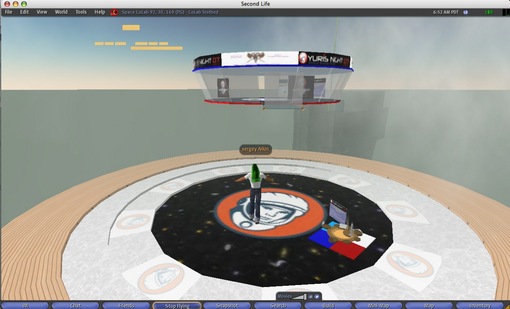
Click to enlarge
FeedBurner goes outer space...
Posted on Tuesday, March 27, 2007
Finally...where can I sign up for a feed from the Mars Exploration Rovers or, say, the International Space Station?
A couple of months ago I stumbled upon this ad by FeedBurner which I found kind of intruiging. Thinking about the convergence of user generated content, games like Spore, collective intelligence, NASA teaming up with Google, Google Earth becoming more mainstream, locative media art, blogjects, my project with Jeremy hight 'Floating points', The Internet of Things, advertisements 'in space' and satellites as blogging objects, it seemed they tapped into the right kind of nerve with this particular add. There won't be anybody blogging from Jupiter anytime soon, but considering that satellites have been blogging since the early days of Sputnik (audio), the idea of the blogosphere moving into outer space doesn't strike me as all too crazy (let alone the advertising dollars). The main question that strikes me is: what would somebody something near Jupiter blog about? Any thoughts?
(note: the above flash file was kindly provided to me by FeedBurner after some back and forth communication on my request to host the ad on my blog. Sofar, I haven't been able to make the click-through URL for this particular ad work, so in return I am happy to host their FeedBurner ads URL. Thanks Jessica.)
Mars flyovers
Posted on Saturday, March 17, 2007
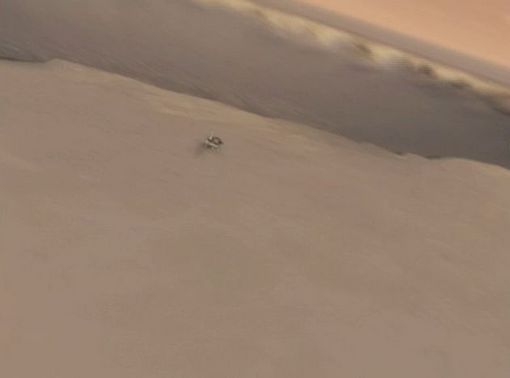
Two impressive Mars flyover videos were released last week by NASA, one for each of the two rovers Spirit and Opportunity (via Nasa Watch). If this technology is available on the MRO satellite, I wonder what is possible with this technology for Earth orbiting satellites.
The Earth pulse
Posted on Monday, March 5, 2007
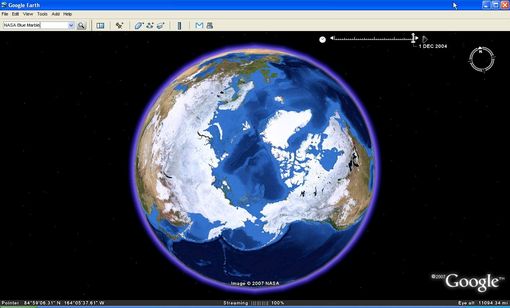
Its not my normal routine to blog about Google Earth kml files. For one because Google Earth Blog and OgleEarth do a much better job than I ever could, and (2) because there are so many being released these days that it is hard to keep up (don't want to end up in the categories section of the geographic web...and now with kml search, that's no longer needed anyway).
This one I have to blog though. Reading through the kml specifications, I came across this time-lapsed serie ![]() of NASA Blue Marble imagery. Still puzzling over the idea of 'pattern recognition' as prophetised by Jeff Hawkins of Numenta (previous tbd post ::: just found out they released their first release of the Numenta platform for Intelligent Computing (NuPIC)), this serie of images displaying the appearance of the Earth through 1 orbit around the Sun gives food for some good pattern recognition thought. See for example the pulsating ice sheet coverage as seen from the North Pole (image above). Its quite extraordinary that everybody running a computer and an internet connection these days can have a look at these out-of-this-world patterns. And this is only just the beginning. Anytime soon now, we can all have a go at making our own personalised 'unconvenient truth' documentary ;)
of NASA Blue Marble imagery. Still puzzling over the idea of 'pattern recognition' as prophetised by Jeff Hawkins of Numenta (previous tbd post ::: just found out they released their first release of the Numenta platform for Intelligent Computing (NuPIC)), this serie of images displaying the appearance of the Earth through 1 orbit around the Sun gives food for some good pattern recognition thought. See for example the pulsating ice sheet coverage as seen from the North Pole (image above). Its quite extraordinary that everybody running a computer and an internet connection these days can have a look at these out-of-this-world patterns. And this is only just the beginning. Anytime soon now, we can all have a go at making our own personalised 'unconvenient truth' documentary ;)
Uh, what's up doc?
Posted on Friday, March 2, 2007
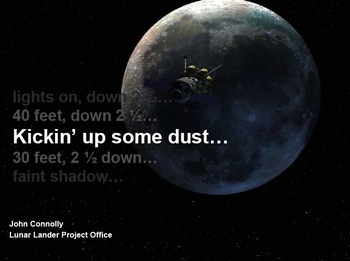
Nasa Watch has a link to a presentation by John Connelly (Lunar Lander Project Office) about the current status of the US plans to go back to the Moon. Brings back memories of Euromoon2000 (below), my initiation in the inner workings of the European Space Agency. Goes to show (again) that the right timing is an essential ingredient for success. Wubbo Ockels's vision was right on the money, just about a decade early...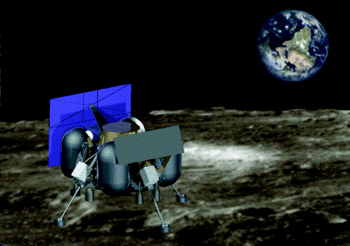
KML search capability: hurricane+katrina
Posted on Tuesday, February 20, 2007
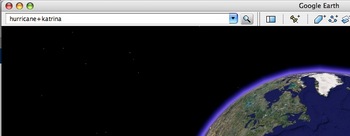
Click to enlarge
OgleEarth and Directions Magazine have the news of a KML search capability recently announced by Google on their maps API blog.
Leaving the discussion on the licensing of Google Earth @ work for a moment, here is an intruiging thought I like from Allen Doyle discussing the release:
But, hey! It's a start. The buzz is there. It's easy to post KML files. How hard would it be to post the entire metadata holdings of a large geospatial data provider like NASA or NOAA in KML? I bet a service like GCMD could post theirs in a week. At Where 2.0, we could be watching demos of Google Earth finding, and displaying, realtime remote sensing data.Makes me wonder what an HTM would have to say about the patterns?
Btw, below is what Google Earth now comes up with searching for 'hurricane+katrina'. Fairfield Inn by Marriot? Not exactly what I was looking for...although...mmm, maybe...if it were realtime data ;)
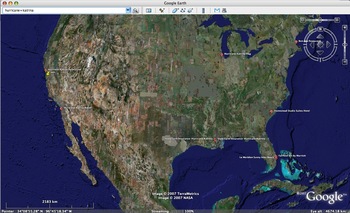
Click to enlarge
Mars rovers on Earth
Posted on Tuesday, February 20, 2007
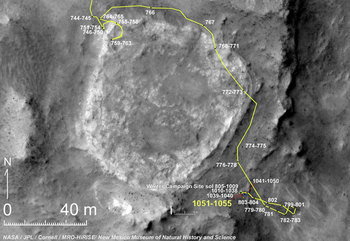
Click to enlarge
Thinking about a project by c5 I read about in Jeremy Hight's text on Floating Points:
Now groups such as the C5 collective are doing work such as the GPS mapping of the entire great wall of china and then placing the coordinates in another location. This type of work creates a layered commentary and plays with form and semiotics as well as referencing the Situationists who developed absurd commentaries like a walk through the streets of Paris following a map of another city.
I had an idea: lets digitally translate the trajectories of the 2 Mars rovers to a suitable location on (Google) Earth.
The Space Economy
Posted on Friday, February 9, 2007
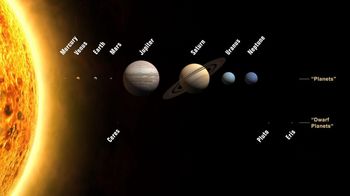
Click to enlarge
How to market a +30 year product/programme like the US Vision for Space Exploration (VSE)? Luckily for us some folks over at NASA are thinking about it:
“As I see it, questions about the Vision boil down to whether we want to incorporate the Solar System in our economic sphere, or not. …The ultimate goal is not to impress others, or merely to explore our planetary system, but to use accessible space for the benefit of humankind.”
Dr. John Marburger
The President’s Science Advisor
Speech to the 44th Robert H. Goddard Memorial Symposium
March 15, 2006
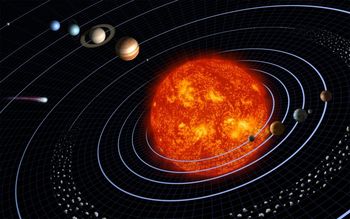
Click to enlarge
Space & the Internet
Posted on Sunday, January 28, 2007
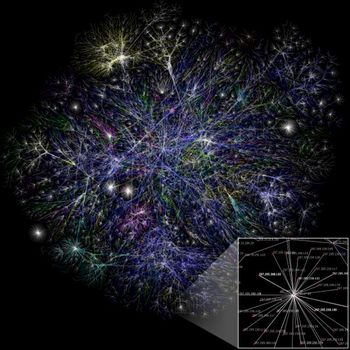
NASA Administrator Michael Griffin is picking up steam in his speeches he is delivering all around the US and abroad on NASA's plans for the future. Here are two of his recent talks, one in Houston Texas, and one at the World Economic Forum in Davos, Switserland. In the latter, I found a quote which resonates with a topic I am starting to get more and more curious about:
I am sure that many of you would agree with me that the greatest revolution in our productivity and way of life has been the development of the personal computer, internet and various handheld communication devices. Thirty-five years ago, engineers like me used three pieces of wood and a piece of plastic that moved -- the slide rule -- to make calculations. Thirty years ago, 1,000 transistors could fit on a silicon chip; today, it's 100 million. The cost of such chips has dropped by a factor of 100,000. Few people know that the development of the first microprocessors was born of a competition between Fairchild and Intel in the 1960s, to build components small enough to fit in NASA spacecraft. This straightforward NASA technical requirement spawned a whole new industry that grew in ways few, except perhaps Gordon Moore, could predict. Necessity is the mother of invention, and I believe that we are at our most creative when we embark on bold ventures like the space program.
The main point here is the relationship between the space endevour and the origins of the chip industry. With this year's 50th anniversary of the first satellite in orbit (Sputnik), it seems the most influential societal outcome of space exploration sofar has been the rise of the computer. I more and more like the term 'emerging technologies' in this respect. On a side note, the launch of Sputnik also stirred the creation of the US 'Advanced Research Project Agency (ARPA)', which later during the Apollo days set up the precursor of the Internet known as ARPANET. I am interested to find out if there has been some more indepth study into this relationship.
Gibson on space travel
Posted on Thursday, January 25, 2007
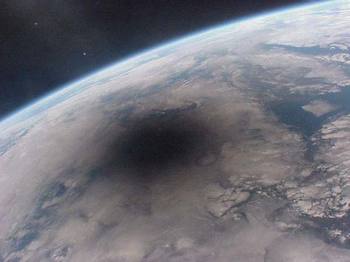
If the ideas of contemporary science fiction writers is anything to go by, here is an interesting interview with William Gibson from back in 1999, where amongst other things, he says the following:
While we were dreaming about spreading our chromosomes, the species was spinning this prosthetic nervous system for itself, and that's what's driving social change now. It's not legislation, it's not population pressures. Where we're going is the result of emerging technologies, and that's terribly rich ground for a science fiction writer.The above image of a Solar eclipse as seen from space is one of the last images made from the MIR station before it was brought down in 2001. In the interview, Gibson specifically refers to it, saying:
I was really deeply moved by one of the last photographs to come out of that station, an image of the Earth seen during the solar eclipse. I thought to myself, "we've never had that camera angle before.
Btw, if the space.com website is any hint at what the main internet portal to outer space will be like (its one of the more popular space related websites at the moment I believe), there is still lots of work to be done...the design is just...well...terrible...!
Highly relevant ads
Posted on Sunday, January 21, 2007
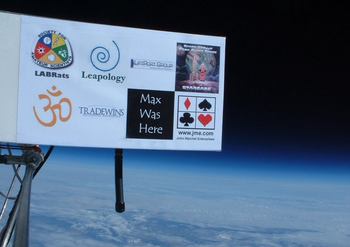
Click to enlarge
Following news on Google's possible acquirement of an in-game advertising firm (first read on OgleEarth), I finally found a reason to upload this image on advertisements in space...When will Google's next ad frontier (WSJ subscription) coincide with the final frontier, either real or virtual? Is there really anything against serving highly relevant ads once people start returning to the Moon? And would it be able to support some good space exploration initiatives? Or even better, some new Earth Observation missions following the warning from the US National Academy of Sciences that the US is underfunding its EO capabilities in the years to come (WSJ editorial: blinding ourselves in space). Its basically in our own interest to have these missions, so why not fund them through Google Adsense...
10 years later: MRO pinpoints Mars Pathfinder
Posted on Friday, January 12, 2007
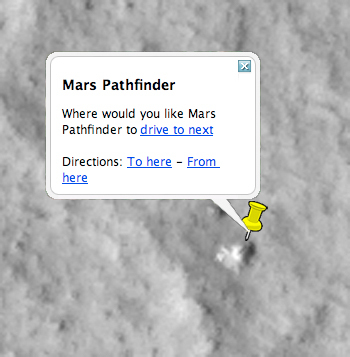
NASA's Mars Pathfinder landed on Mars on July 4, 1997. Just under 10 years later, Mars Reconnaissance Orbiter (MRO) returns to what I recall as the web1.0 highlight of the ongoing merger between outer space and cyberspace. With its Google Earth look-from-above feel, I can hardly wait till this image is Mars-referenced available in Google Mars. More images and stories available at NASA's Mars Pathfinder Landing Site and Surroundings.
click to enlarge
Google's Earth anno 2007
Posted on Friday, January 12, 2007
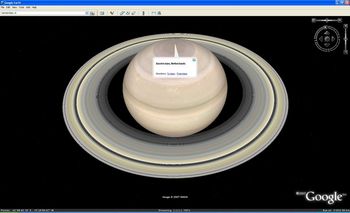
Click to enlarge
Mmm, seems global warming really started kicking in last year (via GEB).
tobedetermined finds...
Posted on Monday, January 8, 2007
- Just in: Google teams up with a large group of universities, research institutions and private companies to become the archival experts for the Large Synoptic Survey Telescope (via OgleEarth). Makes sense to me ;)
- Backlog: OgleEarth shares some interesting reflections in this post on the possibilities following December's collaboration announcement between Google and NASA.
- This year is the 50th anniversary of the launch of the first articificial satellite Sputnik in October 4th 1957 (Listen to the sound of Sputnik as it passed over in those days). This weekend's M special of the Dutch newspaper NRC handelsblad is all about the Internet. Their introduction (my translation):
1 billion Earthlings connected to the Internet
50 years ago the Russians launched their Sputnik. The Americans got scared shitless and developed an invulnerable military information network which saw the birth of the Internet. Today, the net belongs to the massess. - ESA news: First 3D map of the Universe's dark matter scaffolding
- Google Earth Blog has the story of a French company Pict'Earth offering a remote control plane with camera capturing realtime images for Google Earth. OgleEarth picked up the story and expands on it
- Webcasts are available from the 2nd Space Exploration Conference in Houston 4-6 December last year. Unfortunately they're coded in Realplayer, so no offline viewing/listening
Navigating outer space
Posted on Friday, January 5, 2007
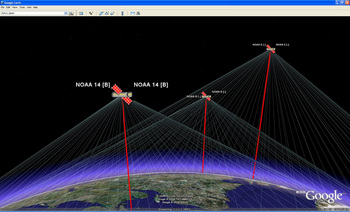
Click to enlarge
Update monday 8 January: I have edited most of below text yesterday after originally posting it on saturday evening. Reading through it again, I noticed how it touches upon a relevant aspect for me of the mediation of outer space through cyberspace: the interface to the planets and 3 dimensional outer space. This post might well be the start of a longer text on this topic.
As you probably noticed, I've been mostly away from the blogosphere the last 2 weeks, spending some enjoyable 1st life here in Amsterdam. As a result, I am now looking at a backlog of ideas, thoughts and interesting stuff out on the web related to this blog's topic which I hope to post about in the coming days & weeks (and a happy new year to all of you of course!). First on my list:
The SpaceNavigator™
I received mine from Germany earlier this week and it turned out even better than I expected. It really is an excellent tool for flying around and 'travelling' in Google Earth. For more indepth reviews of the device, see OgleEarth and GEB.
Using it brings back memories of when I was studying in Delft. It must have been around 1995 when I took a course in 3D modeling and virtual reality. At the time, I was heavily into all things cinema and especially Andrei Tarkovsky, so as part of the VR course I set out to model the cathedral from the final scene of his movie 'Nostalgia'...it was only a test case, and I unfortunately never finished it (the course was over before I could), but during the course I got my first flying lessons in virtual spaceland using one of these nifty interfaces (at that time they were called space mouse). I remember the pleasure of navigating with 6 degrees of freedom through 3 dimensional space, flying through my half finished cathedral. Using the SpaceNavigator now allows me to do (almost) the same stunts in Google Earth. Its a bit like I imagine real life cessna flying could be like if you do not live right under the ![]() airspace of one of Europe's major airports Schiphol.
airspace of one of Europe's major airports Schiphol.
The biggest surprise after firing up Google Earth with my new SpaceNavigator came from the possibility to look up, to look at the stars, away from the Earth, something which with normal keyboard navigation I never managed to do. Suddenly Google Space starts to make a lot more practical sense. Its like what Micheal T Jones (Google Earth CTO) talked about in his Google Earth talk a year ago, where he, refering to work by Tjalling Koopmans, discusses how we as humans are shaped by our tools (as in 'the medium is the message' by Marshall McLuhan).
Below image is one such example of a Google Earth view I never managed to get before my SpaceNavigator arrived (the Earth is somewhere below the screen). And I like the way Windows confirms plugging in my SpaceNavigator with "Found new hardware: USB human interface device" ;)).
Having been stuck with the Earth-centric view in all of todays digital globes out there (and/or Moon/Mars centric in the case of WorldWind), the opportunity to look away made me wish for more. I for one would like to navigate through outer space in Google Earth, to turn around and head for the Moon. Sofar, releasing my SpaceNavigator makes me instantly flip back to the Earth, as if my sticky eyeballs are glued to it.
I have seen navigating through 3 dimensional 'outer space' in Celestia, an open-source 3 dimensional space simulation available for free on the web. During the holidays, I played around with it again after seeing it on a big screen at the NASA Ames exploration Center last November where it was used to explain to the audience about the solar system and beyond. The interface is somewhat different from Google Earth and the others, but once you get the hang of it, its really enjoyable to navigate through the Solar System, have a close up view of the Jupiter moon system, take a warp drive outside our own galaxy and safely return back to our 'default' Earth.
tobecontinued...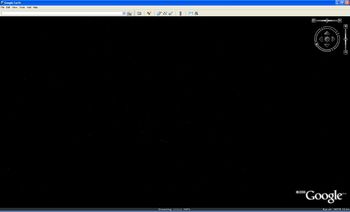
Click to enlarge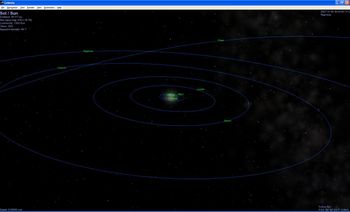
Click to enlarge
Outer space in Second Lie Life
Posted on Sunday, December 24, 2006
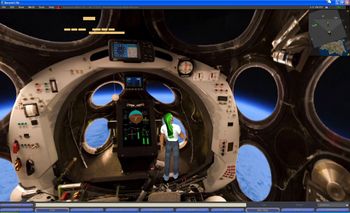
Click to enlarge
With the holidays and all, I had some time to spent looking for the International Space Museum (ISM) in Second Life. After having to complete the first test level (grrr), taking me more than an hour, I finally was allowed on the real playing field. Turned out the testing in the beginning was actually quite handy, cause I knew immediately how to get to the ISM as fast as possible...just type it in and search...boom....teleported and dazzled, I was throw out into the ISM piece of land...
btw, how you like my green hair? ;-) 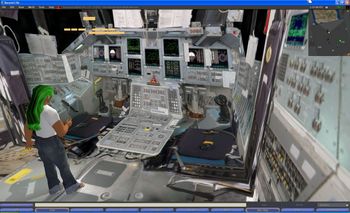
Click to enlarge
Natural bridge on Mars
Posted on Saturday, December 23, 2006
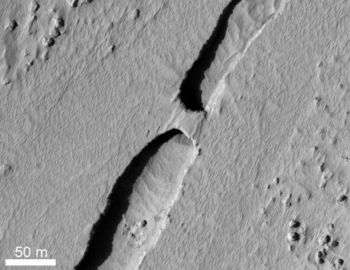
MRO continues to inspire (via Beyond the Beyond).
NASA Google media briefing today
Posted on Monday, December 18, 2006
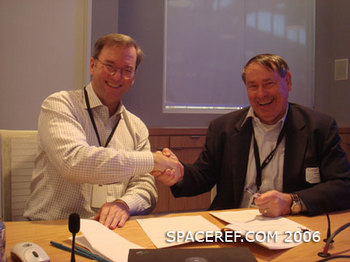
Update 01:43 CET: News is out. Here is Google news' listing of websites (178 and rising) describing the press release and media briefing. The two core Google Earth blogs OgleEarth and Google Earth Blog provide further insight. I'll try to put some thoughts on paper myself when I find the time (oh, and the image of Eric Schmidt (left) and Pete Worden (right) is courtesy of SpaceRef...in case you hadn't noticed).
Update 18:24 CET: NASA Ames has just issued a press release providing more details on the NASA Google collaboration (via Google Blogoscoped)
Today is the day of the media briefing at NASA Ames. It has been nice to see news about last friday's event and today's media briefing spread around the Internet, starting with the original post on NASA Watch. More when it comes in...here is a good start <-- update: this website (googlenasa.com) was taken down on monday after having been slashdotted and Chris C. Kemp responding to a request from Google to take it offline
Extra spacewalk for Christer Fuglesang
Posted on Sunday, December 17, 2006
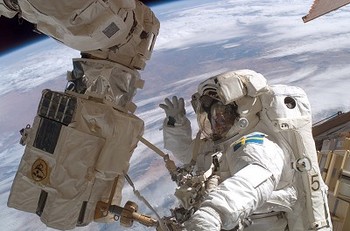
ESA has the news of a new spacewalk for ESA astronaut Christer Fuglesang, tonight at 19:47 CET. Follow it live via NASA TV.
Zooming out in Google Earth
Posted on Saturday, December 16, 2006
' 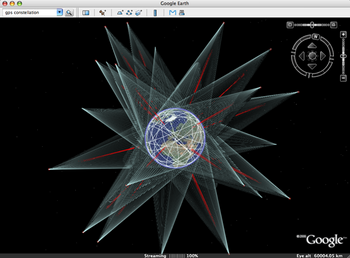
How long before Google Earth levels (and surpasses?) STK, the arcGIS of space...?
Above image is a screendump of one of the ![]() beautiful layers provided by Google Earth Community (GEC) member Paul Seabury (via Google Earth Blog). This
beautiful layers provided by Google Earth Community (GEC) member Paul Seabury (via Google Earth Blog). This ![]() particular one shows the GPS constellation in orbit around the Earth, together with a footprint of each individual satellite. Which reminds me of an earlier mash-up thought experiment I did by superimposing a Google Earth screendump with an image of the NASA J-Track 3D Java applet (see below). To get a feel of what that could be like, see instructions on the J-Track 3D opening page, click individual satellites to highlight their orbits, and drag the viewpoint around. Its a very light application and the combination of zooming and tilting the scene really 'gives handles' to the Geostationary orbit.
particular one shows the GPS constellation in orbit around the Earth, together with a footprint of each individual satellite. Which reminds me of an earlier mash-up thought experiment I did by superimposing a Google Earth screendump with an image of the NASA J-Track 3D Java applet (see below). To get a feel of what that could be like, see instructions on the J-Track 3D opening page, click individual satellites to highlight their orbits, and drag the viewpoint around. Its a very light application and the combination of zooming and tilting the scene really 'gives handles' to the Geostationary orbit.
Its a limitation of Google Earth I regularly run into: the limitation in the ability to zoom out. Currently, the furthest one can zoom out is to 'eye altitude 62355.98 km' (how does that work again?), not even enough to view the complete Geostationary ring, as is apparent in below image of ![]() Paul's Geostationary satellites layer (note zoom level of the two images is nearly identical).
Paul's Geostationary satellites layer (note zoom level of the two images is nearly identical).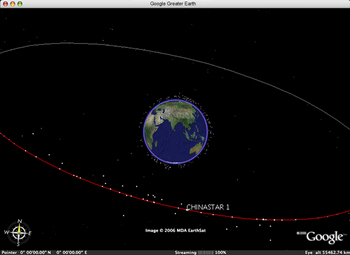
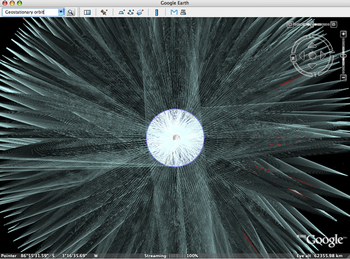
NASA-Google collaboration kick-off event
Posted on Thursday, December 14, 2006
Update2: Ames issued a release on friday announcing a media briefing this monday to discuss the NASA-Google Agreement.
Update: SpaceRef has the story that the joint announcement on collaboration which was to happen at the kick-off event is delayed...
A NASA-Google collaboration kick-off event is being organised at NASA Ames tomorrow today (Friday 15th) (Ames/Google personnel only it seems, more at NASA Watch, OgleEarth and more). Too bad I had to go back to Europe last week. Good luck Chris!
Opportunity has left the rim...
Posted on Wednesday, December 13, 2006
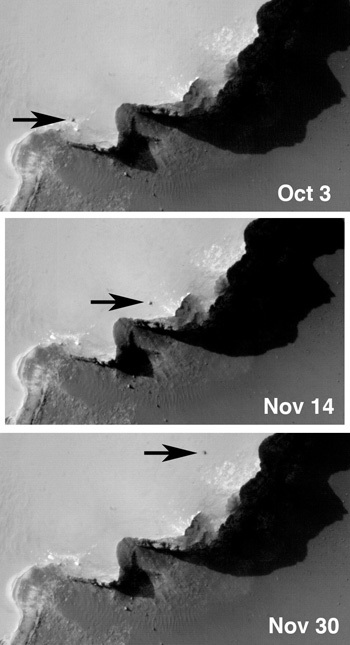
The Mars Reconnaissance Orbiter (MRO) keeps an eye out on the Mars Exploration Rovers as they scout the red planet. It has also found the landing sites of the two 1976 Viking Landers (more at NASA).
Big Brother ISS
Posted on Tuesday, December 12, 2006
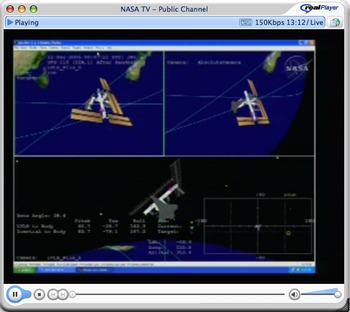
Just tuned into NASA TV (back after a couple of days offline illness), just in time for the live coverage of the hatch opening of the Space Shuttle Discovery to the International Space Station...'hatch opening...5:54 central time...6:54 Eastern' speaks the voice over...watching the two crews welcome eachother, and seeing the inside (and outside) of the space station from different camera positions, I start to wonder where I saw this before...
Its an expensive one, but its Big Brother allright...and quite an interesting one too...the only thing missing is the audio...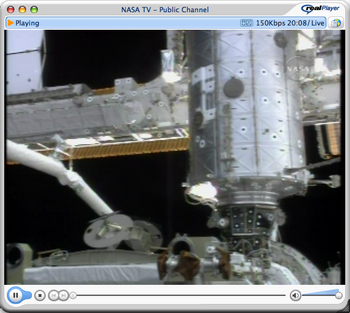
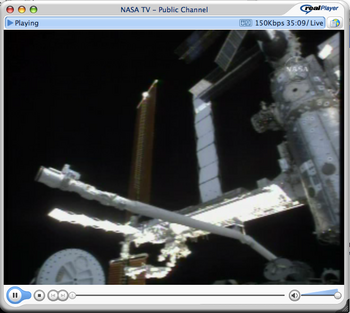
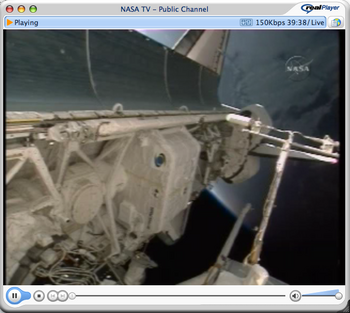
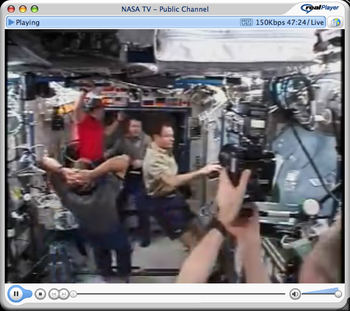
AIAA Space Exploration Conference
Posted on Tuesday, December 5, 2006
...started today in Houston. Read up-to-date blogging news from the conference at NASA Watch. One of the interesting comments sofar:
Replacement for TDRSS - and development of a comm system around the moon and then at Mars.
Virtual space exploration update
Posted on Saturday, December 2, 2006
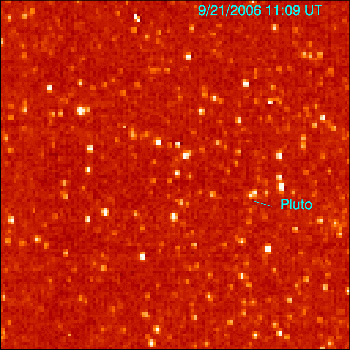
Seen at a distance of 4.2 billion kilometers, NASA's New Horizons mission captured a glimpse of its final target Pluto late September. Last week, NASA's Mars Reconnaissance Orbiter (MRO) mission located the landing site of the Mars Exploration Rover Opportunity (via Nasa Watch). By now, MRO's HiRISE team is flooding Mars images over the Internet.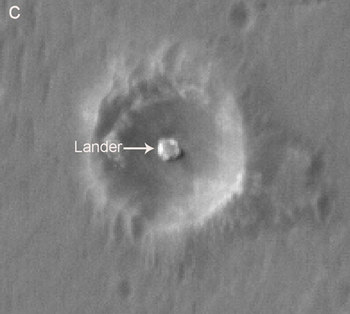
NASA moves into virtual worlds
Posted on Thursday, November 23, 2006

NASA is planning on building a virtual world for training and educational purposes. Its slashdotted here, which made it go around the world, like here at HighEarthOrbit, SlashGeo, Second Life News Network (SLNN) and KnowproSE. Daniel Laughlin, a project manager at NASA's Learning Technologies Office recently gave a presentation about it at the International Spaceflight Museum in Second Life (via OgleEarth). Here are some flickr images of the Museum.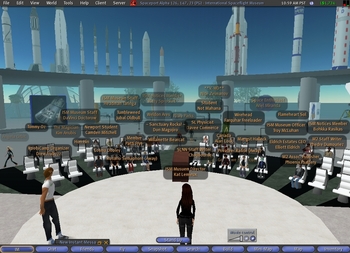
Here's looking at you kid...
Posted on Sunday, October 8, 2006
NASA's Mars Reconnaisance Orbiter is looking down at the rover 'Opportunity'...More on these amazing images at NASA JPL and BBC.
War visible from Space
Posted on Wednesday, October 4, 2006
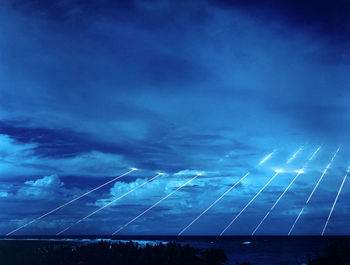
The 2-week visit of Anousheh Ansari to the ISS was definitely one of the more interesting events in space lately. Her Space blog gives a very open, personal and compassionate insight into the daily activities during her trip, from the very good (first view of Earth from space) to the rather bad (space sickness and nowhere to go...). In a related article on spacedaily, this quote caught my attention:
"According to one of her fellow space travellers, Israel's four-week bombardment of Lebanon was visible to "the naked eye" from space."
Mmm...makes you wonder what you'll think when you see these little light flashes down there on the ground...Which brings me to the intruiging photo depicted here above.
Working on a concept for new re-entry technology demonstration mission for ESA (which if launched will use a recoverted USSR nuclear missile SS-18-N (aka VOLNA), I get introduced to quite some spectacular
Solid Rocket Booster Camera
Posted on Sunday, October 1, 2006
This image is taken from a brilliant movie that I recently found as a podcast on the NASA shuttle and Space Station page. It shows the journey of one of the two white solid rocket boosters which are strapped to the Shuttle to provide the main thrust during the first part of the ascent. After jettisoning, the 2 empty rocket shells fall back to Earth and land in the ocean, where they are picked up for refurbishment and re-use. When you play the movie, put your audio levels up...
The future is process, not a destination
Bruce Sterling
Everything is ultimately becoming information technology
Ray Kurzweil
Data is the Intel inside
Tim O'Reilly
There is only one machine and the web is its OS
Kevin Kelly
The medium is the message
Marshall McLuhan


